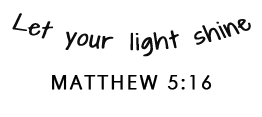CURRICULUM NEWSLETTER SUMMER 2
QUIZ ME QUESTIONS SUMMER 2
CURRICULUM NEWSLETTER SUMMER 1
QUIZ ME QUESTIONS SUMMER 1
CURRICULUM NEWSLETTER SPRING 2
QUIZ ME QUESTIONS SPRING 2
CURRICULUM NEWSLETTER SPRING 1
QUIZ ME QUESTIONS SPRING 1
CURRICULUM NEWSLETTER AUTUMN 2
QUIZ ME QUESTIONS AUTUMN 2
CURRICULUM NEWSLETTER AUTUMN 1
QUIZ ME QUESTIONS AUTUMN 1
Threlkeld Quarry and Mining Museum
As part of our History and Science work we went to Threlkeld Quarry and Mining Museum. We learnt all about how the railways developed in order to transport the stone away from the quarry. We had a ride on a train pulled by an old diesel engine and got to have a look at the steam engine.



In the museum we were able to see what rocks are local to area and how they are used.



Finally we had a go at panning for minerals. This was everyone's favourite activity.






Maths - Fractions
We have been working on finding fractions of amounts. We used the counters and applied our division knowledge by dividing by the denominator.


Computing - Scratch
In Year3 we have been working on scratch. We have used codes to program 3 different sprites to move on and we have also learnt how to change the backdrop, add costumes and create a sequence of movements. Next we are going to be working on coding an instrument sprite to perform a musical sequence.


Science - Rocks
In Year 3 we have started to learn about rocks.
We began our learning with a walk around the village to see if we could see how different rocks are used in the environment. We found and identified sandstone, limestone, marble and slate, as well as some man made rocks. We noticed while in the graveyard that some of the sandstone and limestone gravestones had signs of being worn away, whereas the marble ones looked as good as new.





Next we were challenged with finding out which type of rock would be best to use as a roof tile. We set up an investigation to test how permeable different rocks were. We were really shocked to see how quickly the chalk absorbed the water. At the end of our investigation, we decided that we would use slate as a roof tile as it was the least permeable.





Art - Sculpture and 3D Abstract Shapes
Year 3 have enjoyed learning about famous sculptors Anthony Caro and Ruth Asawa. We have found out that sculpture can be lots of different things and sometimes people can even interact with sculptures; playing on them and making parts move. We have learnt about figurative sculptures where it is meant to look exactly like something, and abstract sculpture when it is open to personal interpretation.
We explored different ways of making 2D shapes into 3D shapes, and the techniques we could use to join them together like using slots and making tabs. We also looked at positive space, which is the space on surfaces, and the negative space, which is the space created between shapes and objects. After lots of trying things out we then designed our own sculpture, created it, and then thought about how we could evaluate and improve our work by adding colour or texture. We discovered that it could quite tricky to make the design we had drawn in 3D into 3D, but we persevered and tried to solve problems when things went wrong.








We were all really proud of our finished work.







British Science Week
For British Science Week we took part in a whole school investigation to find out which biscuit was the best dunker. First we carried out a fair test to dunk each biscuit in the same temperature of water to see how many times it could be dunked before it broke. After much dunking of various different biscuits, we found that the Rich Tea biscuit could be dunked the most times.





We also enjoyed doing the Curly Wurly challenge - How far can you stretch a Curly Wurly in 3 mintues?
The winning team managed to stretch their Curly Wurly to an impressive 80cm! Their winning strategy was to break off all the chocolate so they could focus on stretching out the caramel.
World Poetry Day
On World Poetry Day we looked at writing poems using figurative language. We have also been learning about the word figurative in our Art work on sculpture.
We created similes, turned them into metaphors, then added detail to give a clearer description. Finally, we combined some of our ideas to make a class poem. We hope you enjoy it.
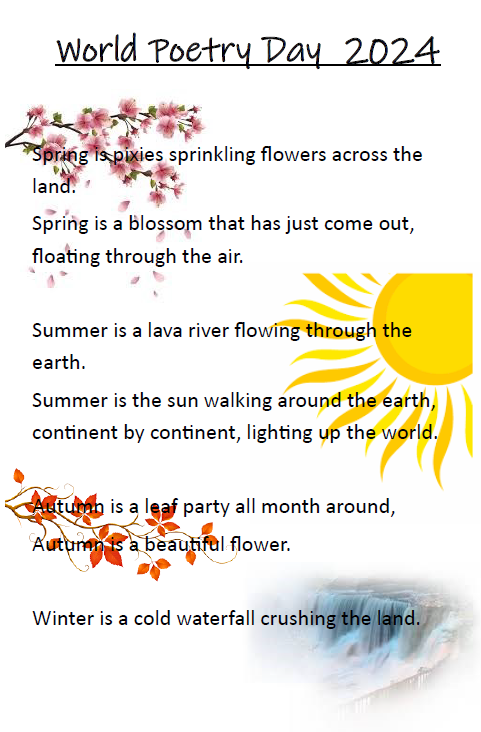
Science - Staying Healthy
In Science we have been learning about what animals and humans need to stay healthy. First, we learnt all about our skeleton and we had a visit from a radiographer to explain how they take an X-ray to see if bones are broken. Next, we learnt about our muscles. We made a model of the arm using cardboard and split pins so that we could explain how our biceps and triceps work in pairs.
We have also been looking at the main food groups and finding out what nutrients they provide our bodies with. We enjoyed taking part in a workshop with Lisa from Phunky Foods to create a healthy rainbow salad. We also added some potatoes so that we also had some carbohydrates.
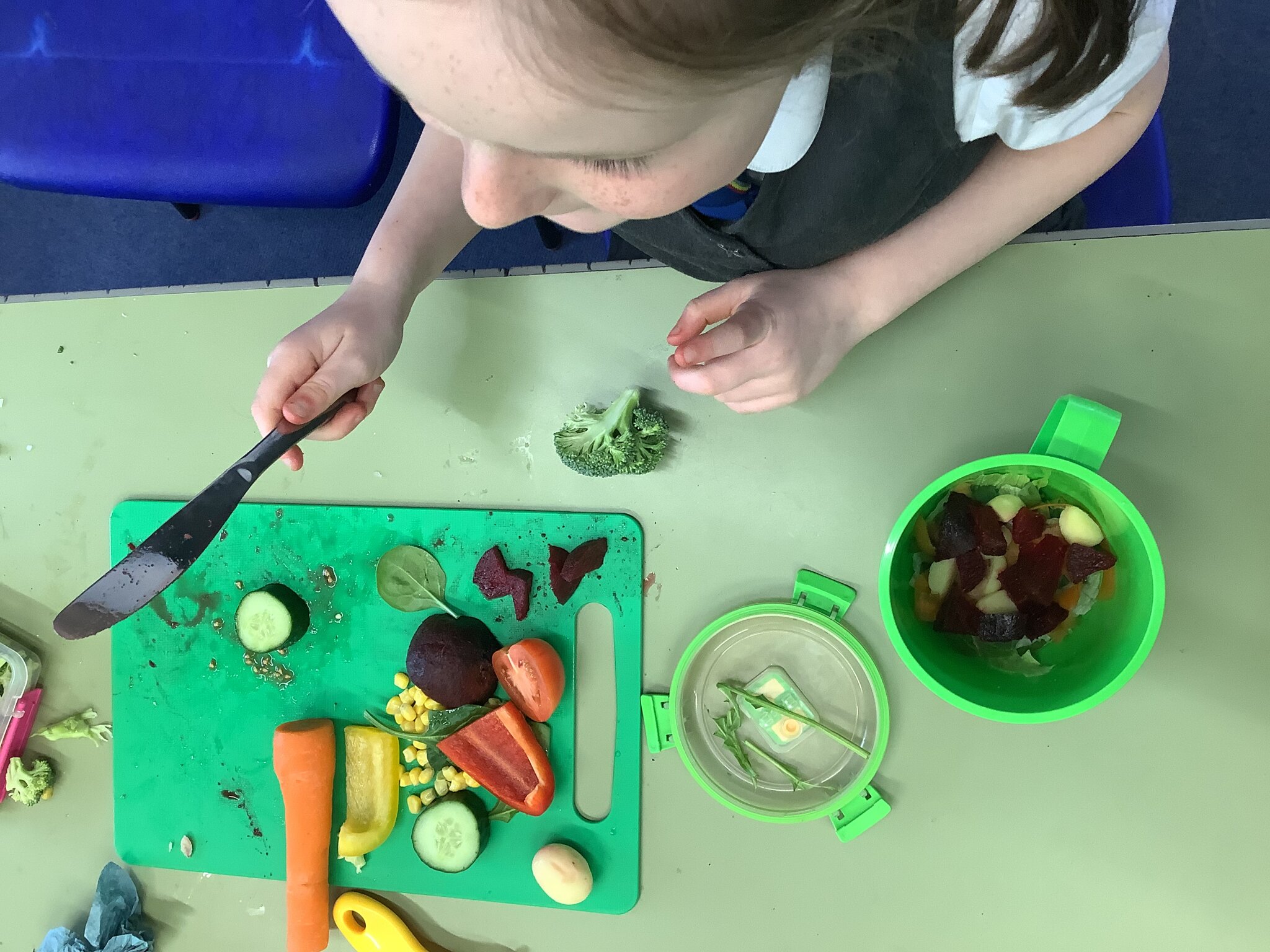
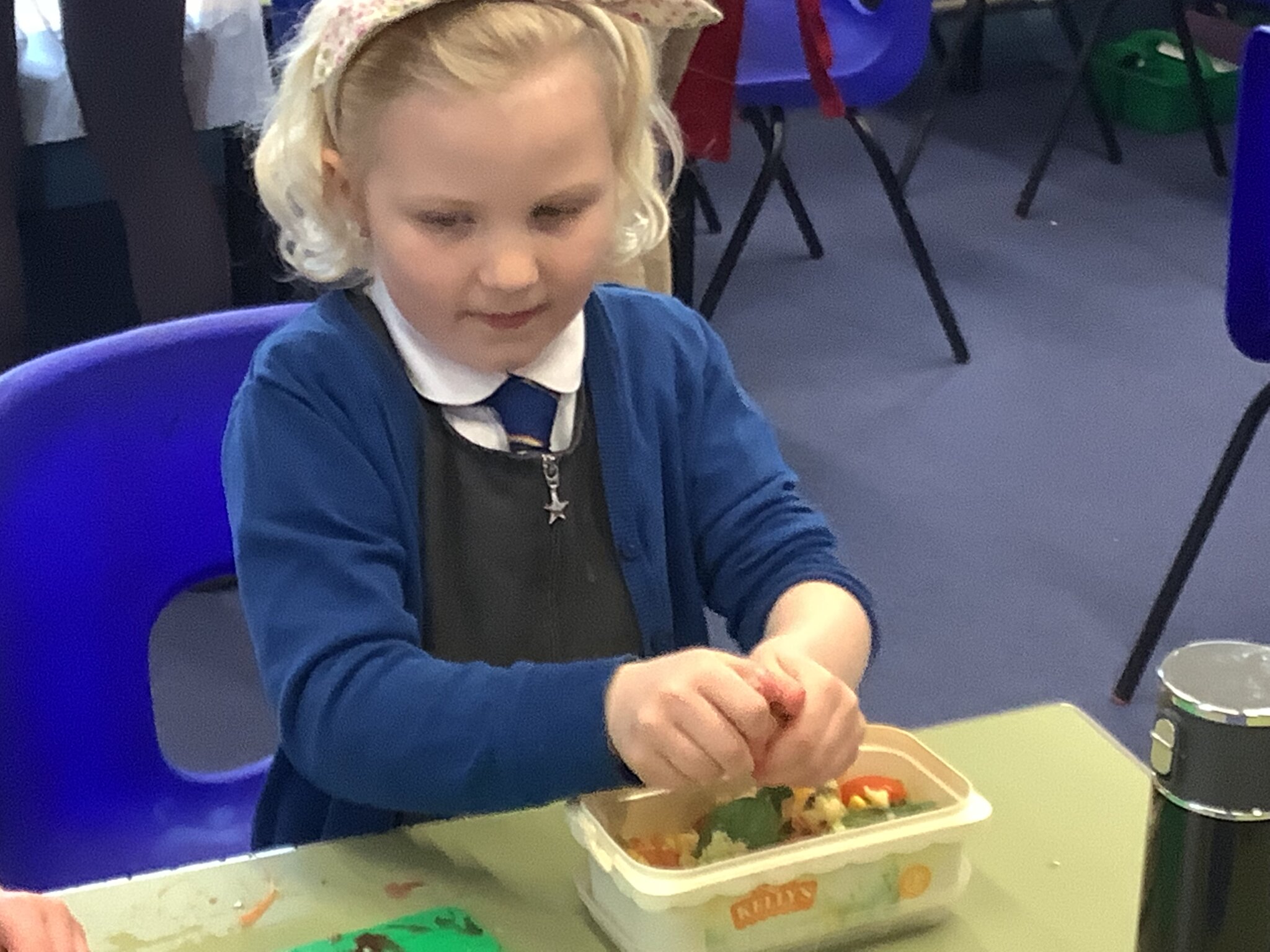
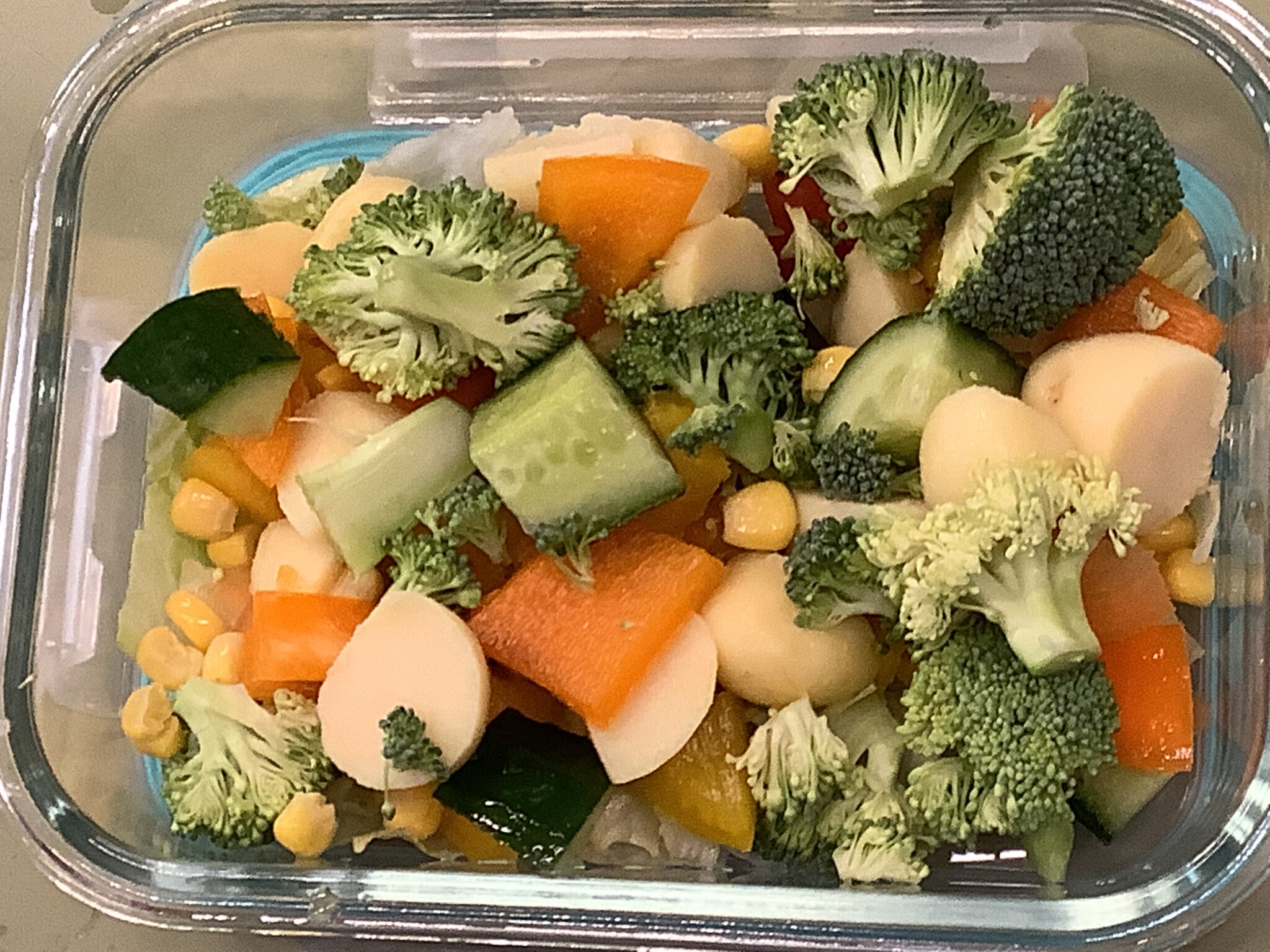
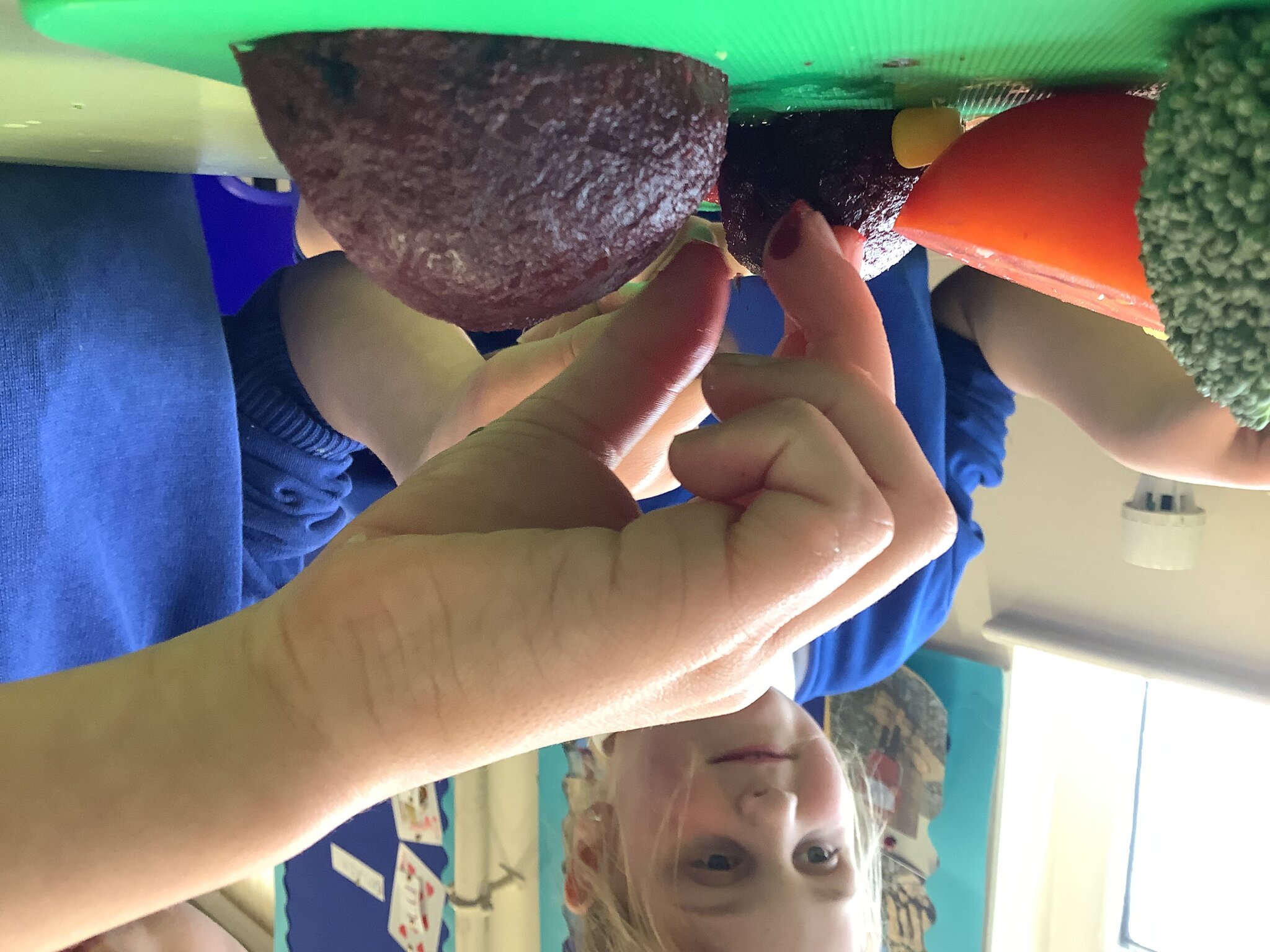
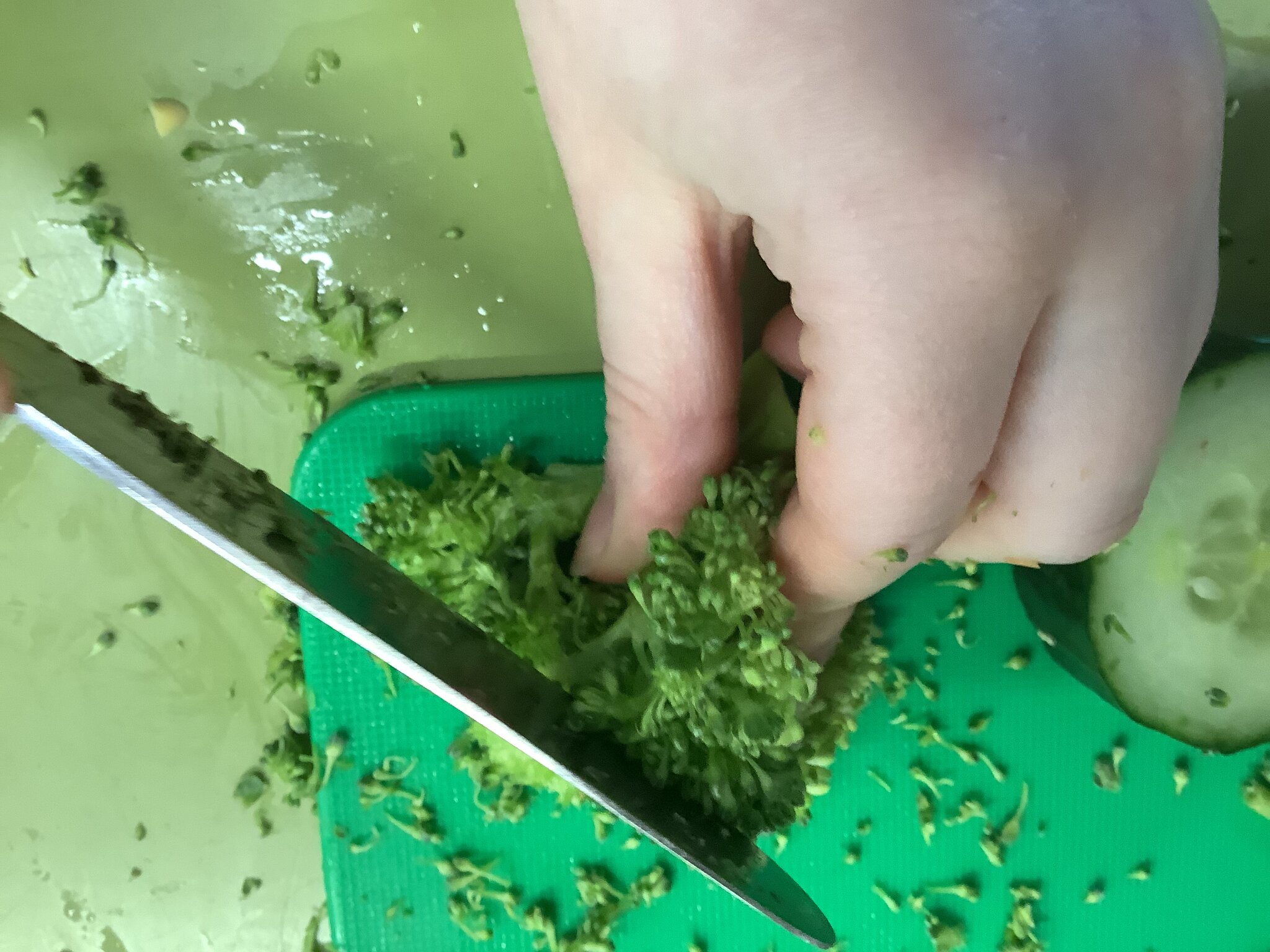
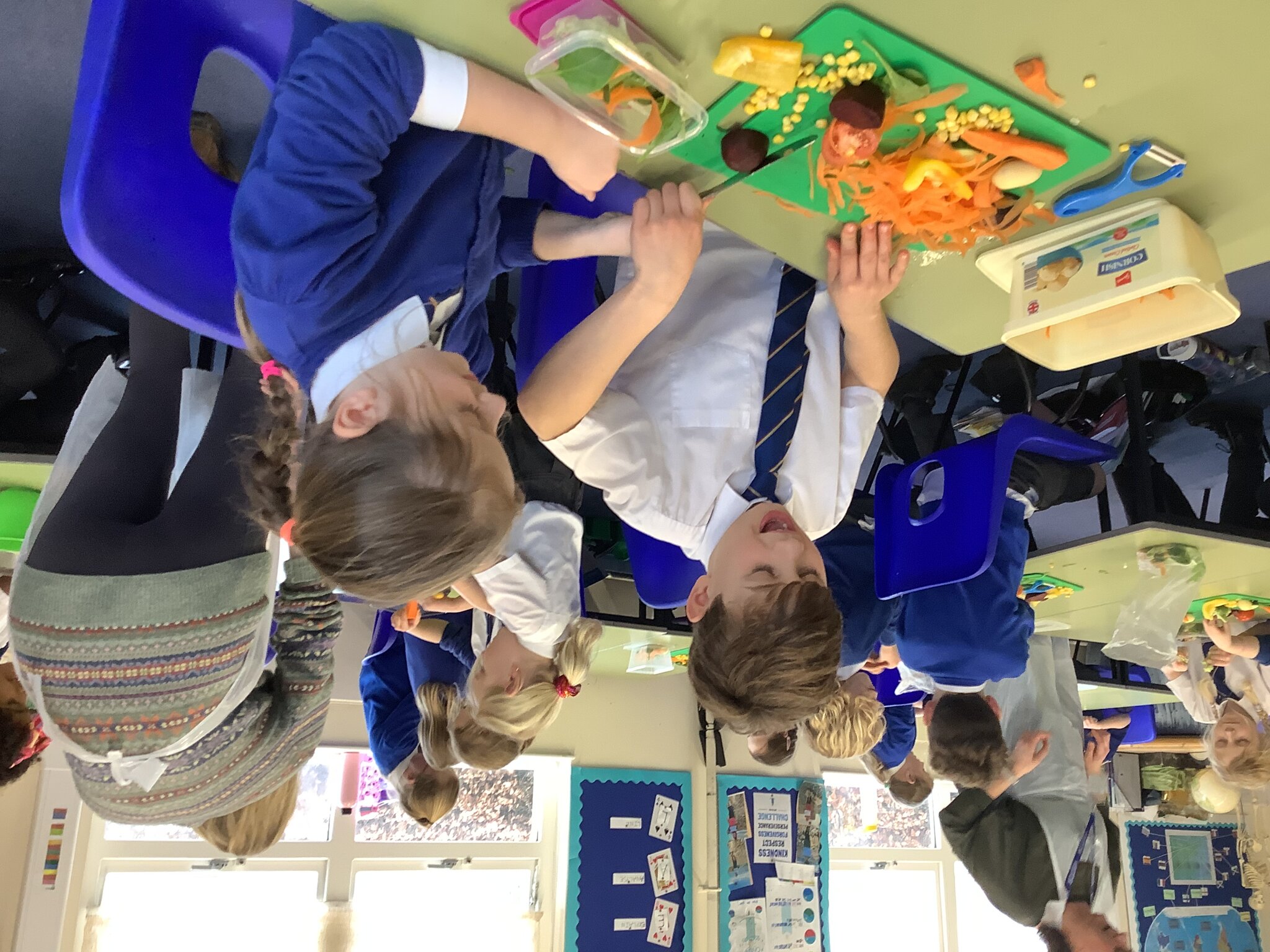
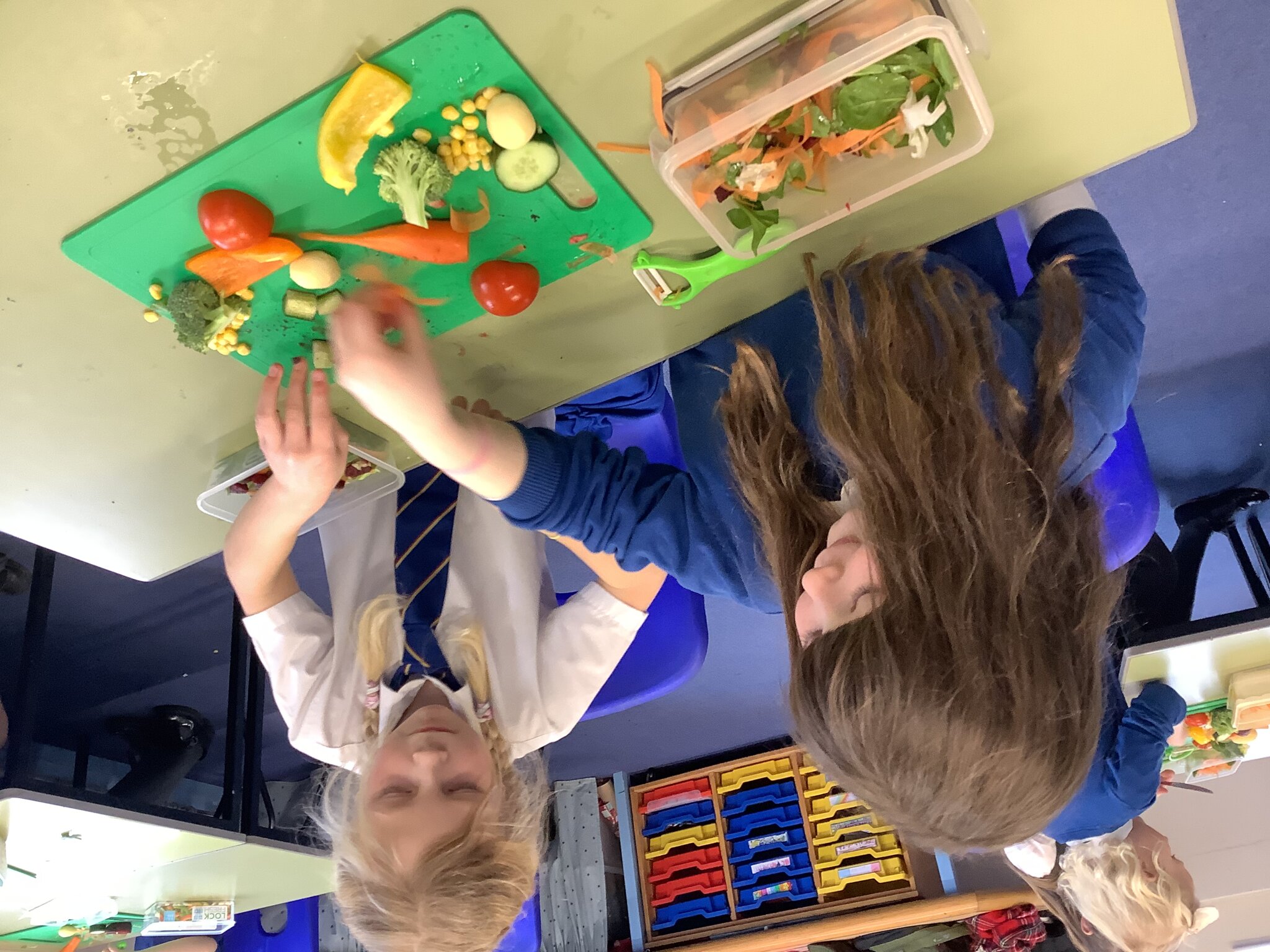
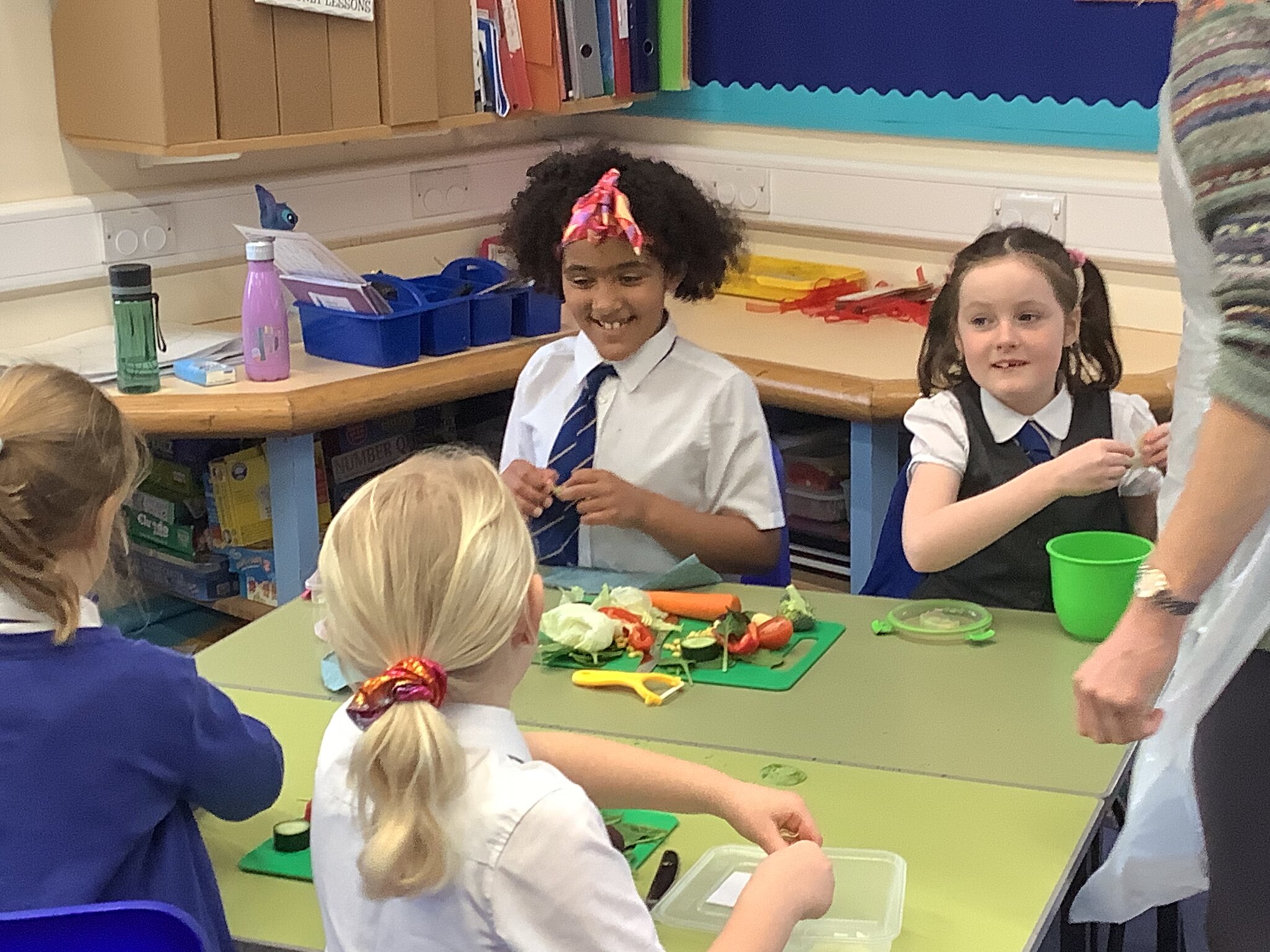
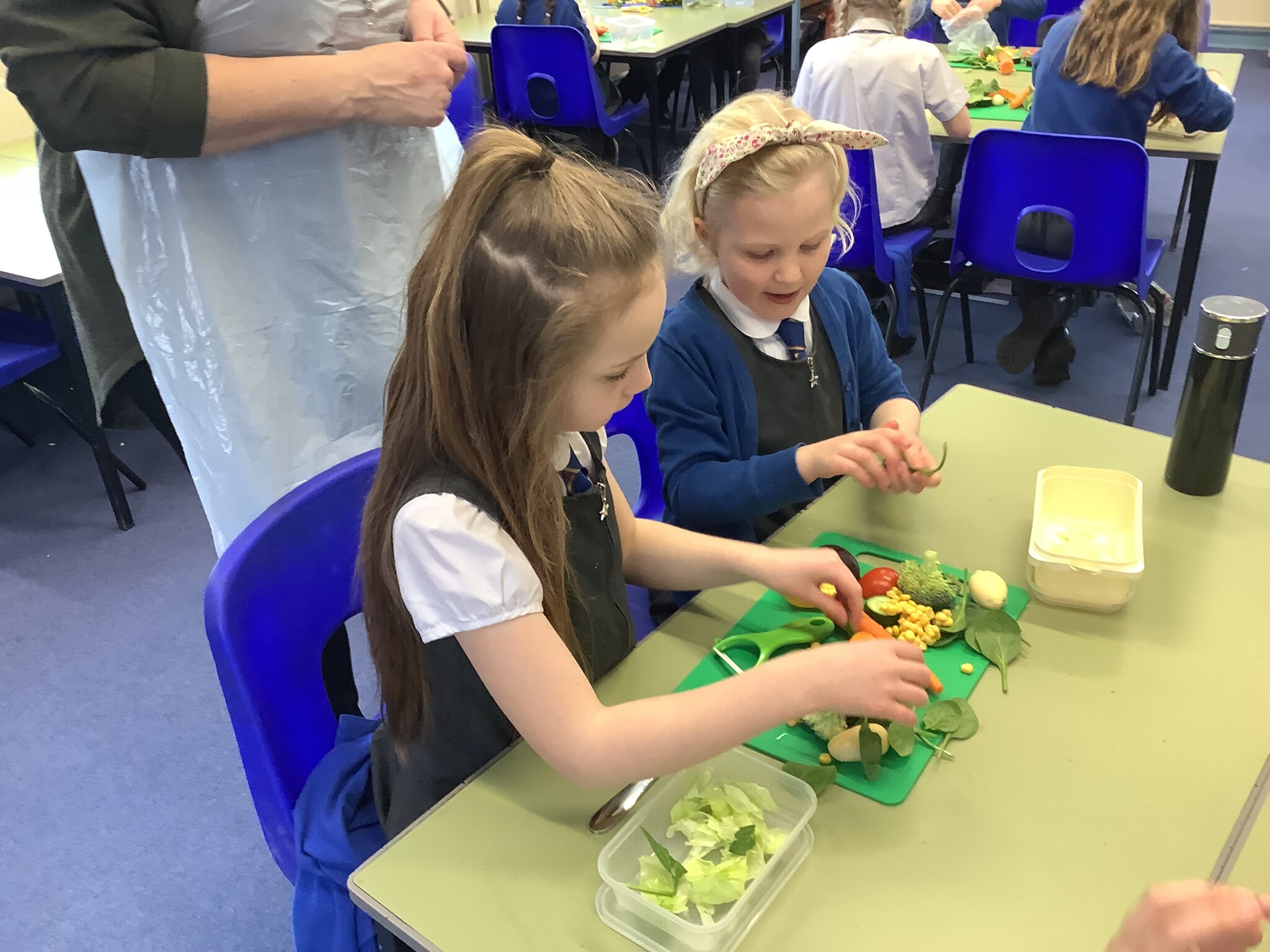
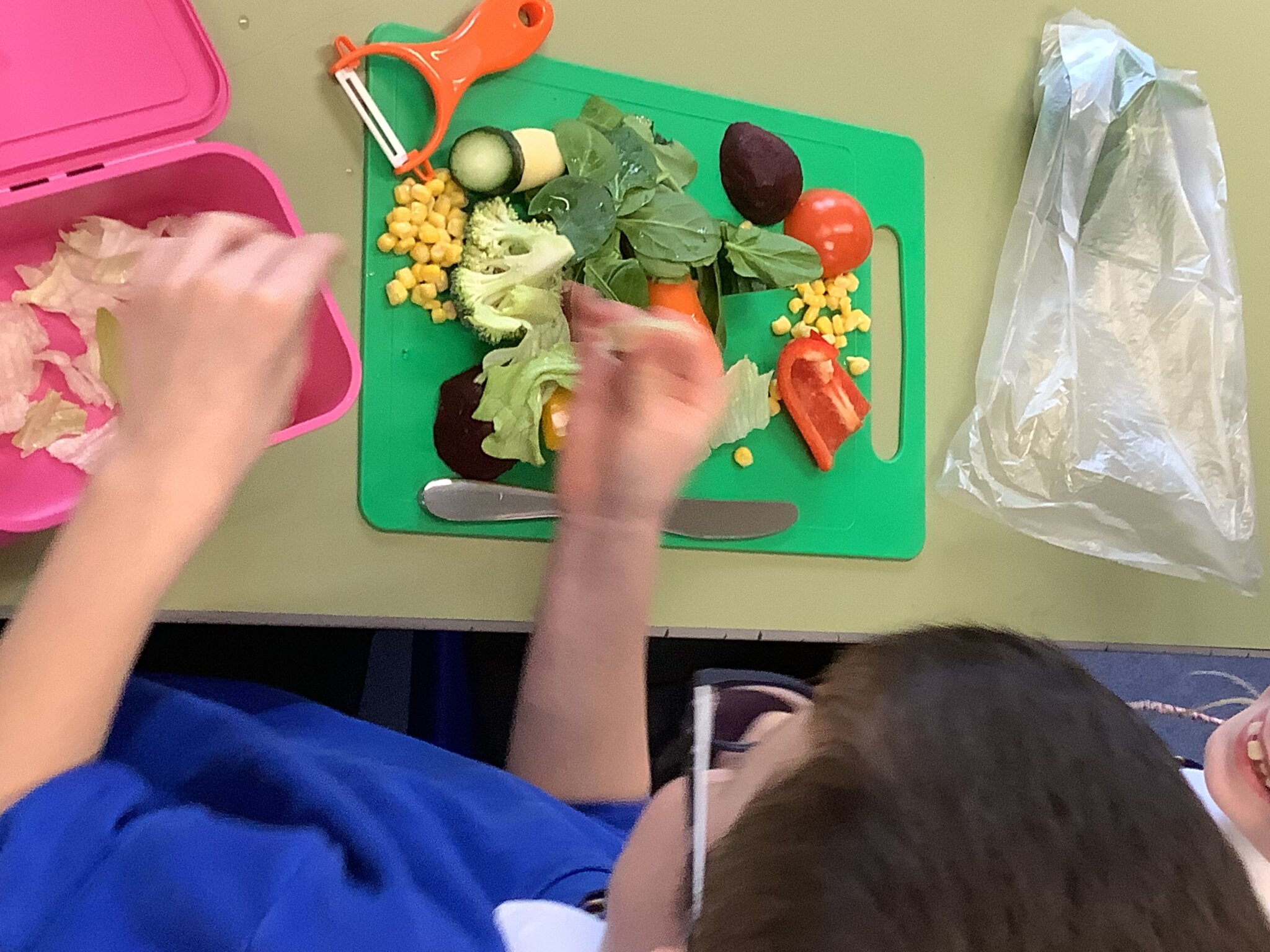
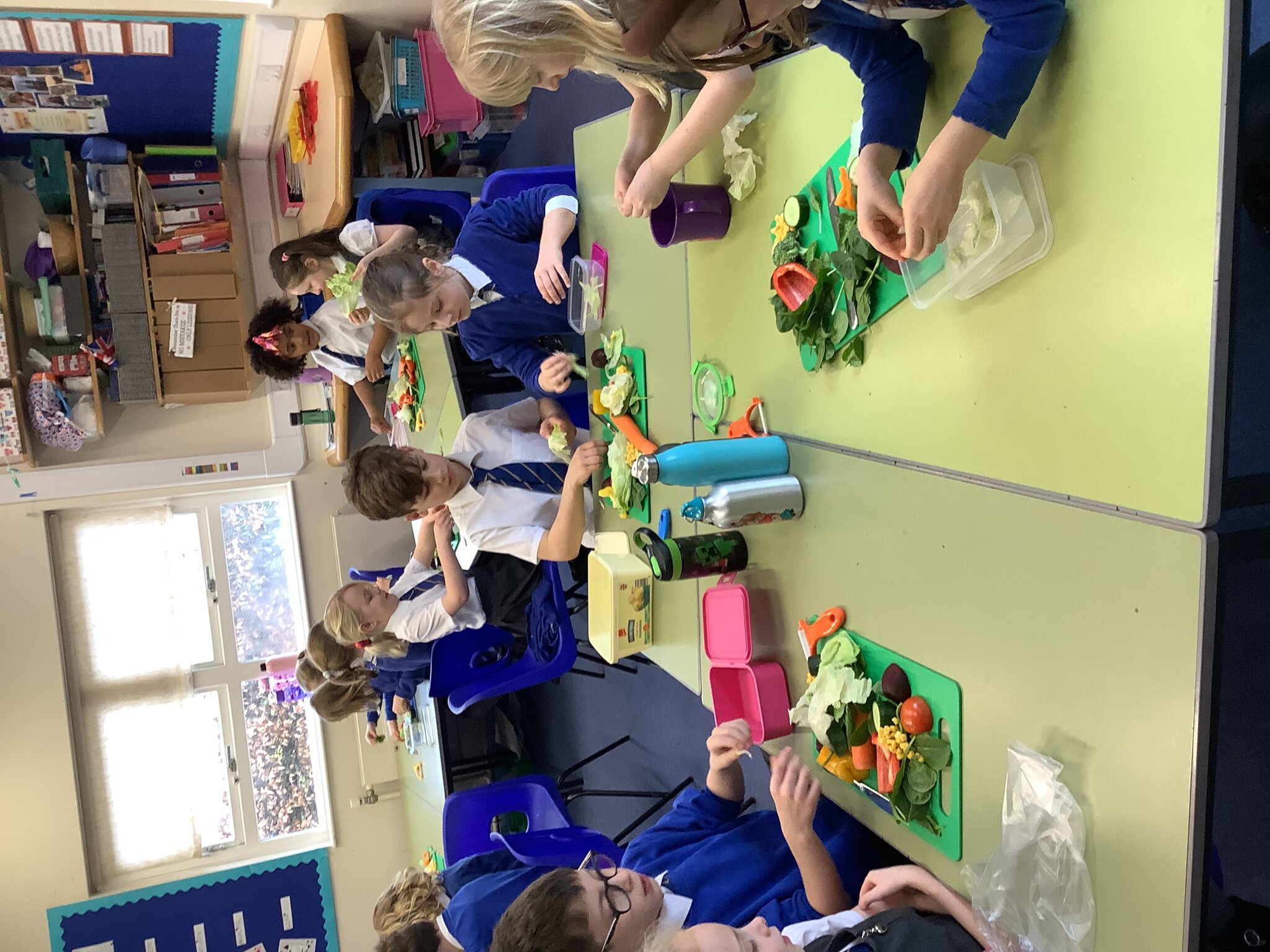
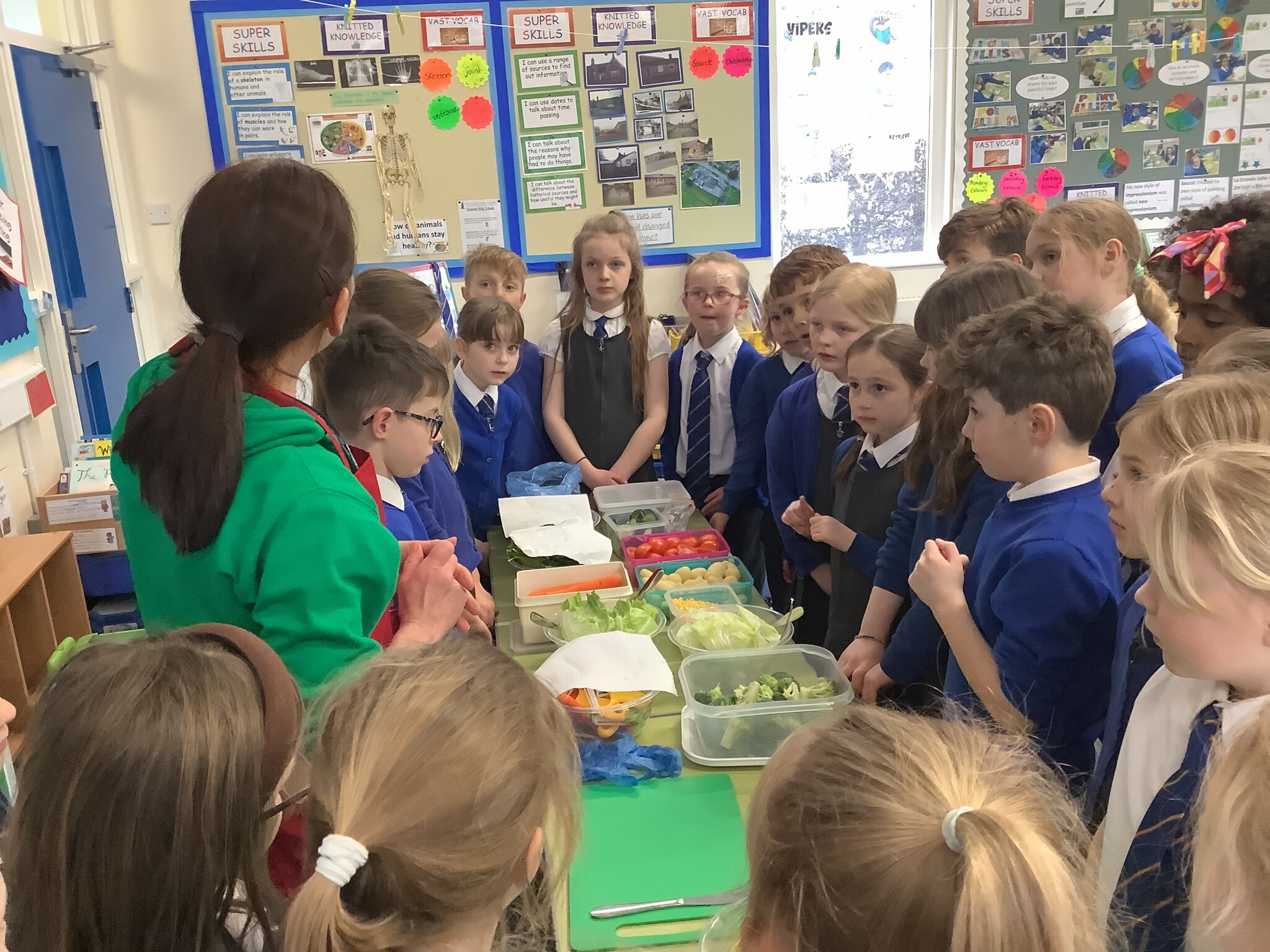
Maths - Fractions
We have been learning about fractions in Maths. We enjoyed using cakes, cutting them into halves, quarters, thirds and sixths. We found out that the more pieces we cut something into, the smaller they are. Therefore, the bigger the denominator, the smaller the fraction.
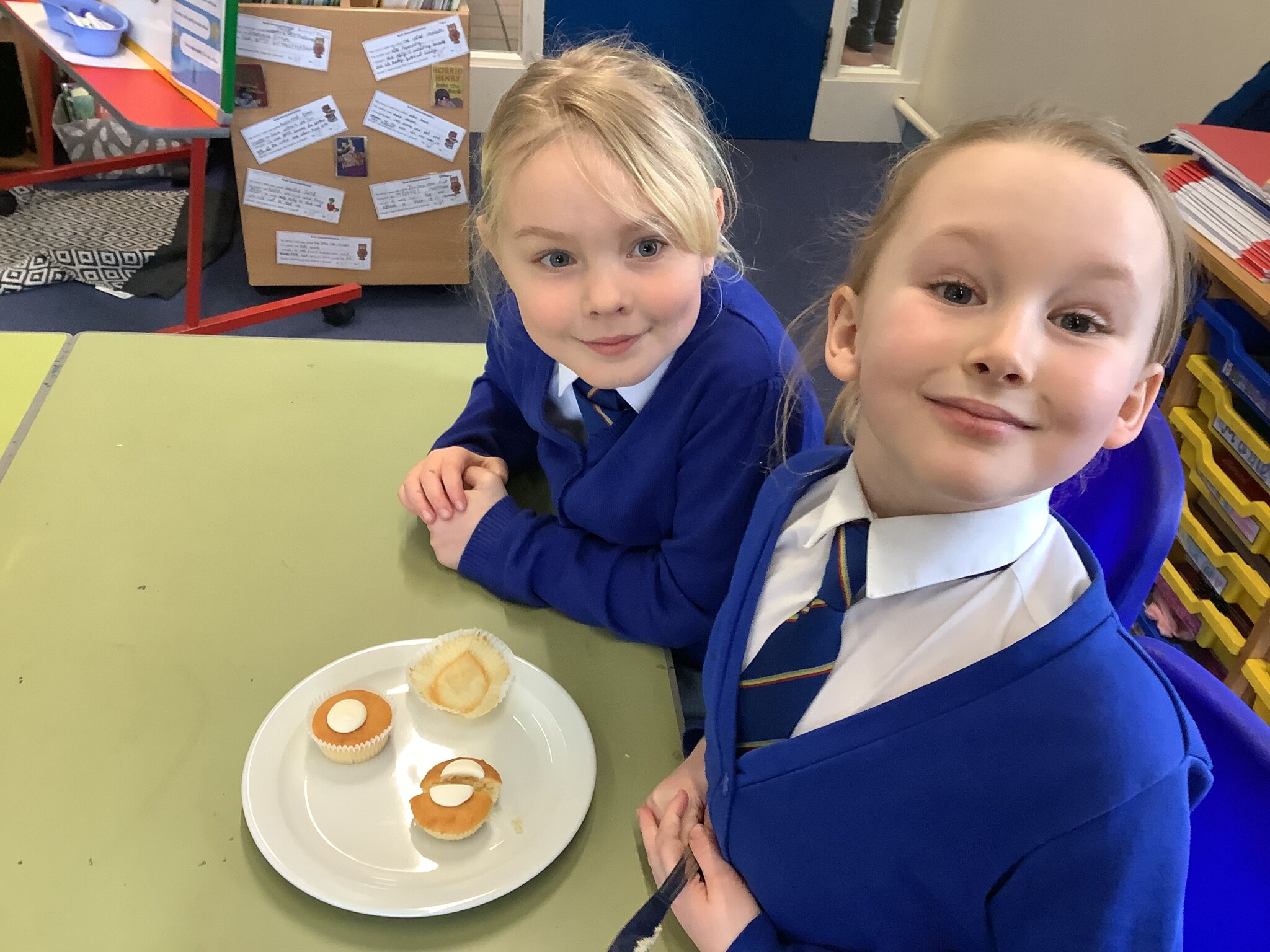
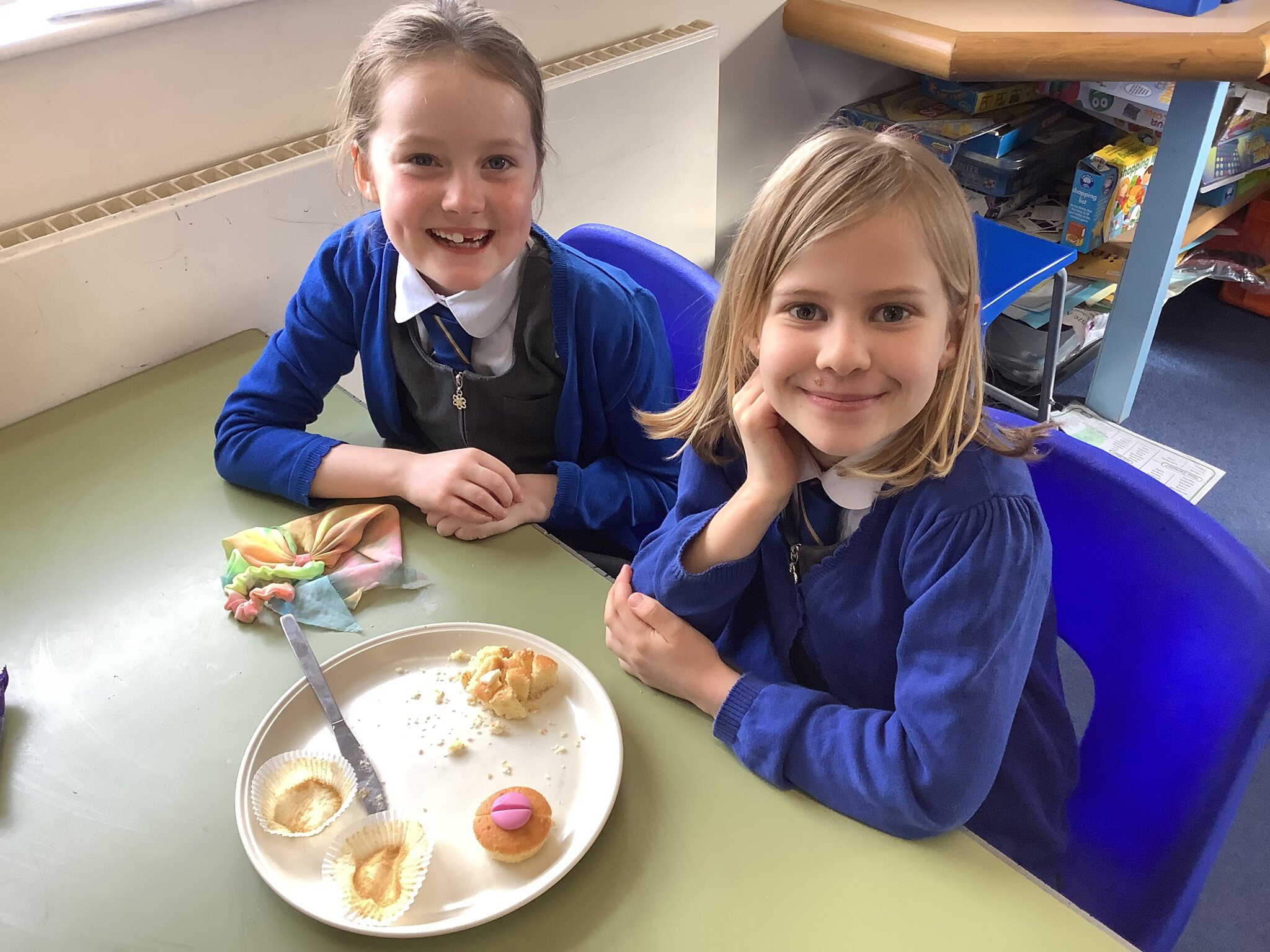
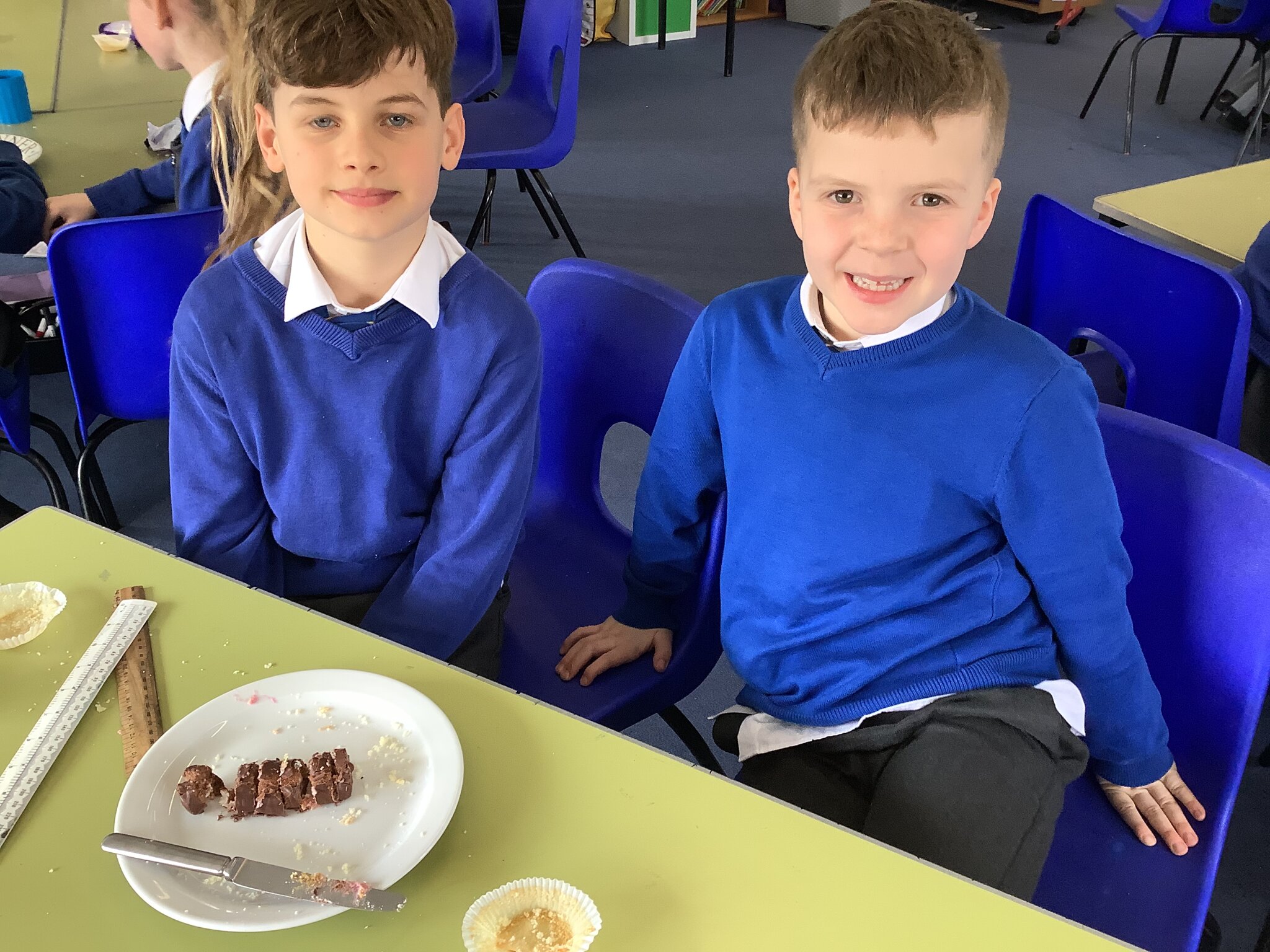
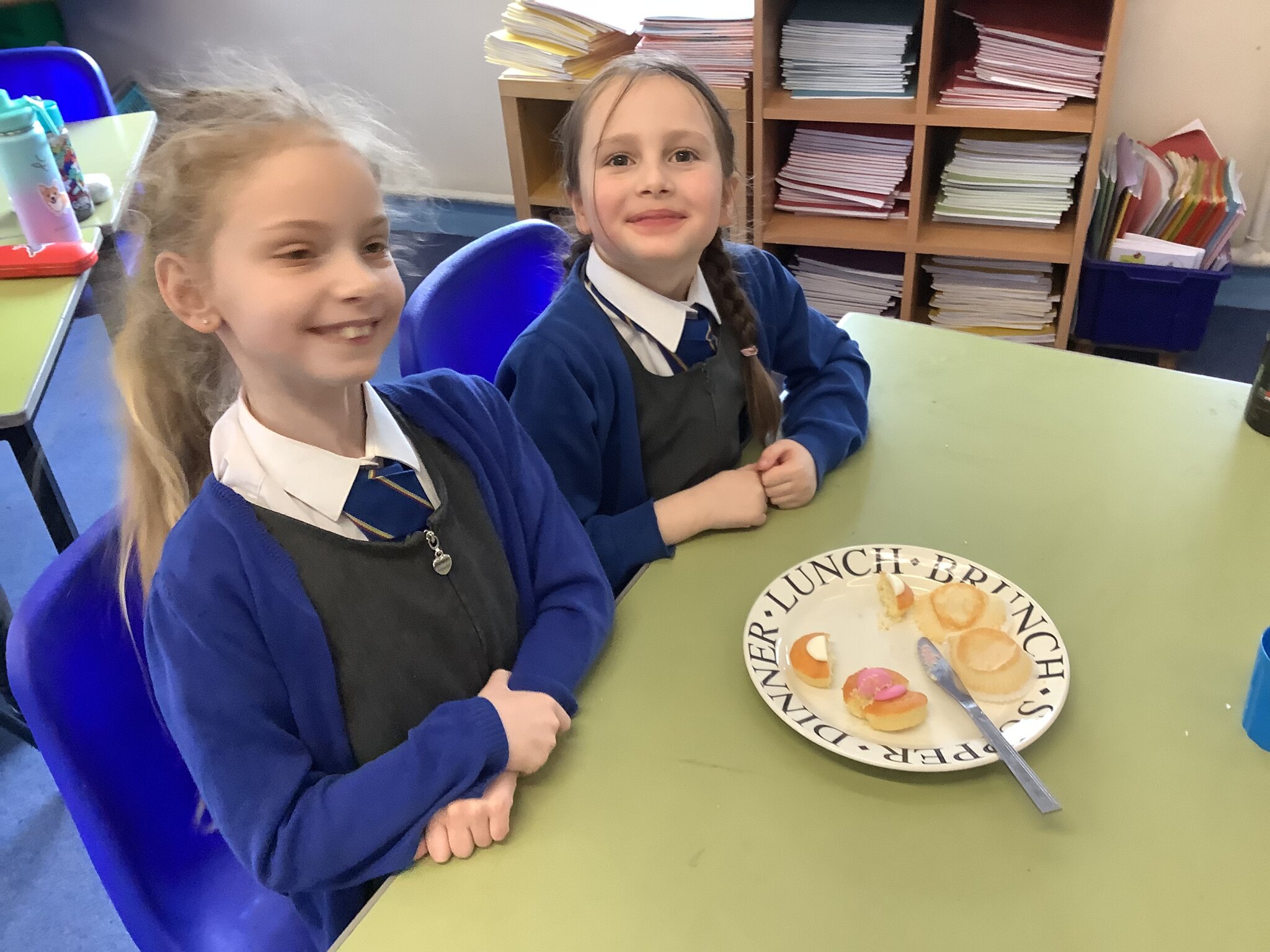
Computing - Databases
During the Spring term we are learning about and working on branching databases. We have been thinking about how we can sort data into different groups and used yes/no questions to help us. Everyone enjoyed playing 'Guess Who?' to think about how we can create groups of data from existing groups. Next, we began to think about how to structure a branching database and what impact the order of the questions has on being able to sort the data.
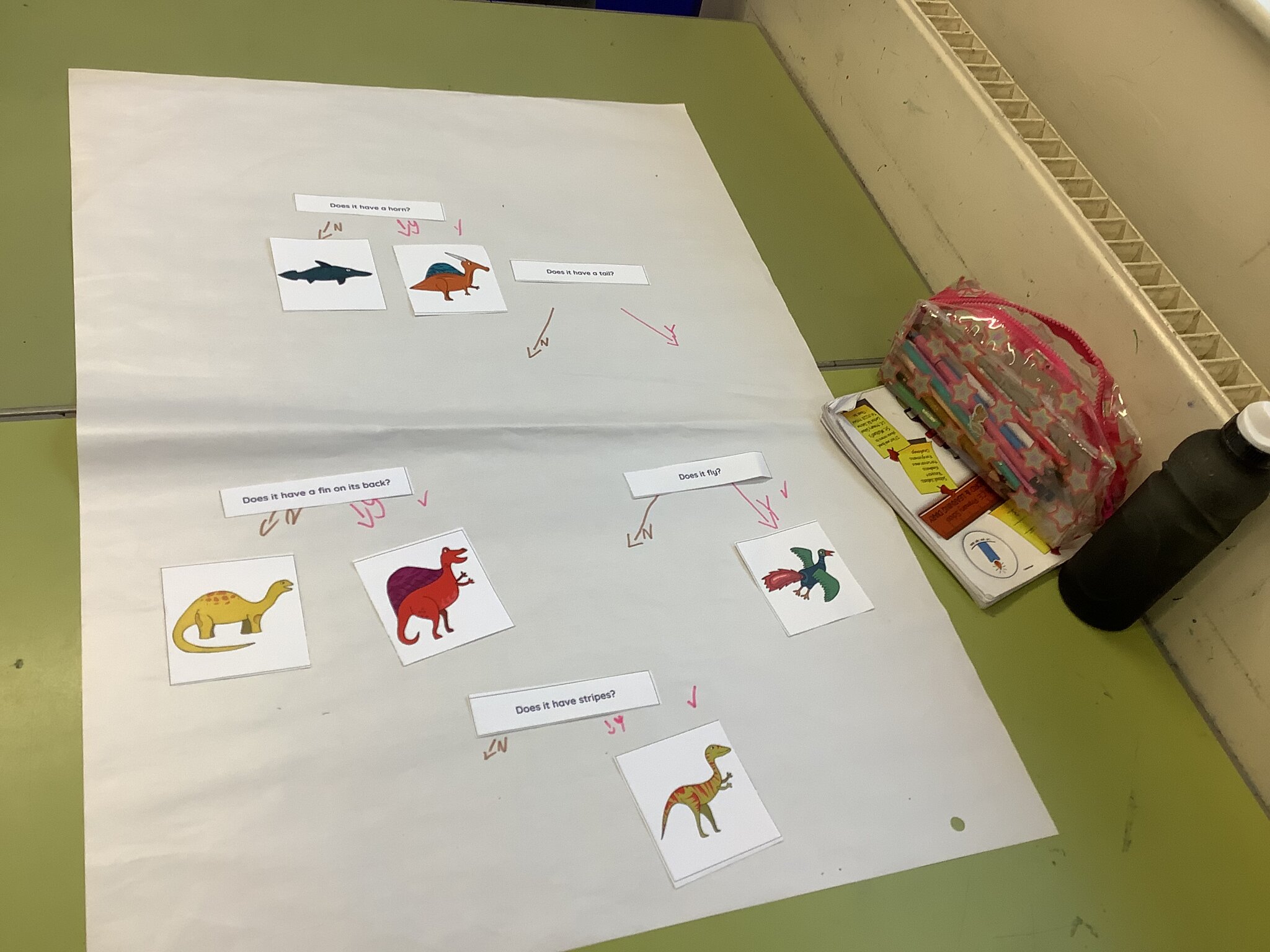
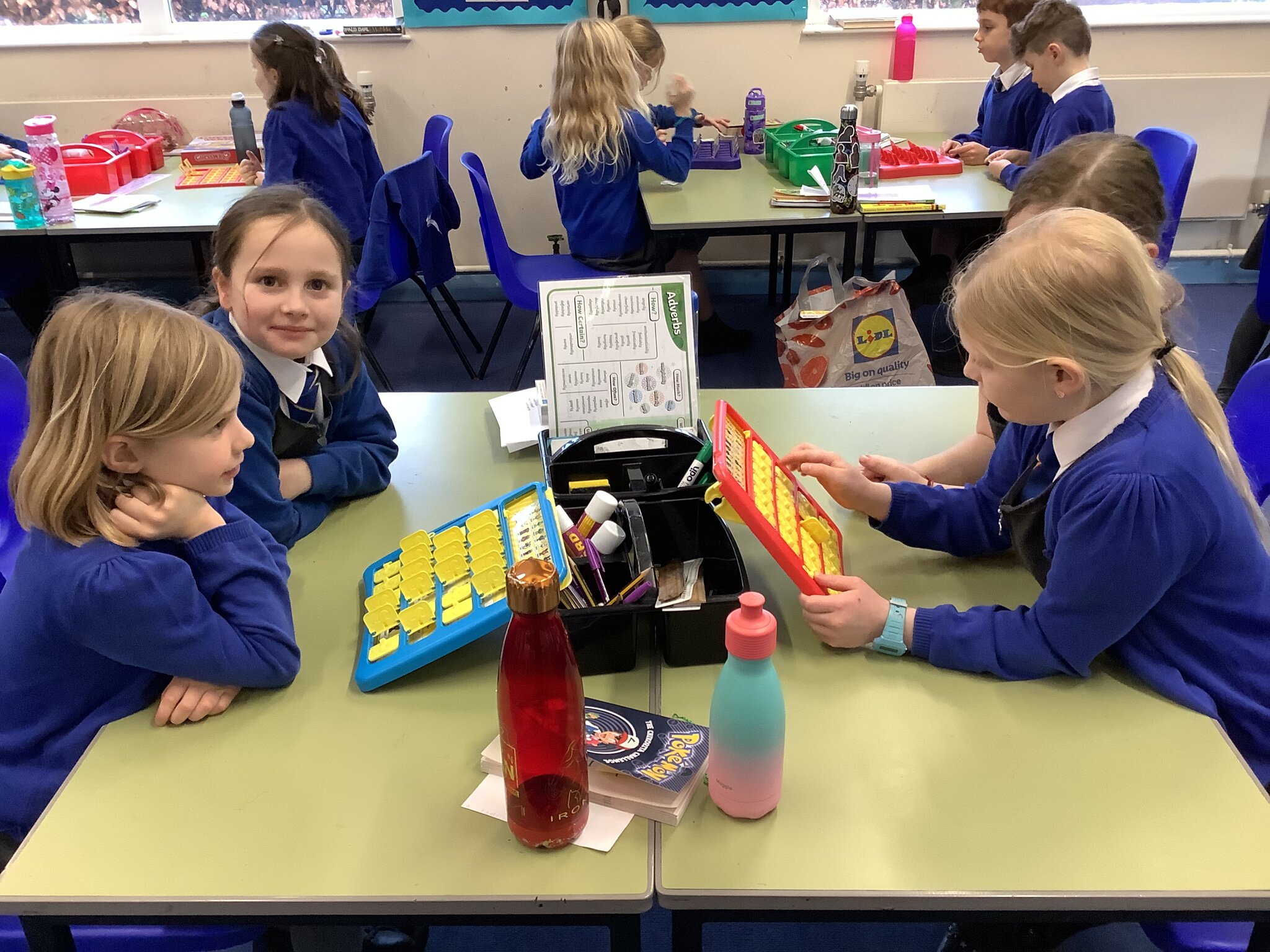
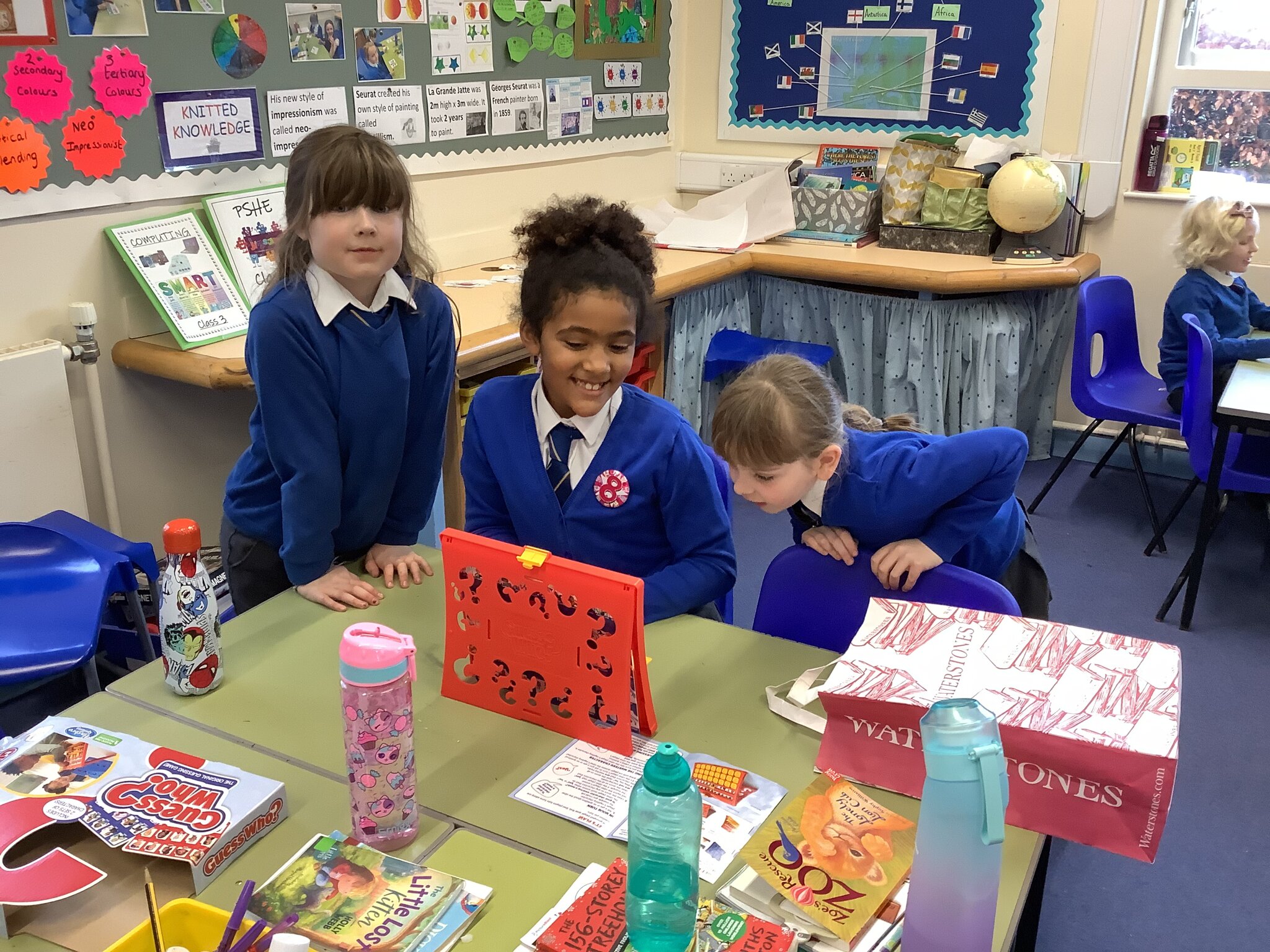
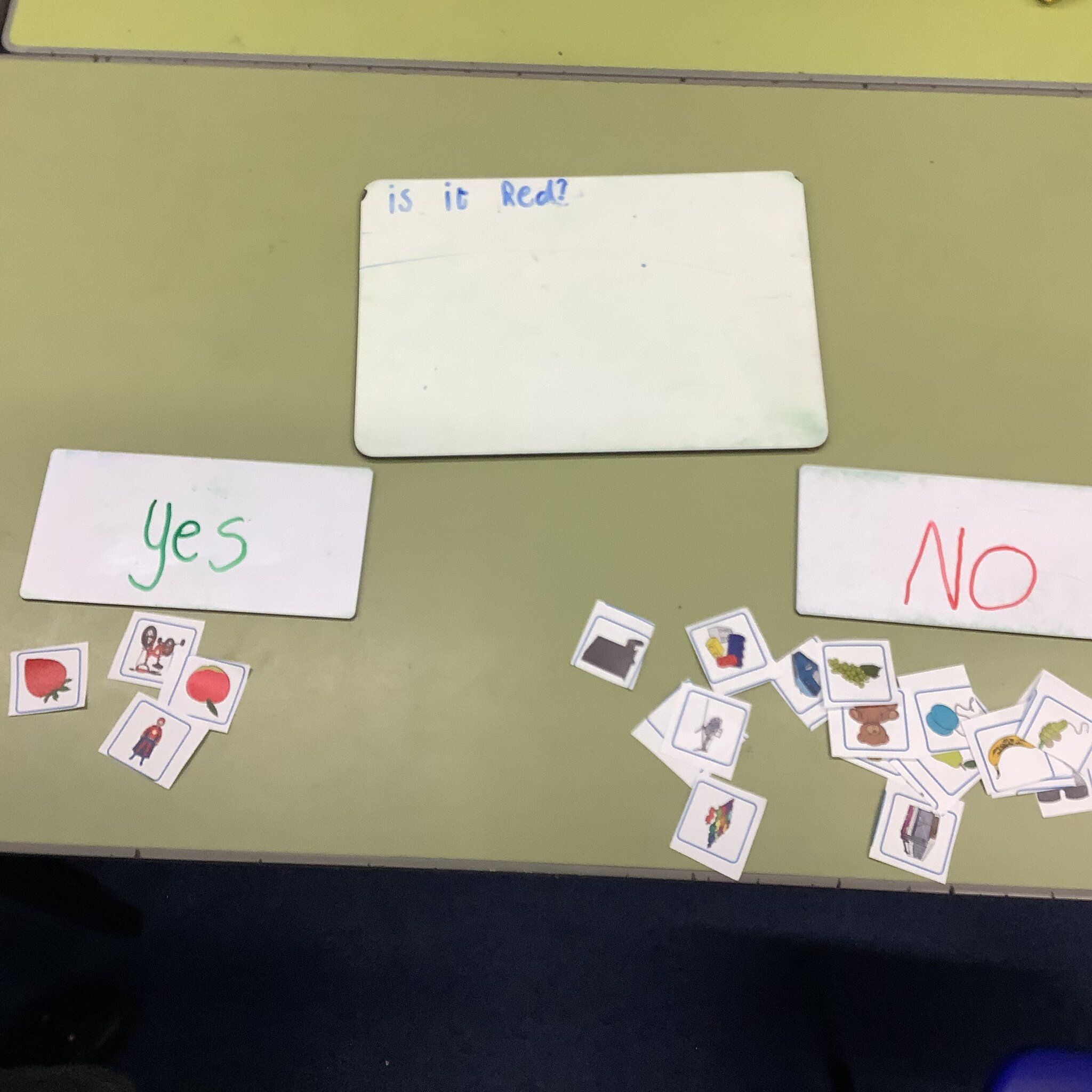
Art - Impressionism
We have been learning about the French artist George Seurat. He was an impressionist artist who created his own style of Neo-Impressionism. We used different tools to see which created the best pointillist style, then we used optical blending by placing dots of two colours next to each other to create primary, secondary and tertiary colours.
To make our work look more realistic we worked on using shading to make objects appear 3D. Finally, we applied all our skills to create our own version of Seurat's famous painting 'La Grande Jatte'.

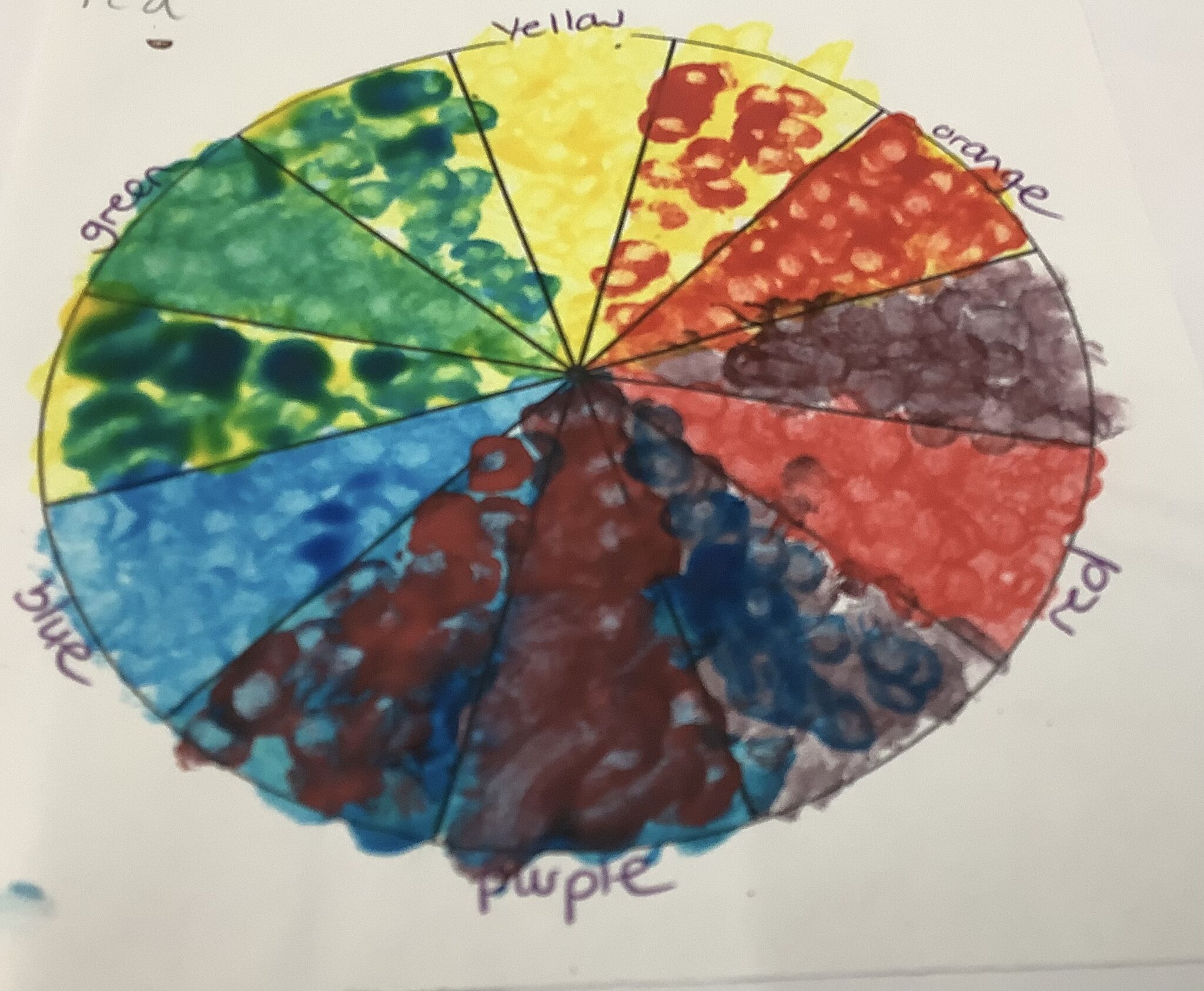
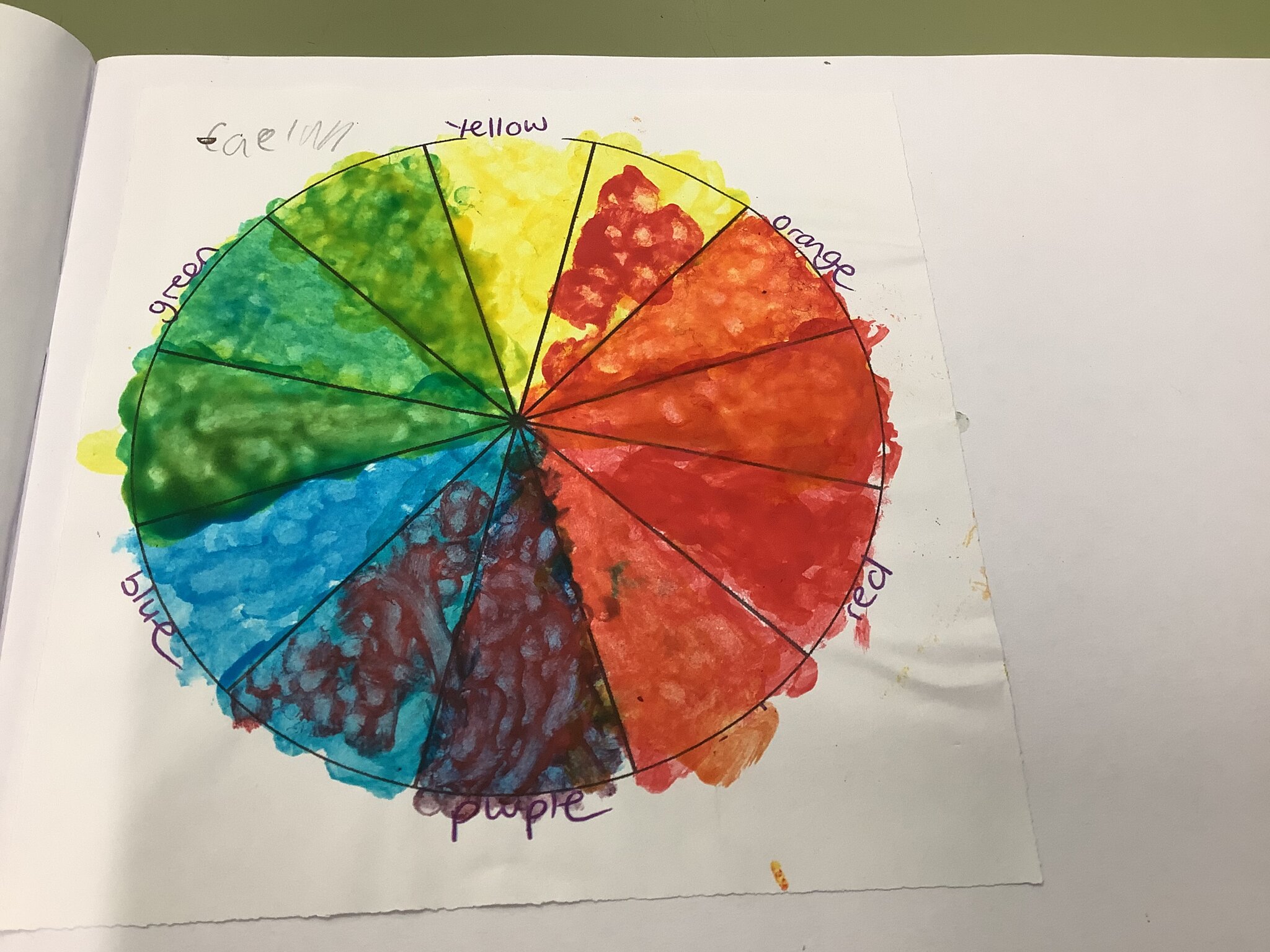
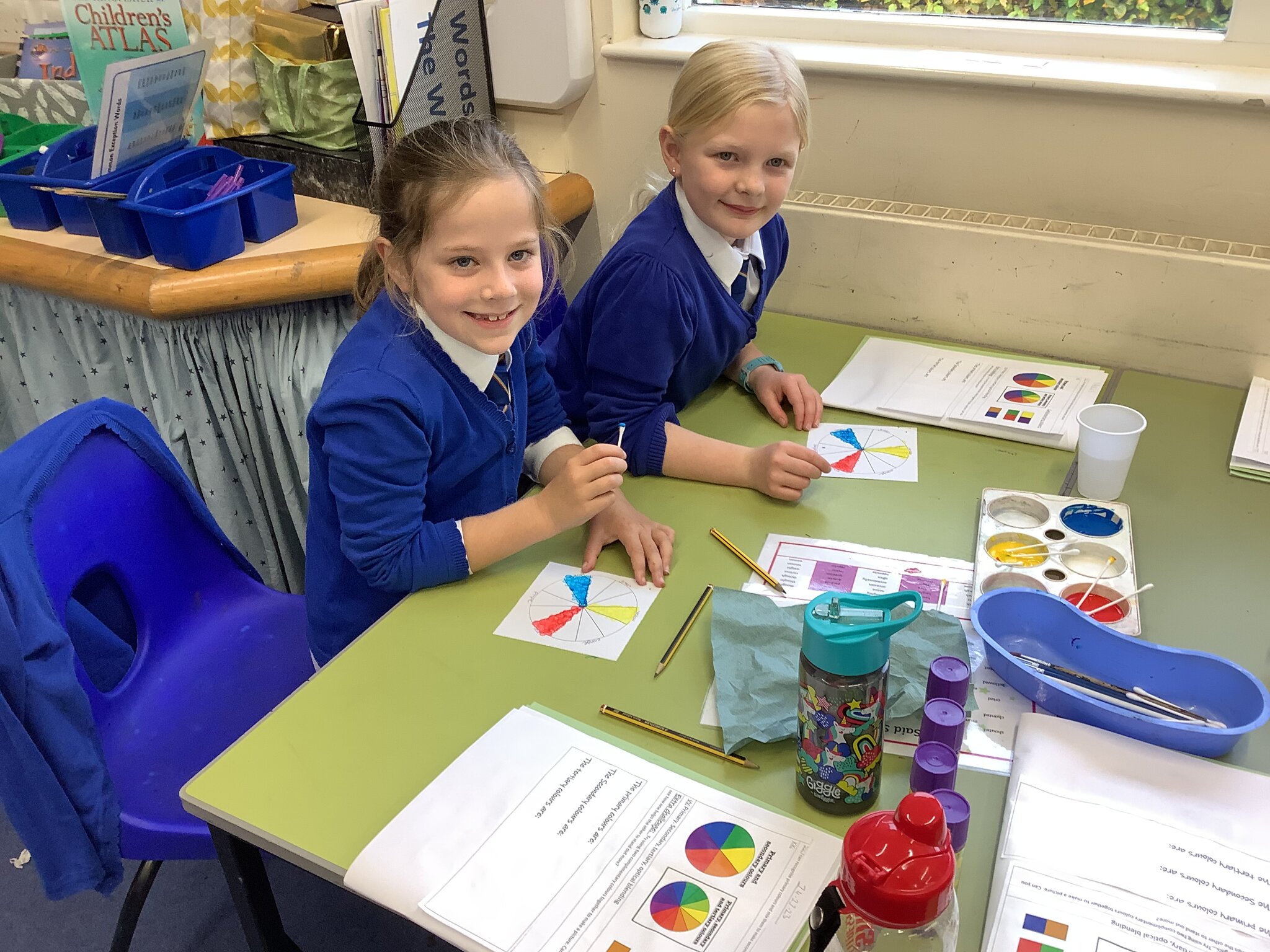
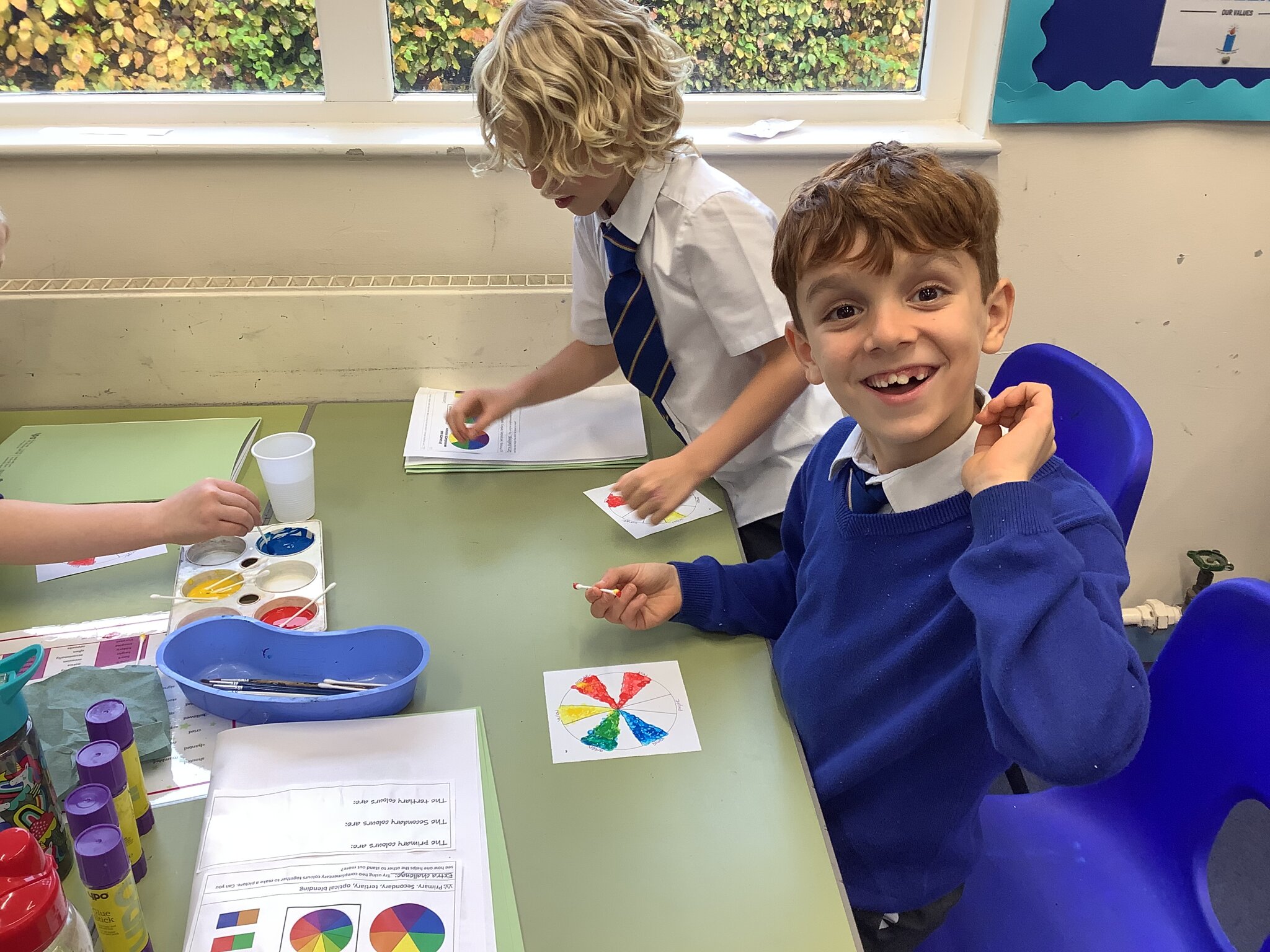
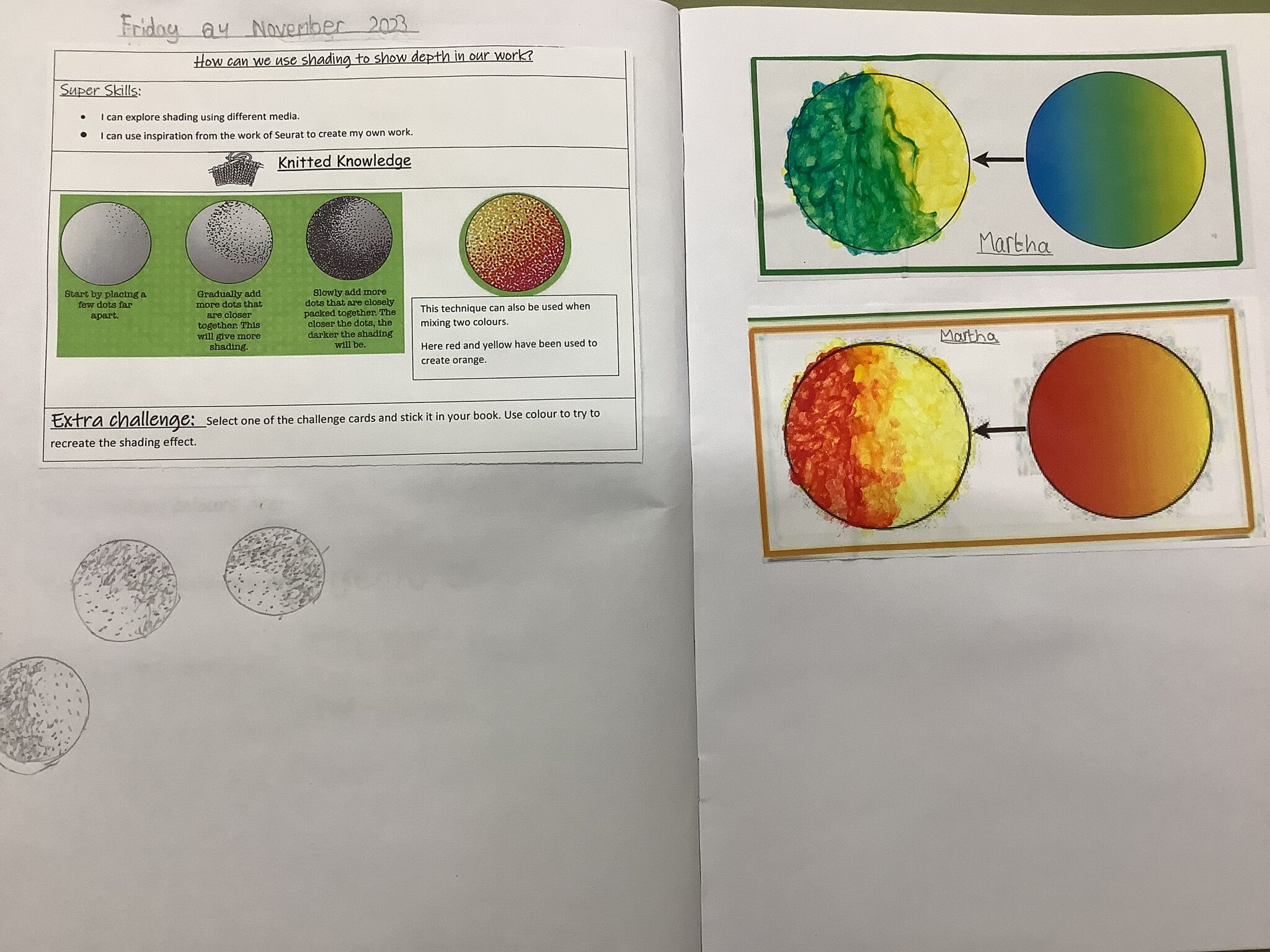
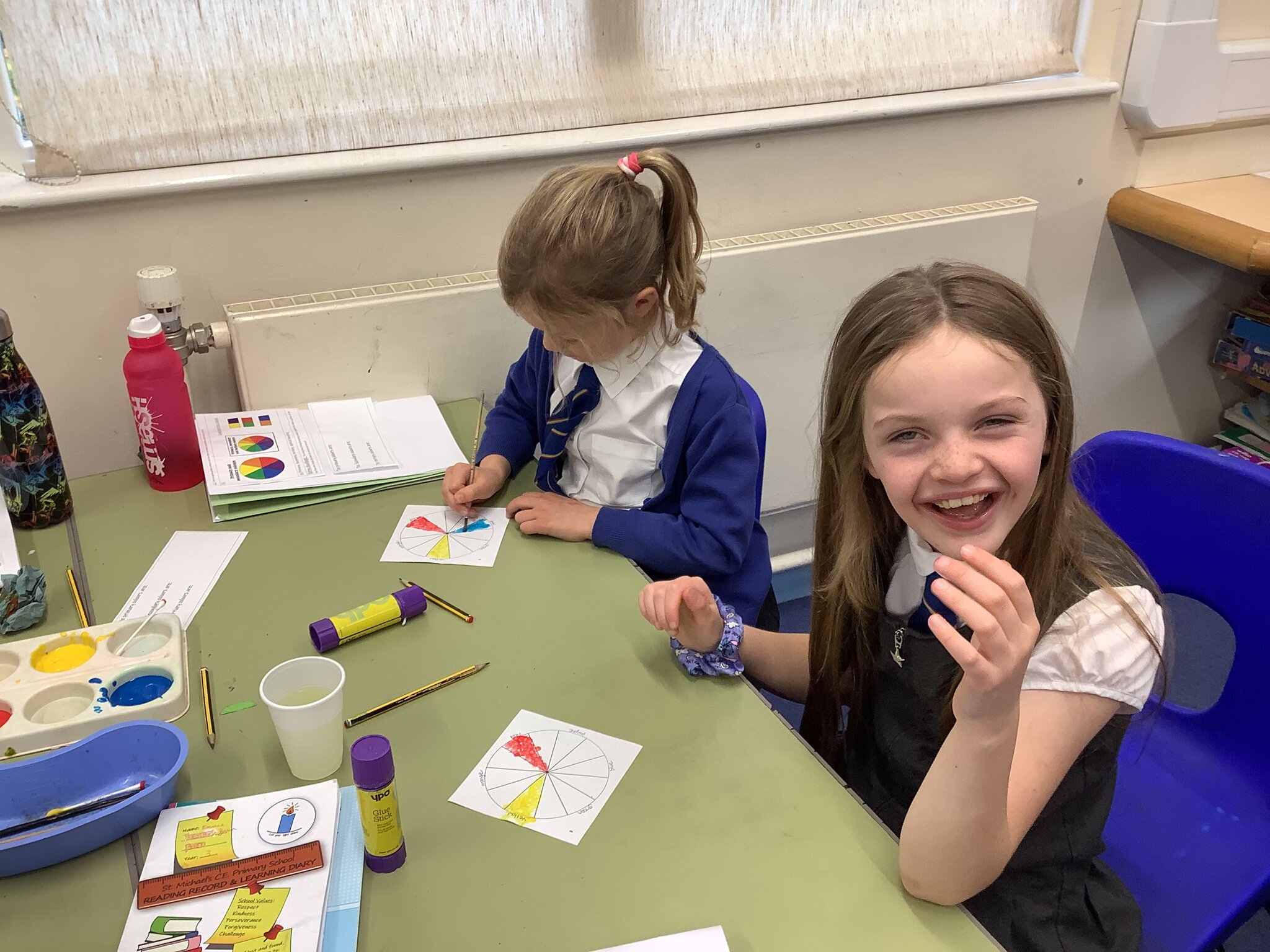
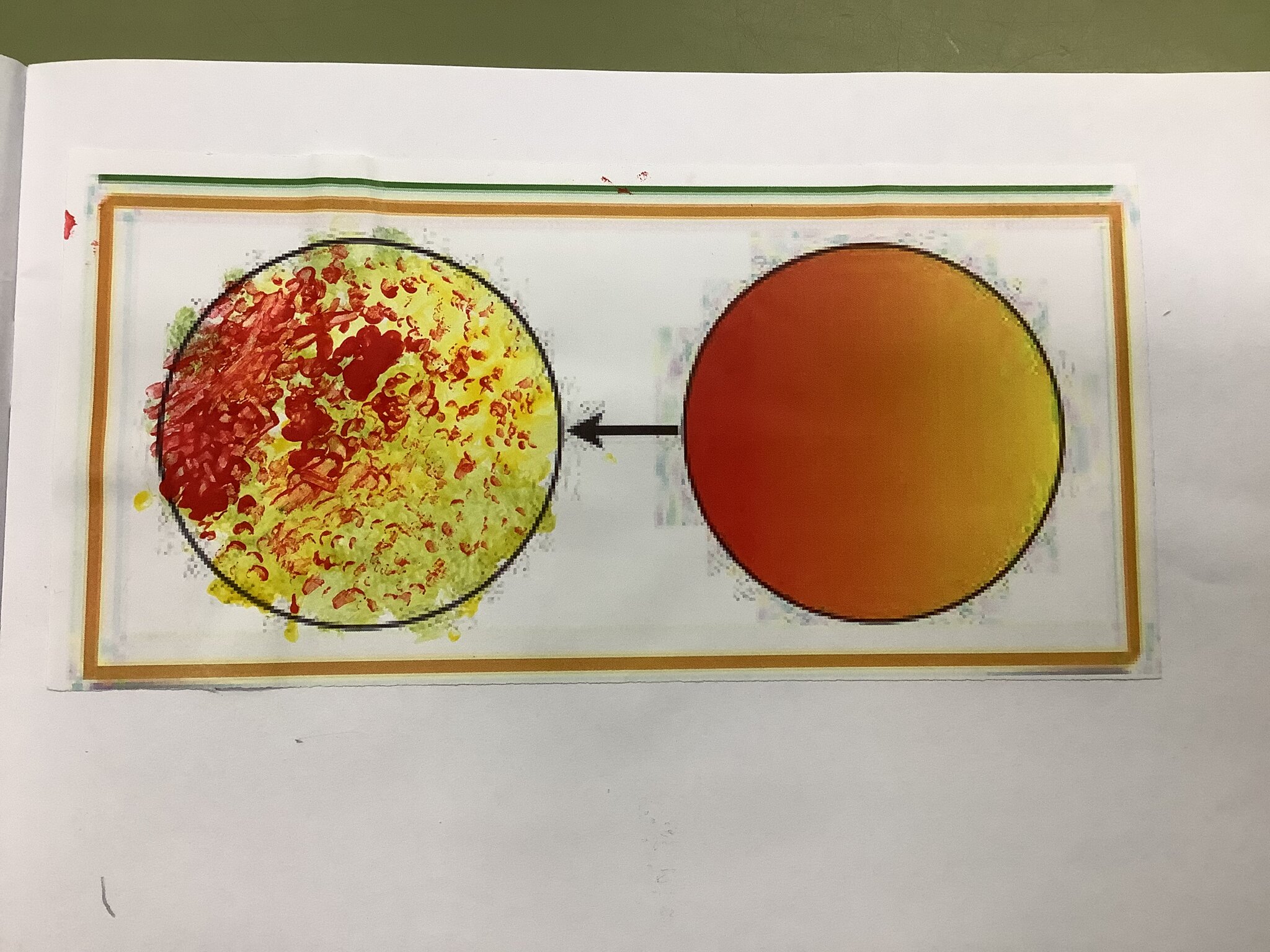
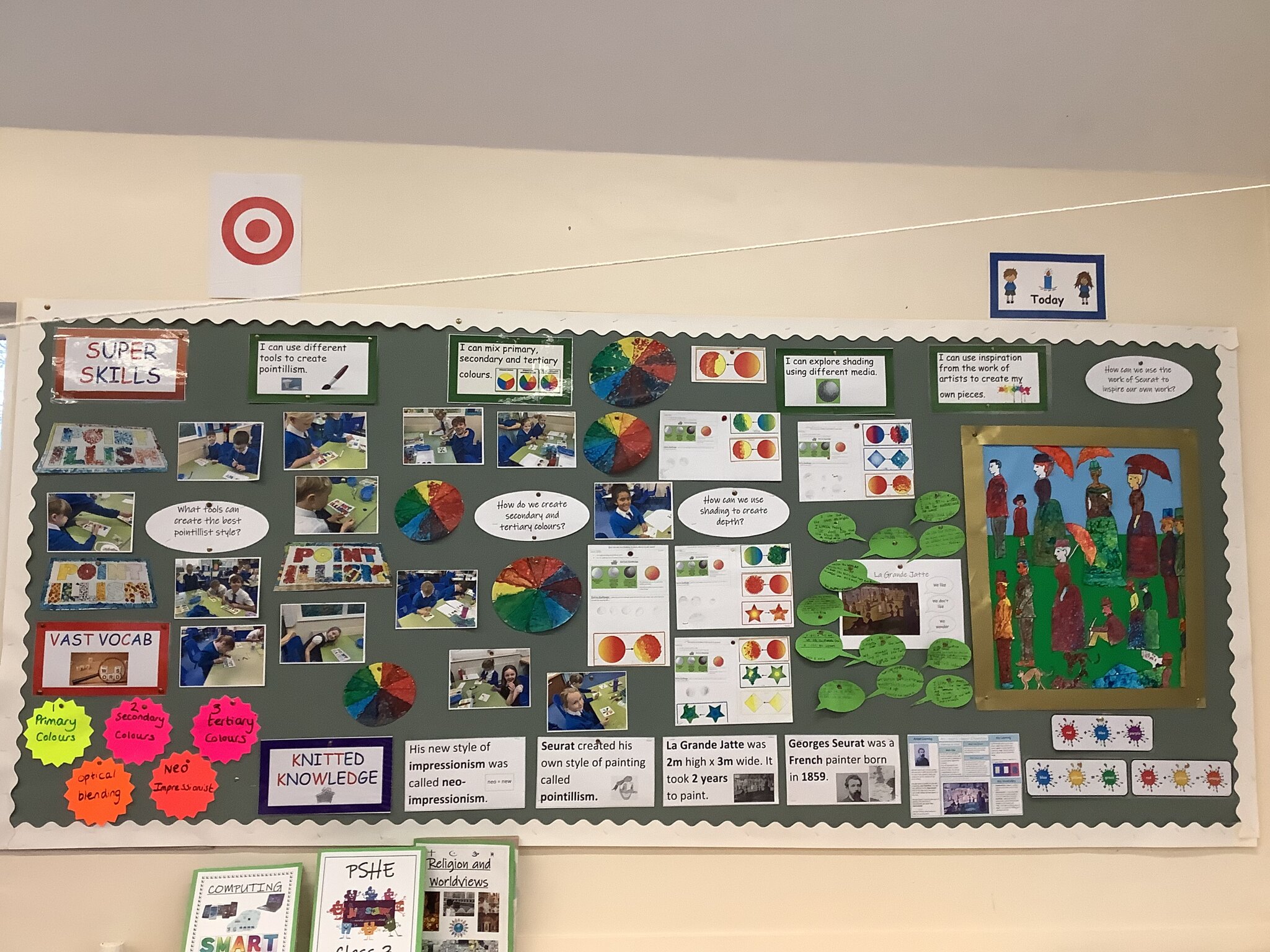
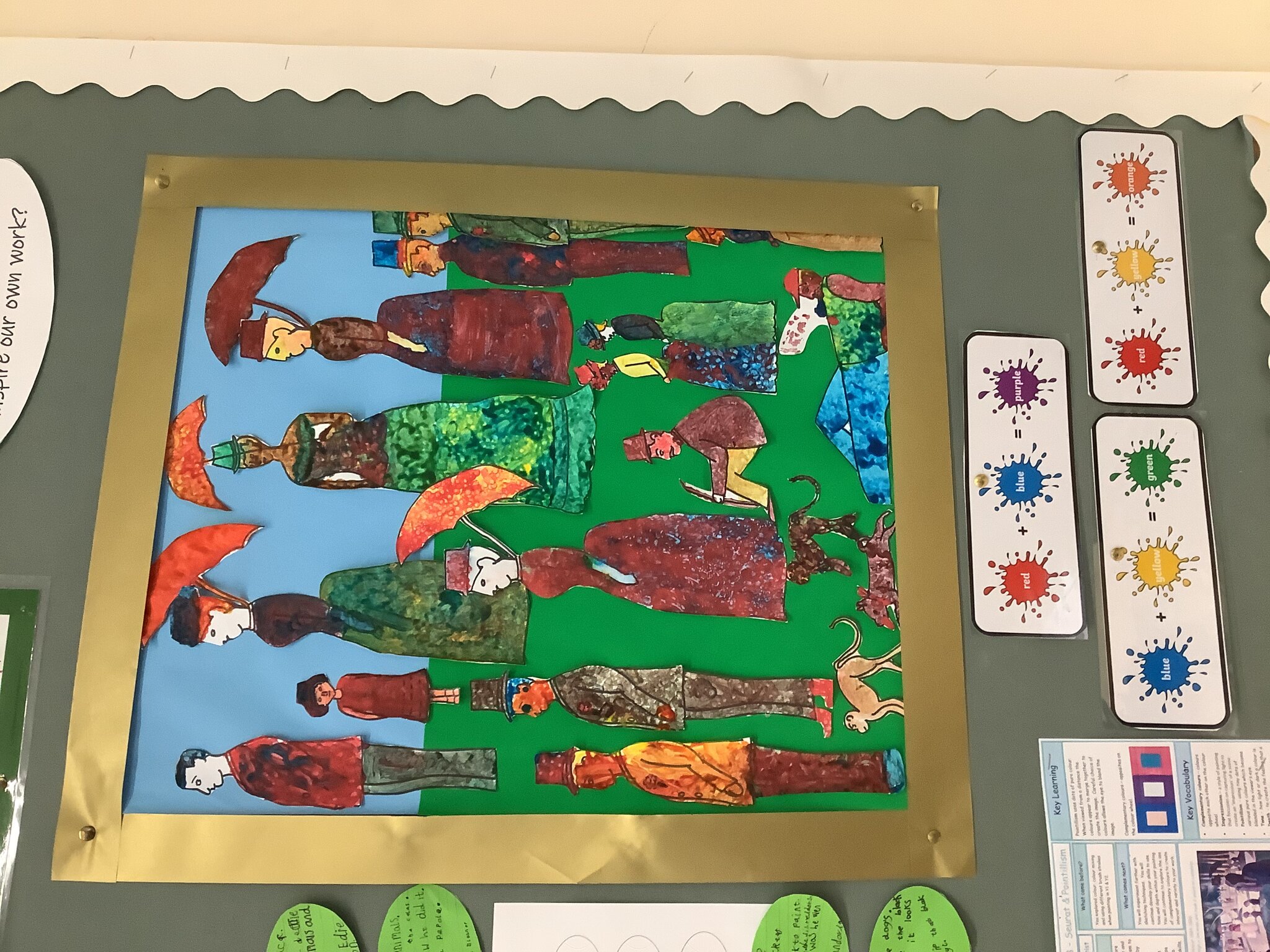
Science - Forces
During the Autumn term we looked at 'what does a force do'?
We learnt about friction and investigated how far a toy car could travel on different surfaces. We had to apply our measuring skills from our Maths work to help us.
We also learnt lots about magnetic forces. We tested different materials to see if they were magnetic and found out that all magnetic materials are metal, but not all metals are magnetic. We looked at the strength of different magnets and their magnetic field. We predicted and tested whether magnetic forces would attract or repel each other.
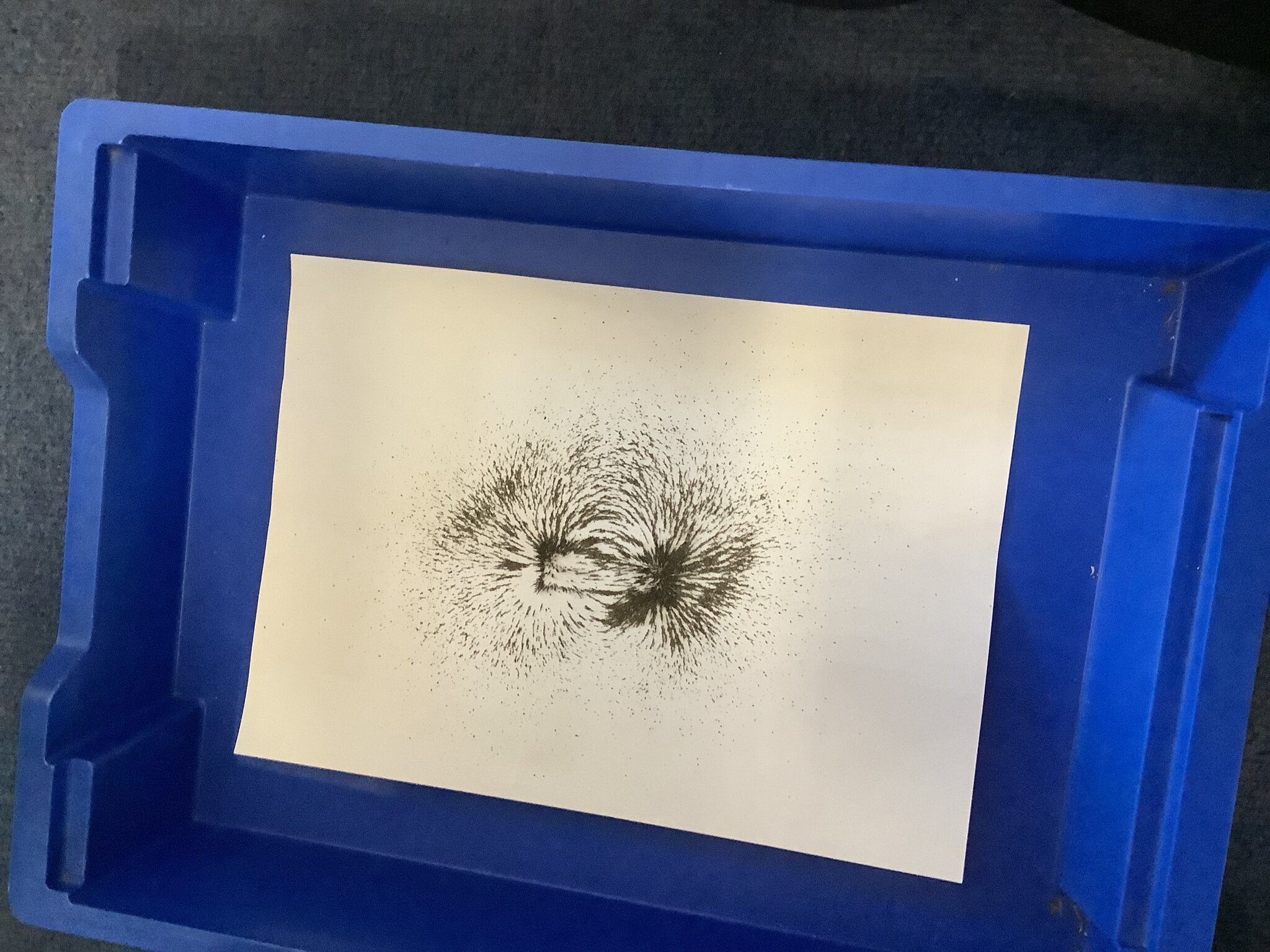
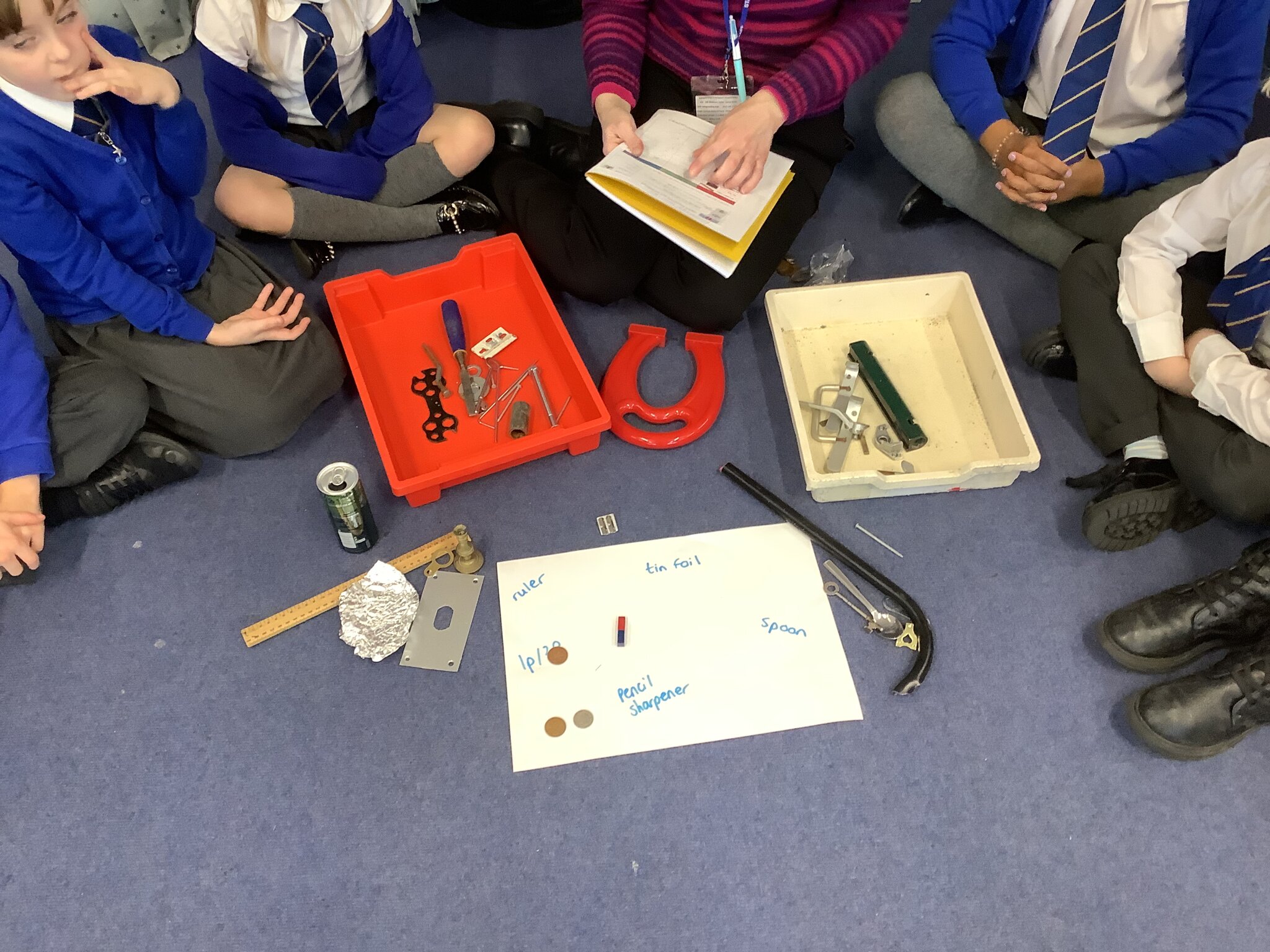
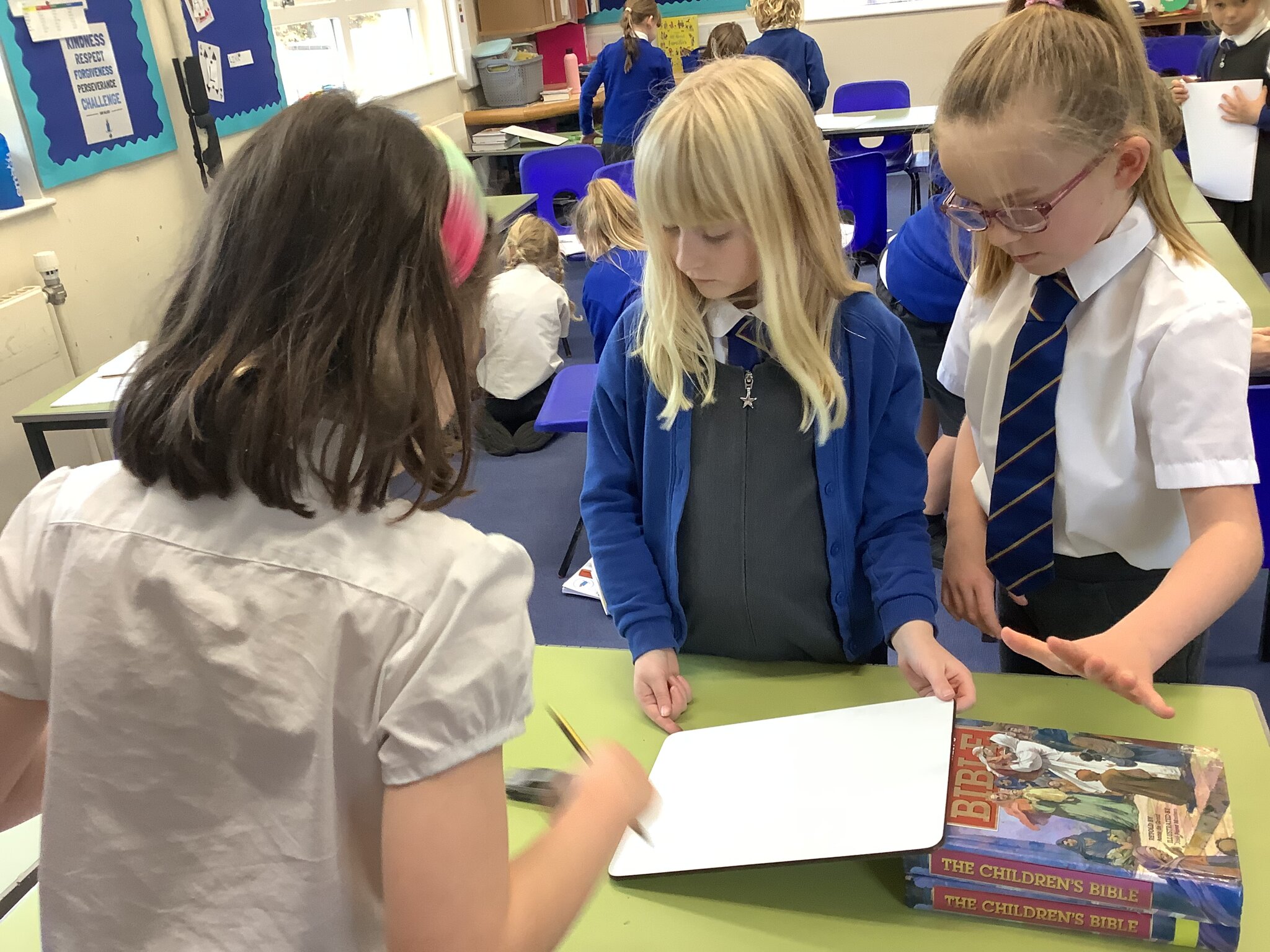
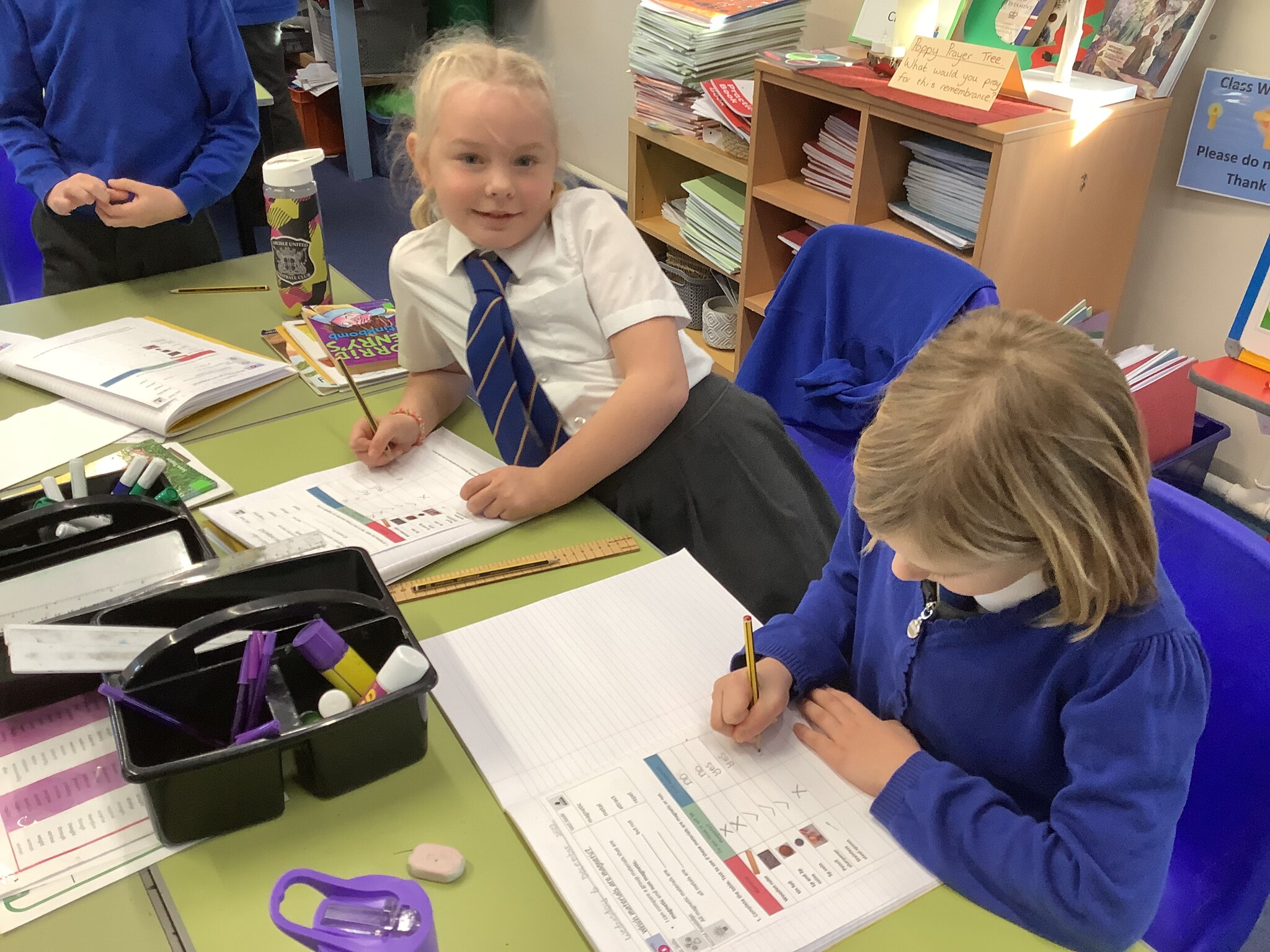
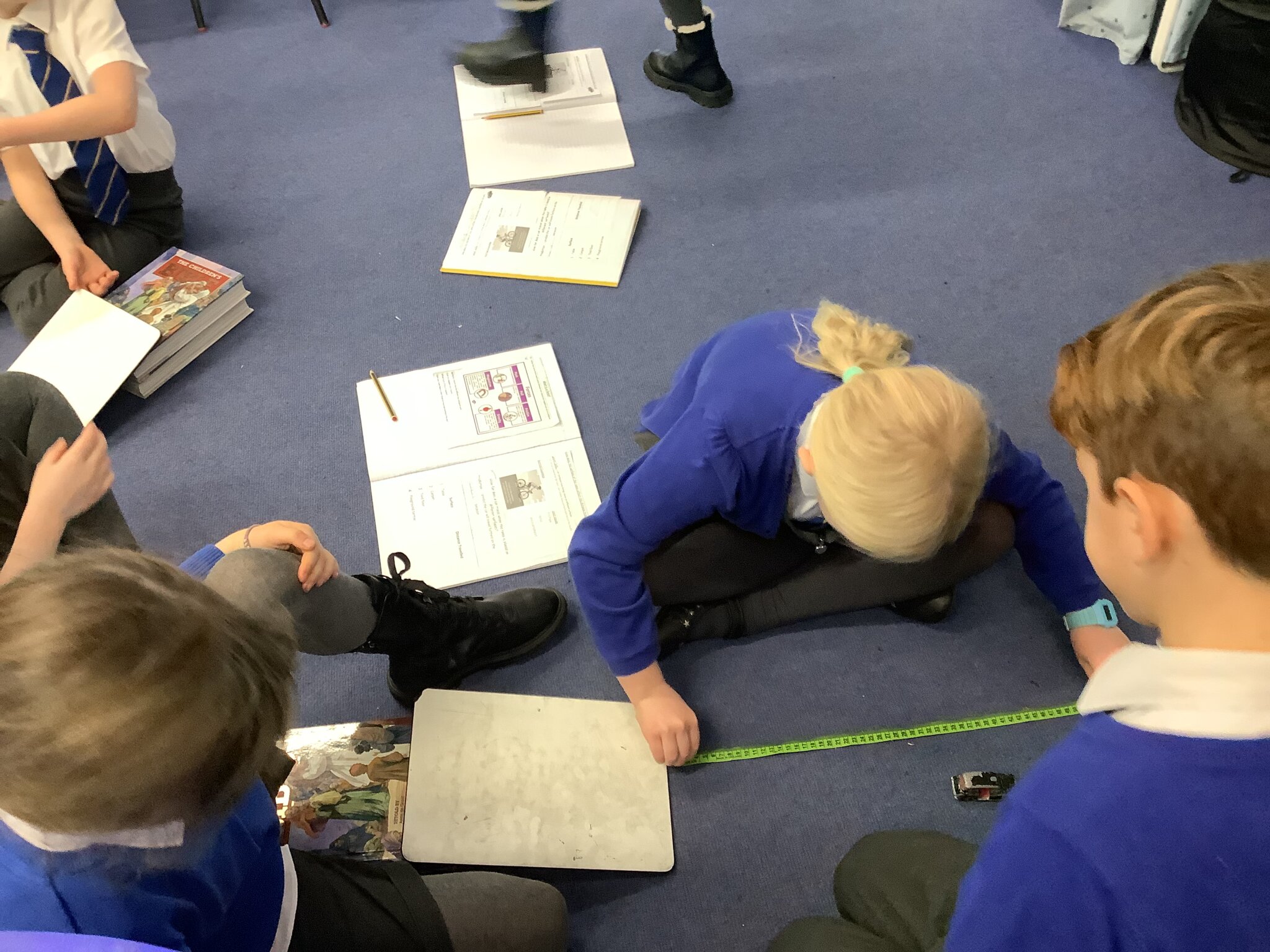
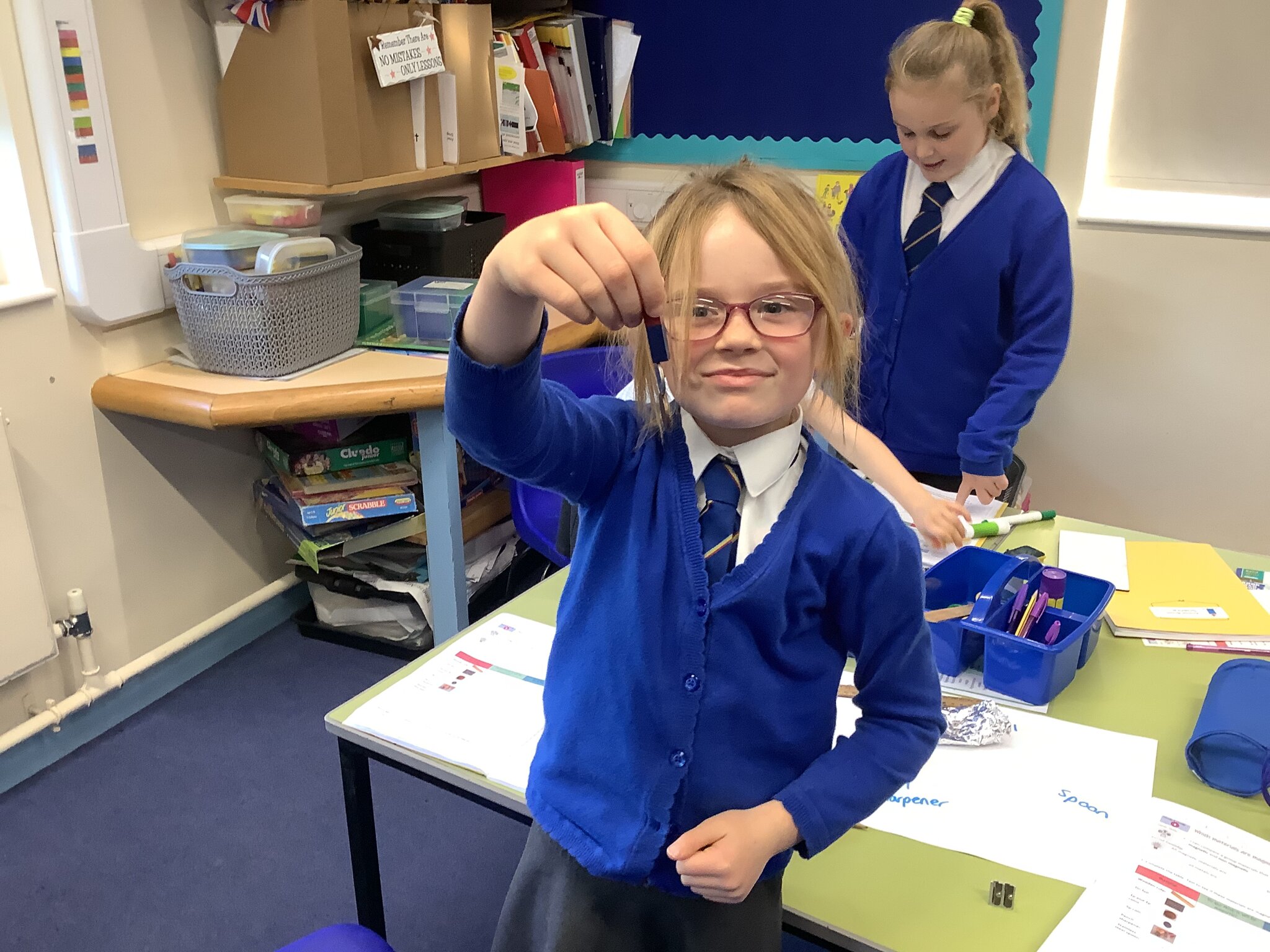
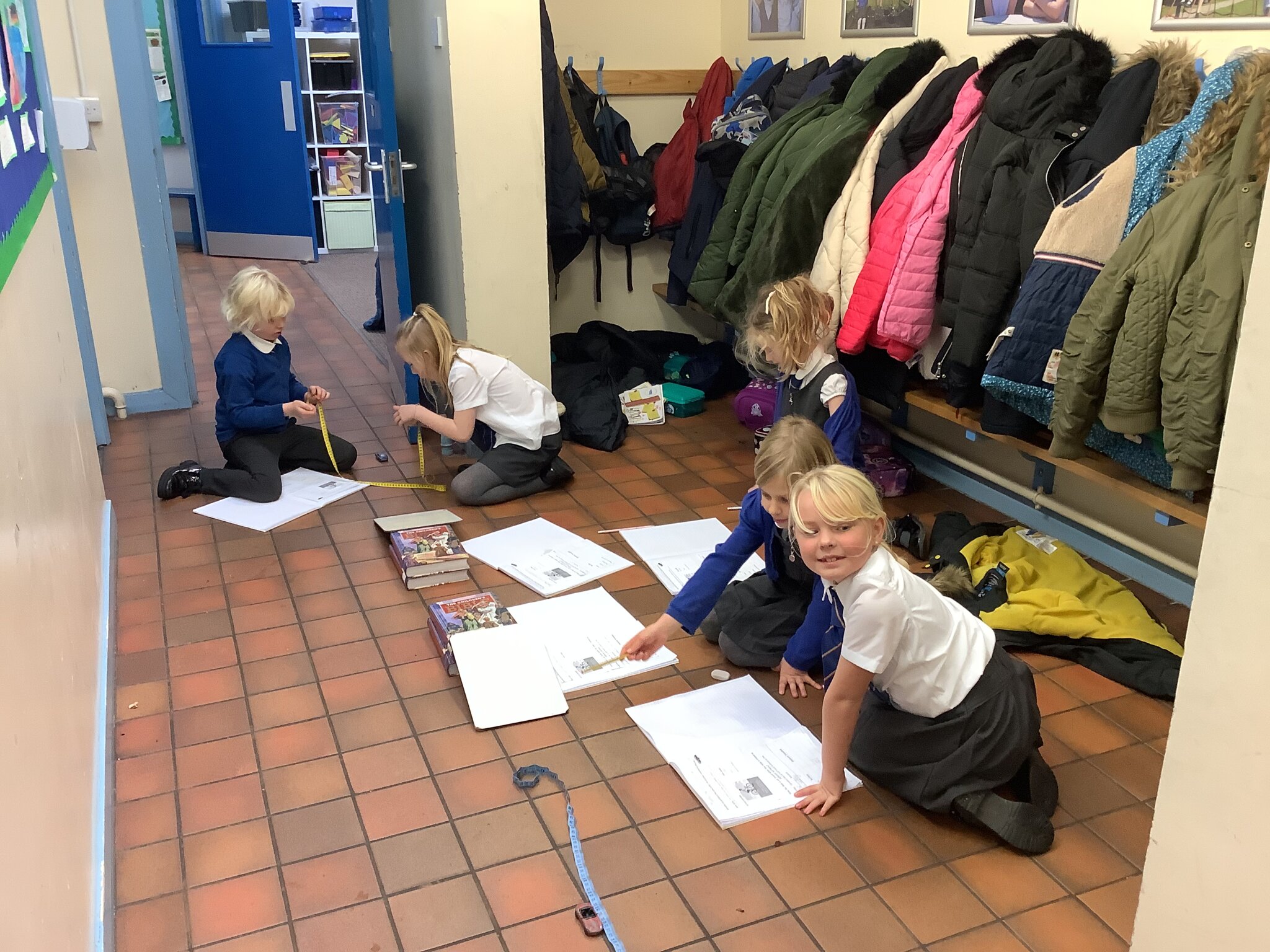
History - Stone Age at Stocks Wood
We visited Stocks Wood Outdoor Centre to learn more about how people lived in the Stone Age. We were hunter gatherers! We used spears to hunt Stone Age animals (not real ones!) and foraged edible foods from the woods. We used charcoal and blackberries to draw and colour animals to replicate the cave paintings from the Stone Age. We made Stone Age tepees using tarps instead of animal skins.
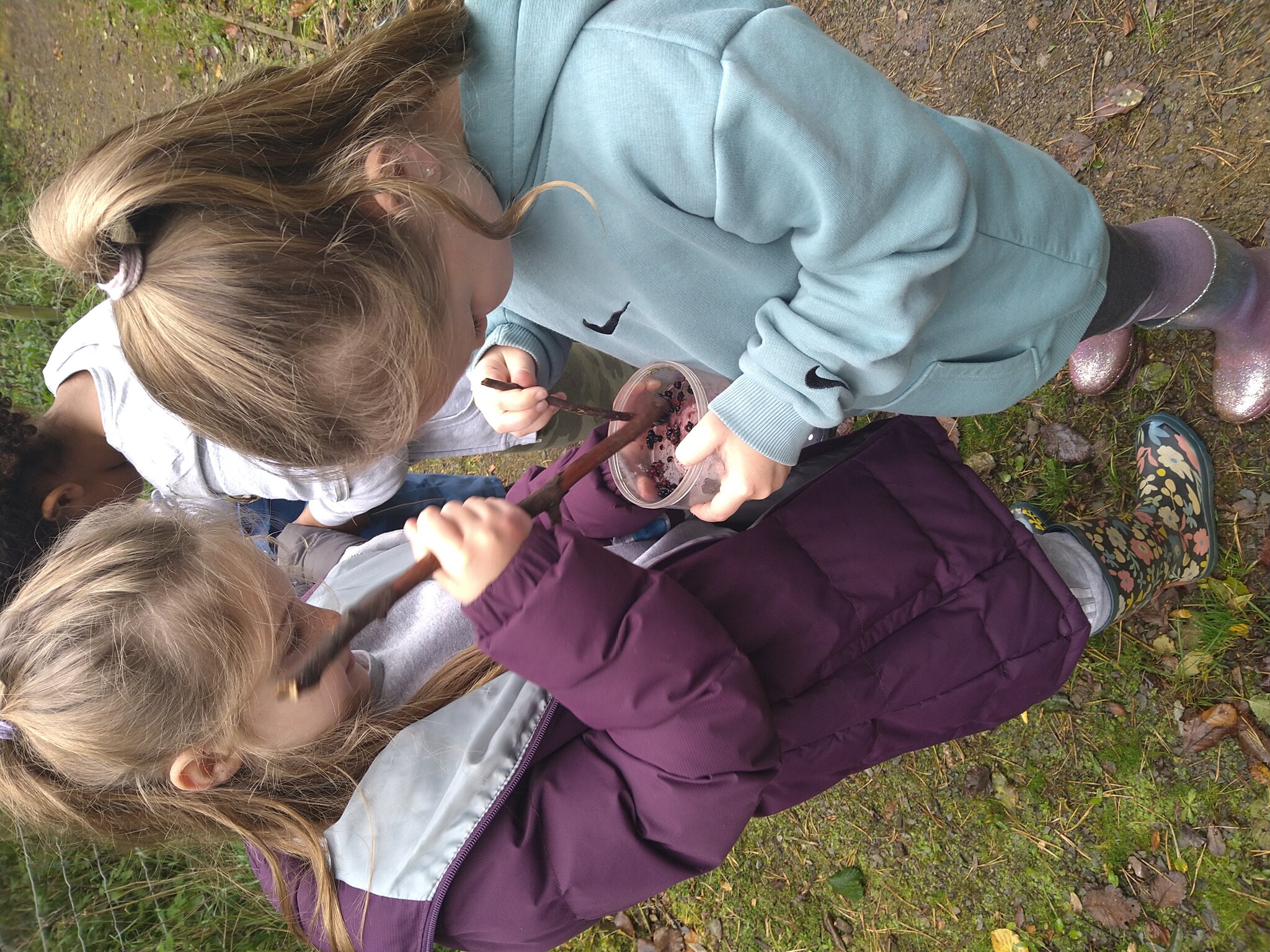
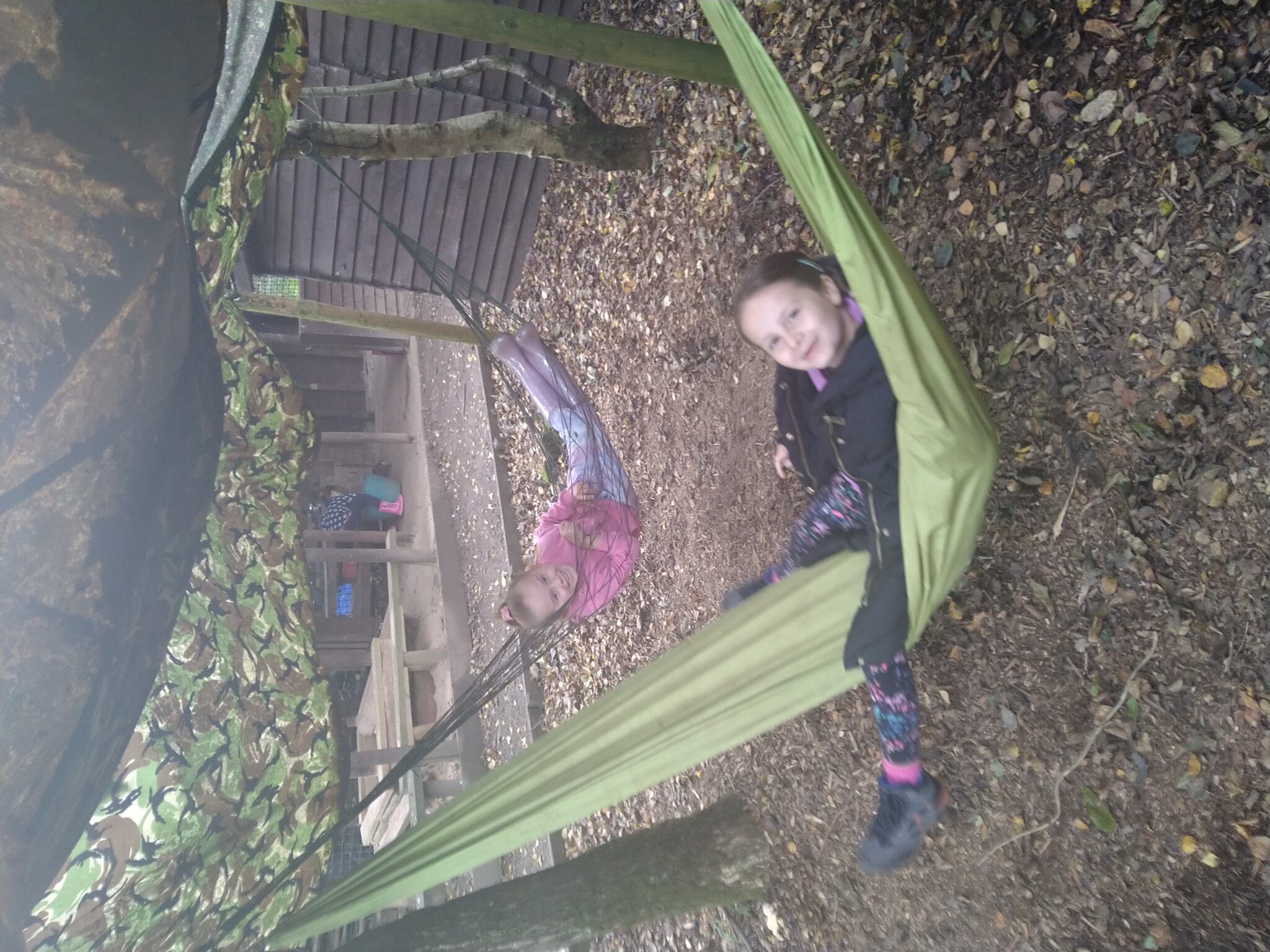
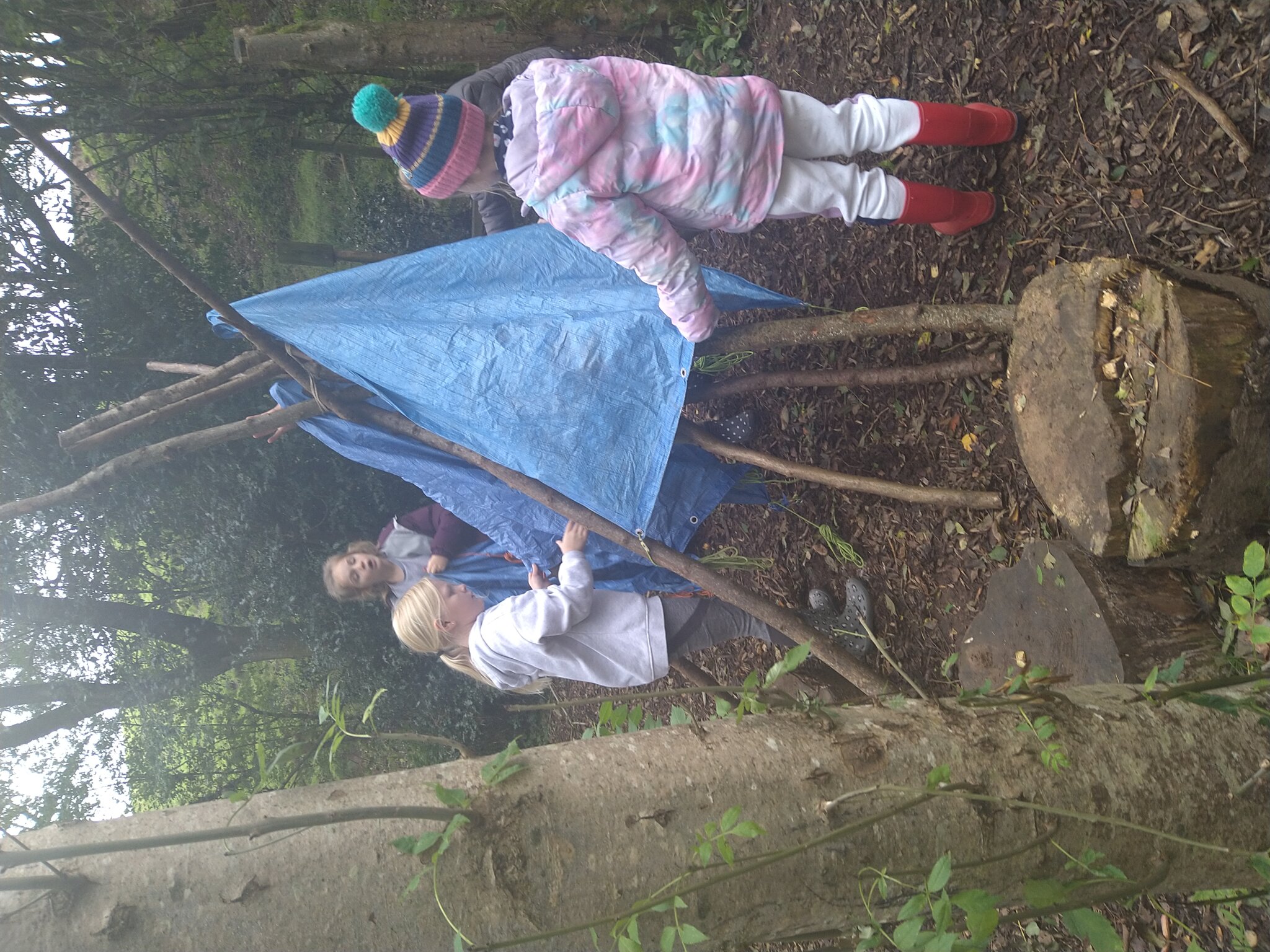
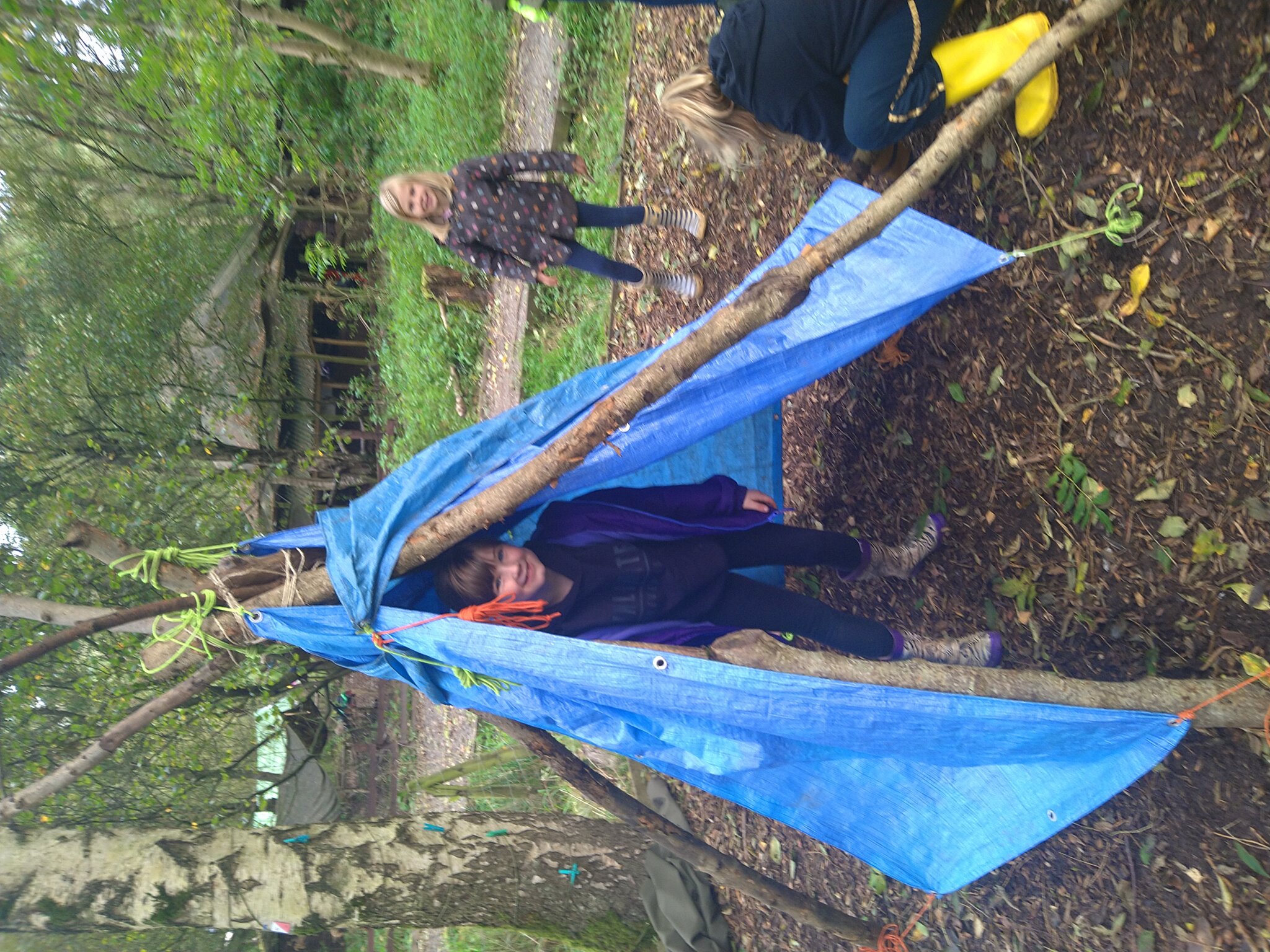
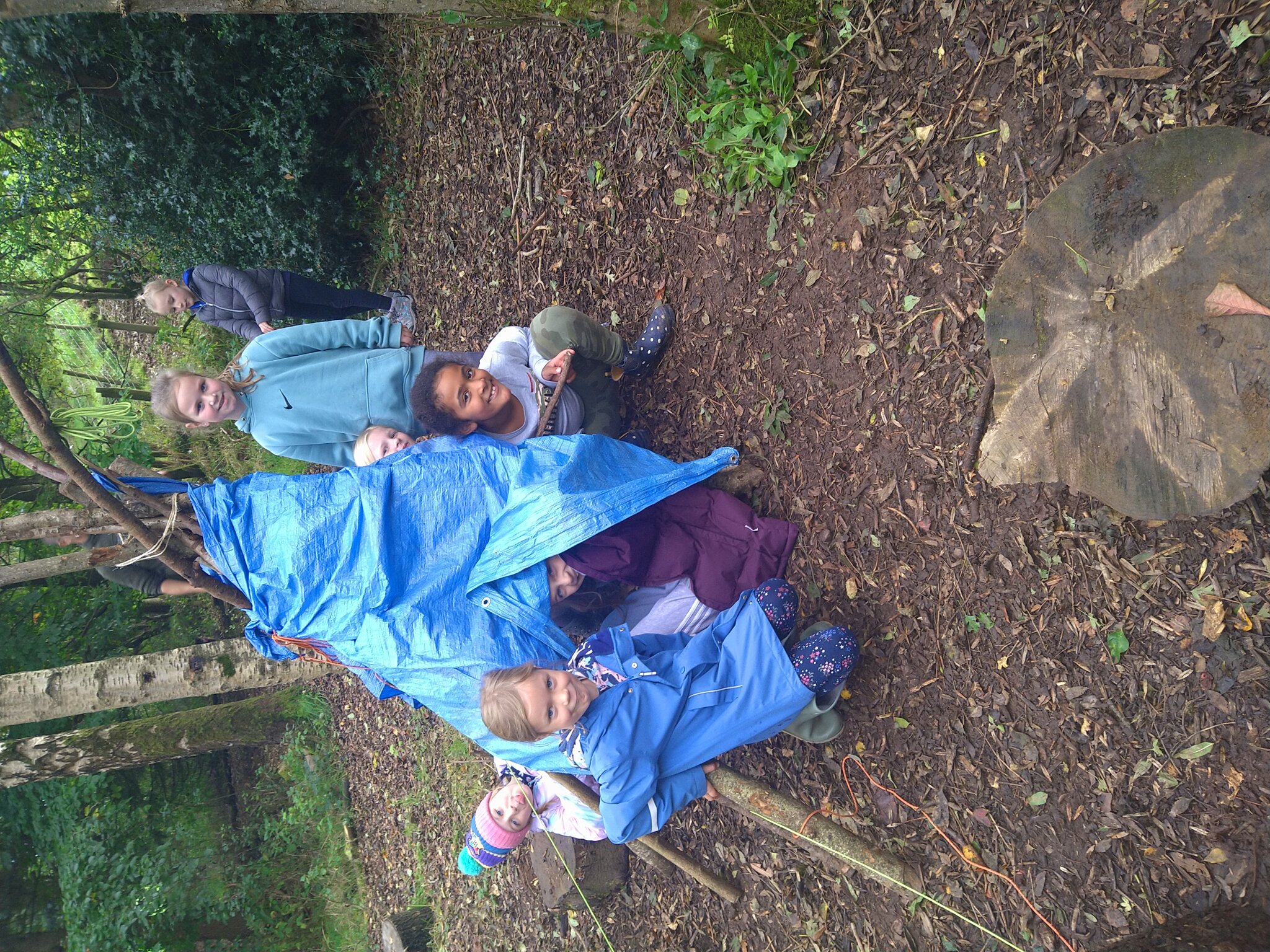
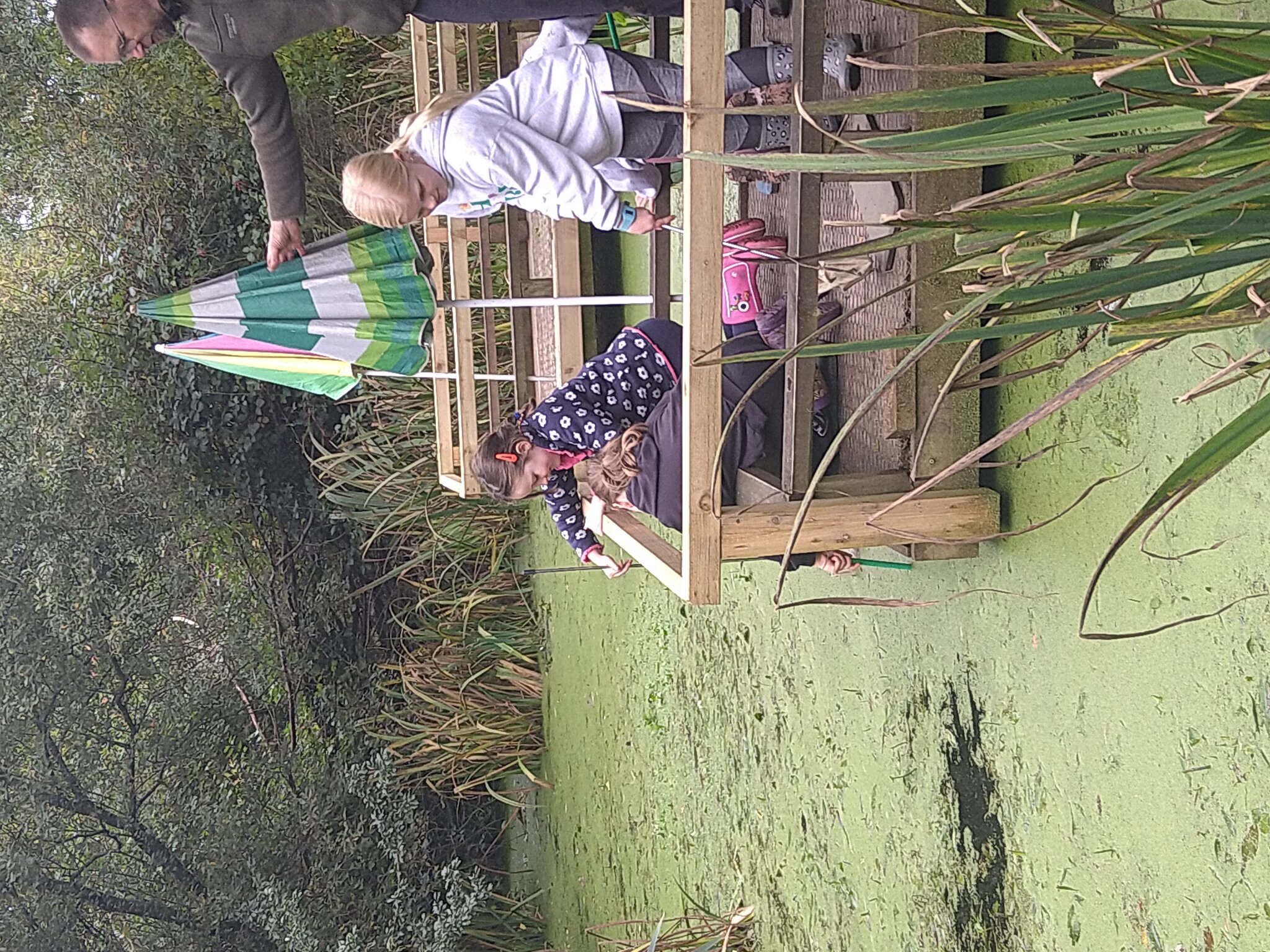
Science - Light and Reflectors
In Science we have been thinking about how we see things. We have carried out lots of investigations to test light sources and reflectors. We enjoyed doing the mirror challenge to see if we could reflect the light onto a target on the opposite side of the paper using mirrors. We even had a visit from Steve who runs Mystery Cycles in Dalston, and is also our school crossing patrol. He told us all about the importance of wearing bright colours and having bike lights and reflectors to keep us safe. We also tested materials to see if they are transparent, translucent or opaque.
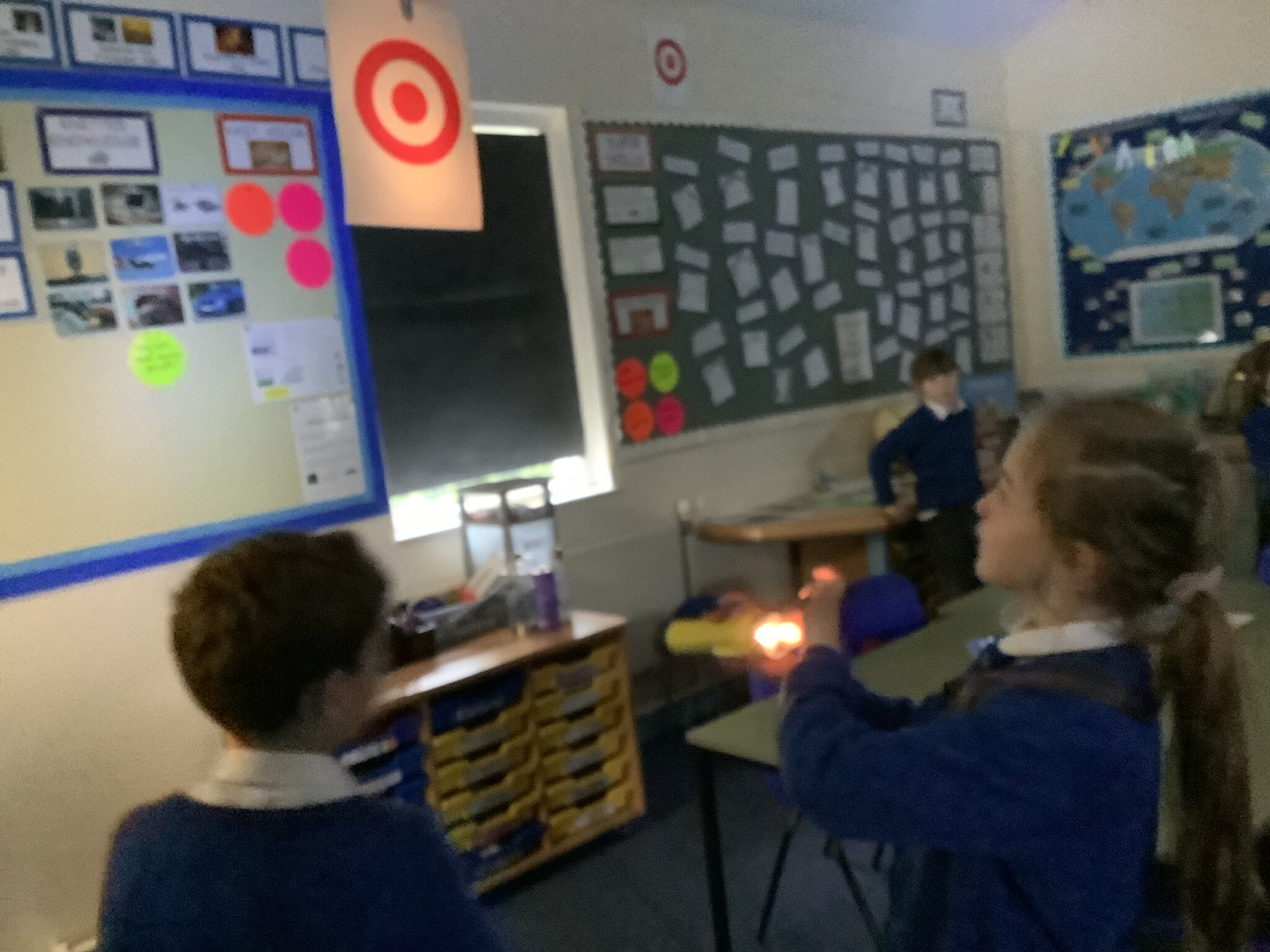
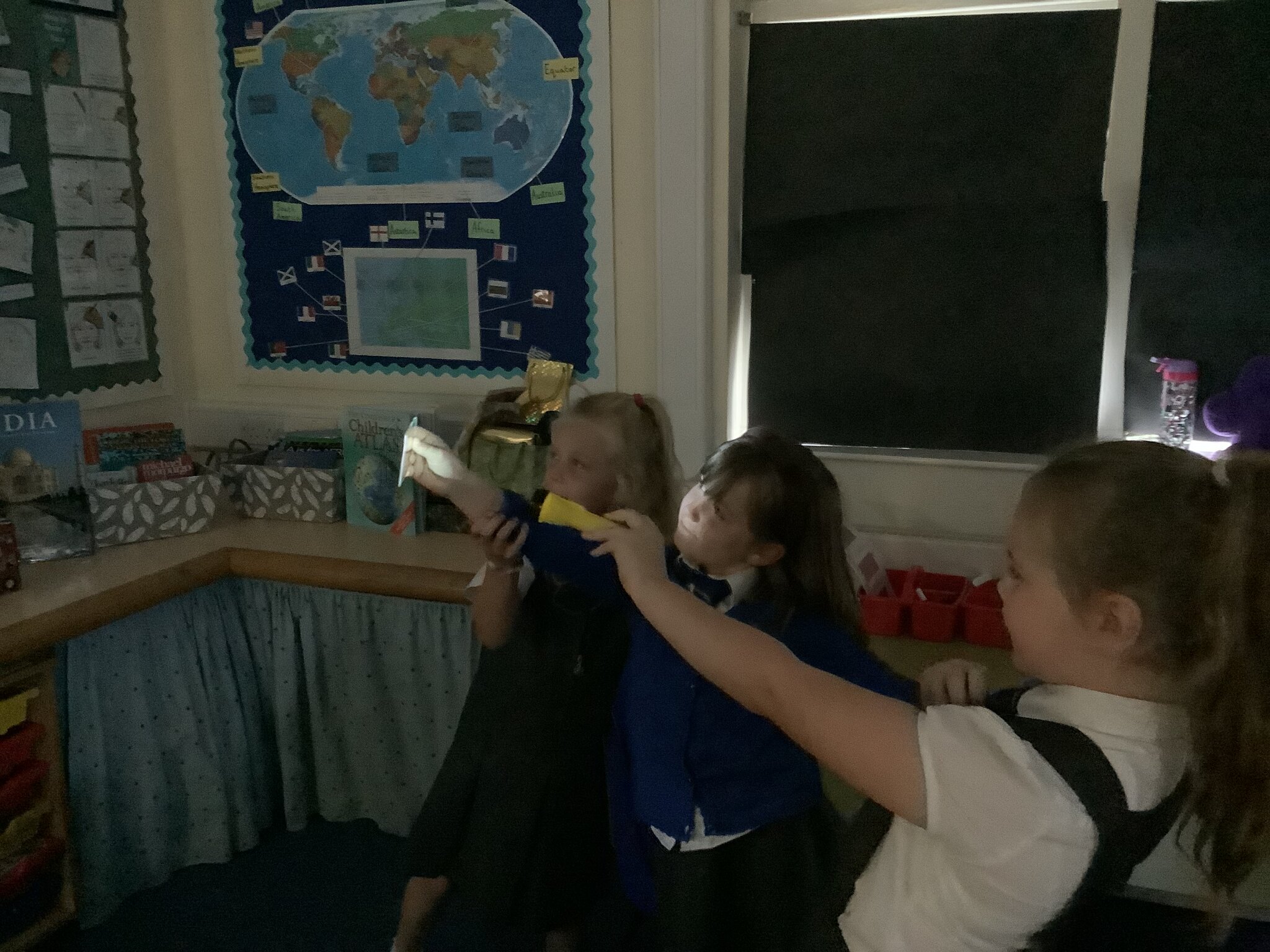
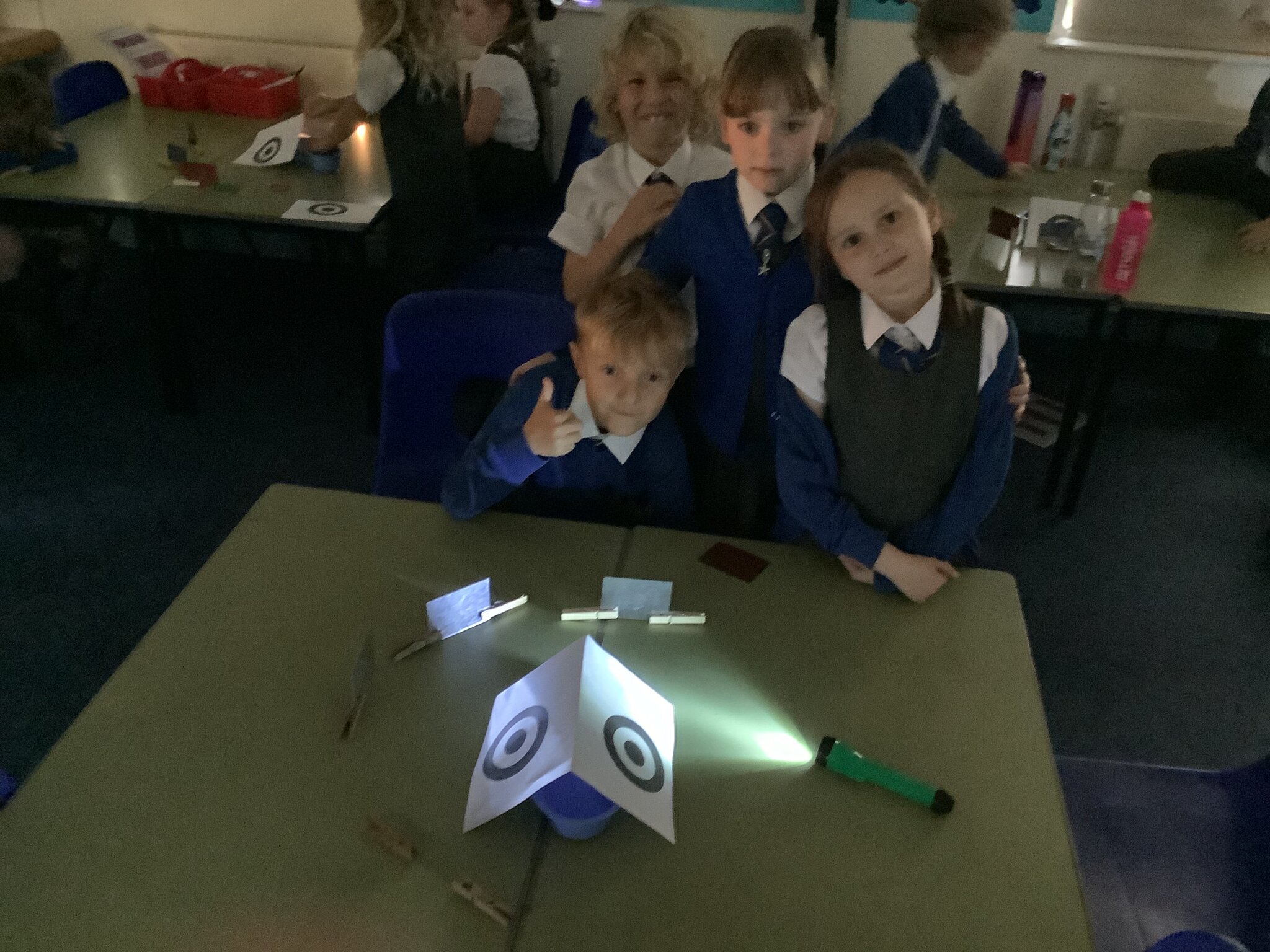
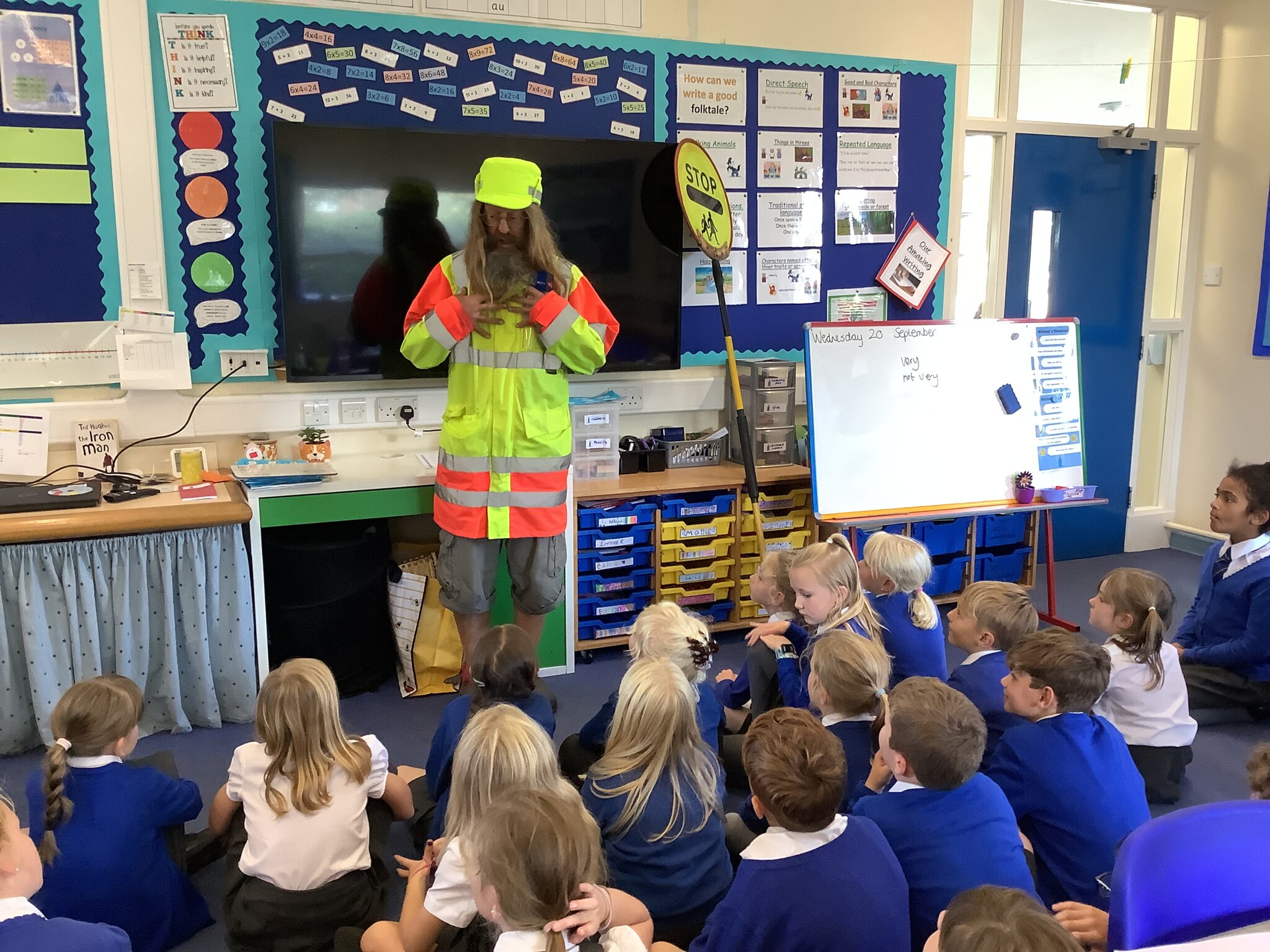
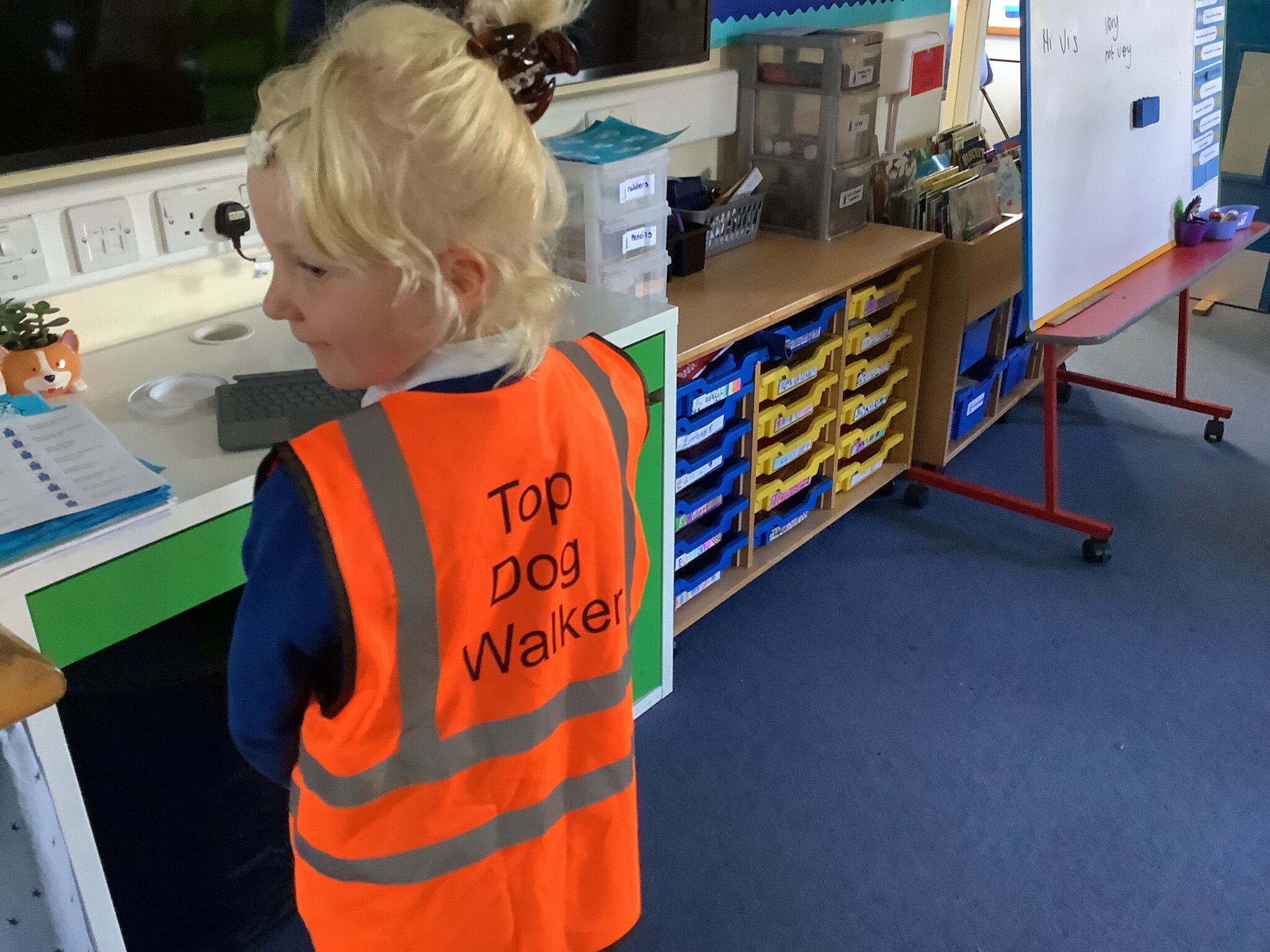
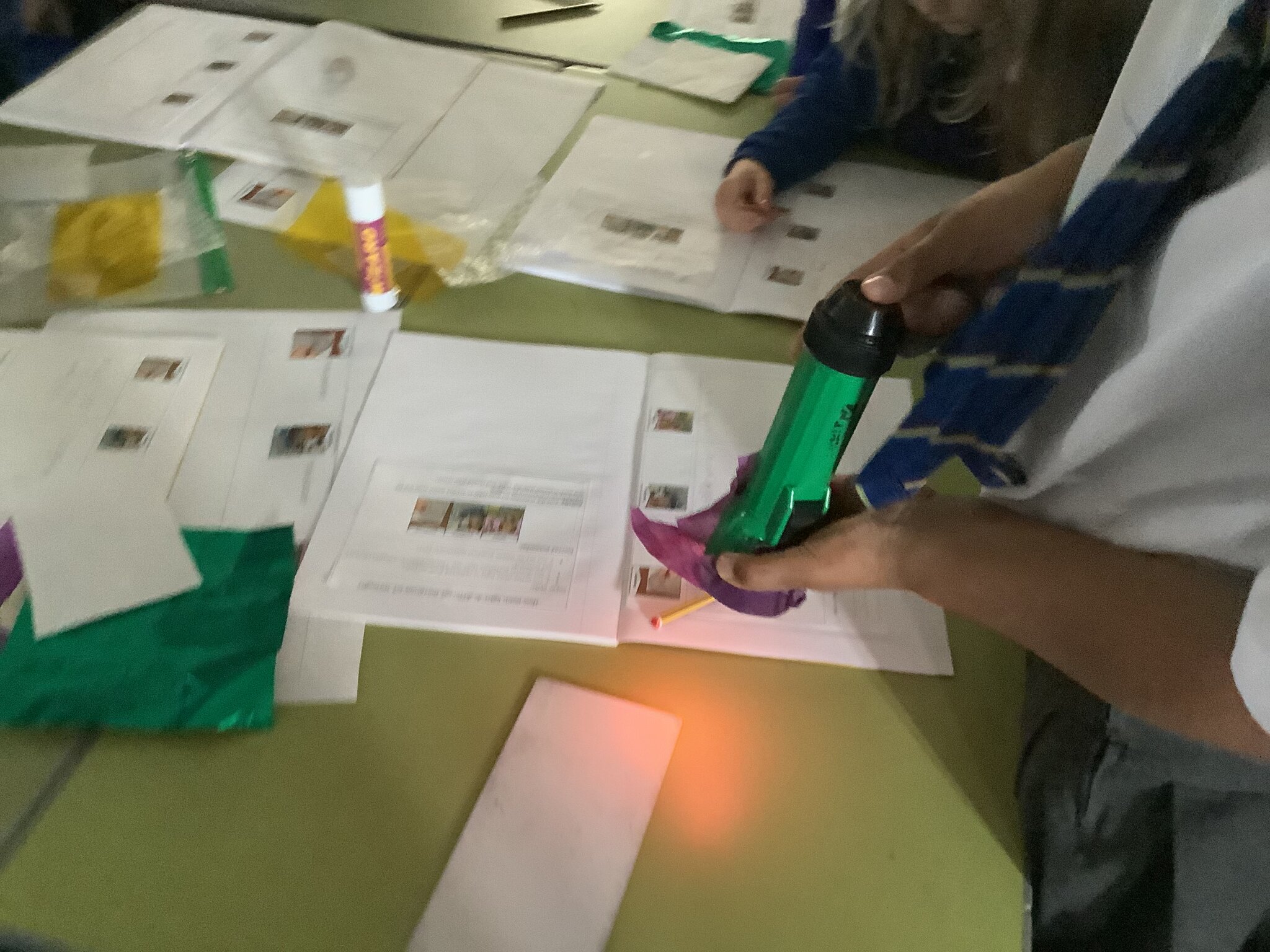
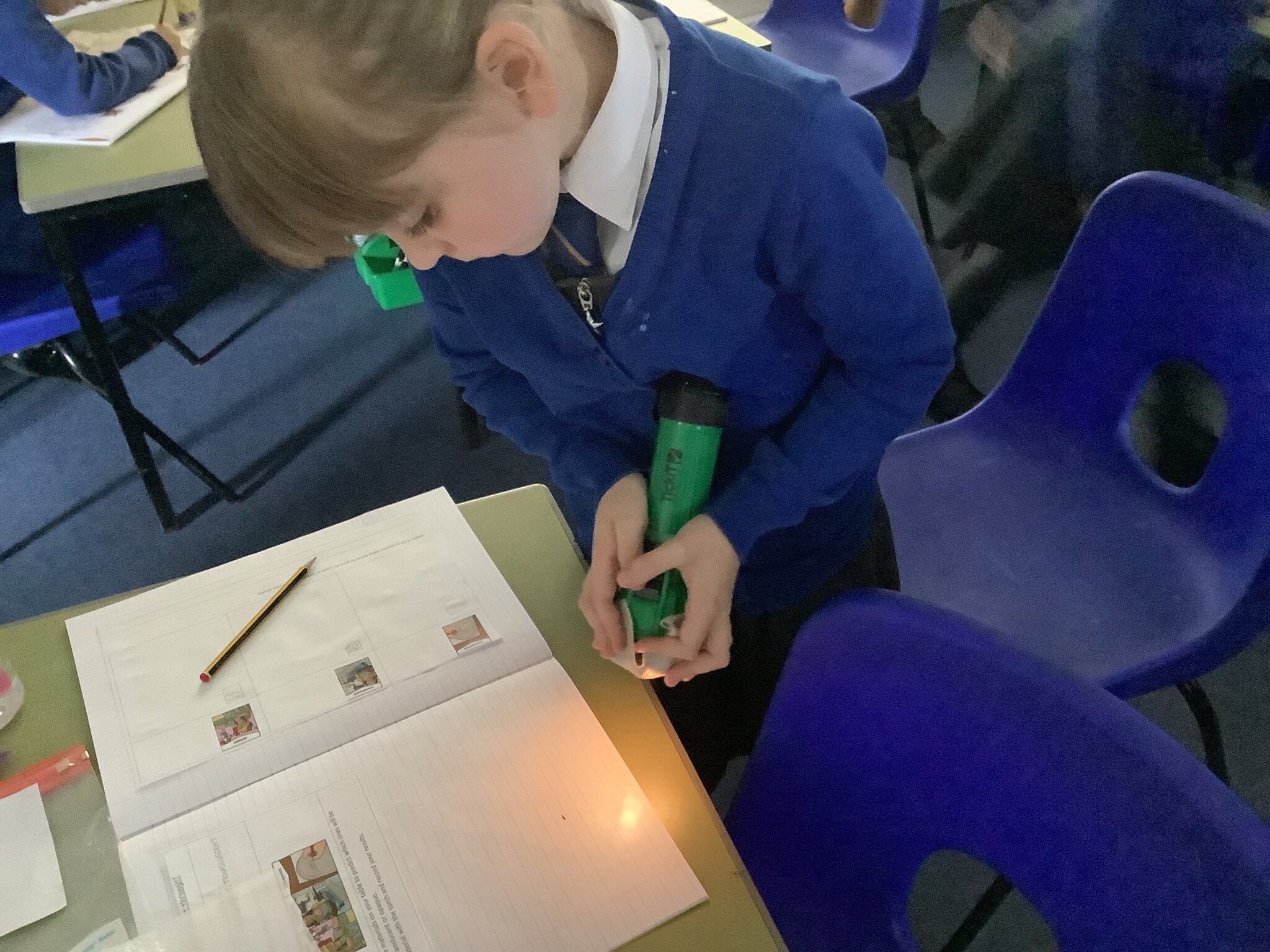
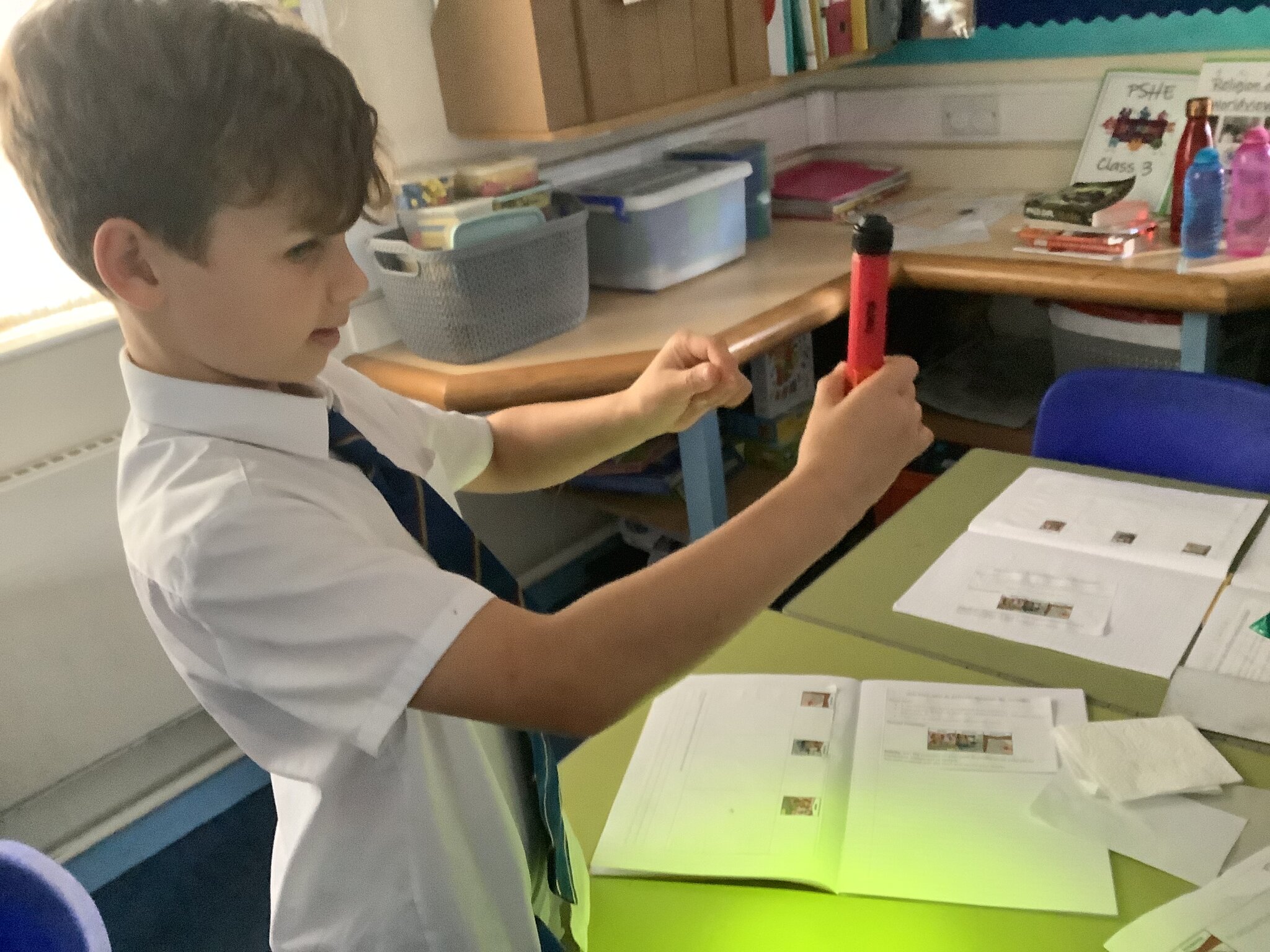
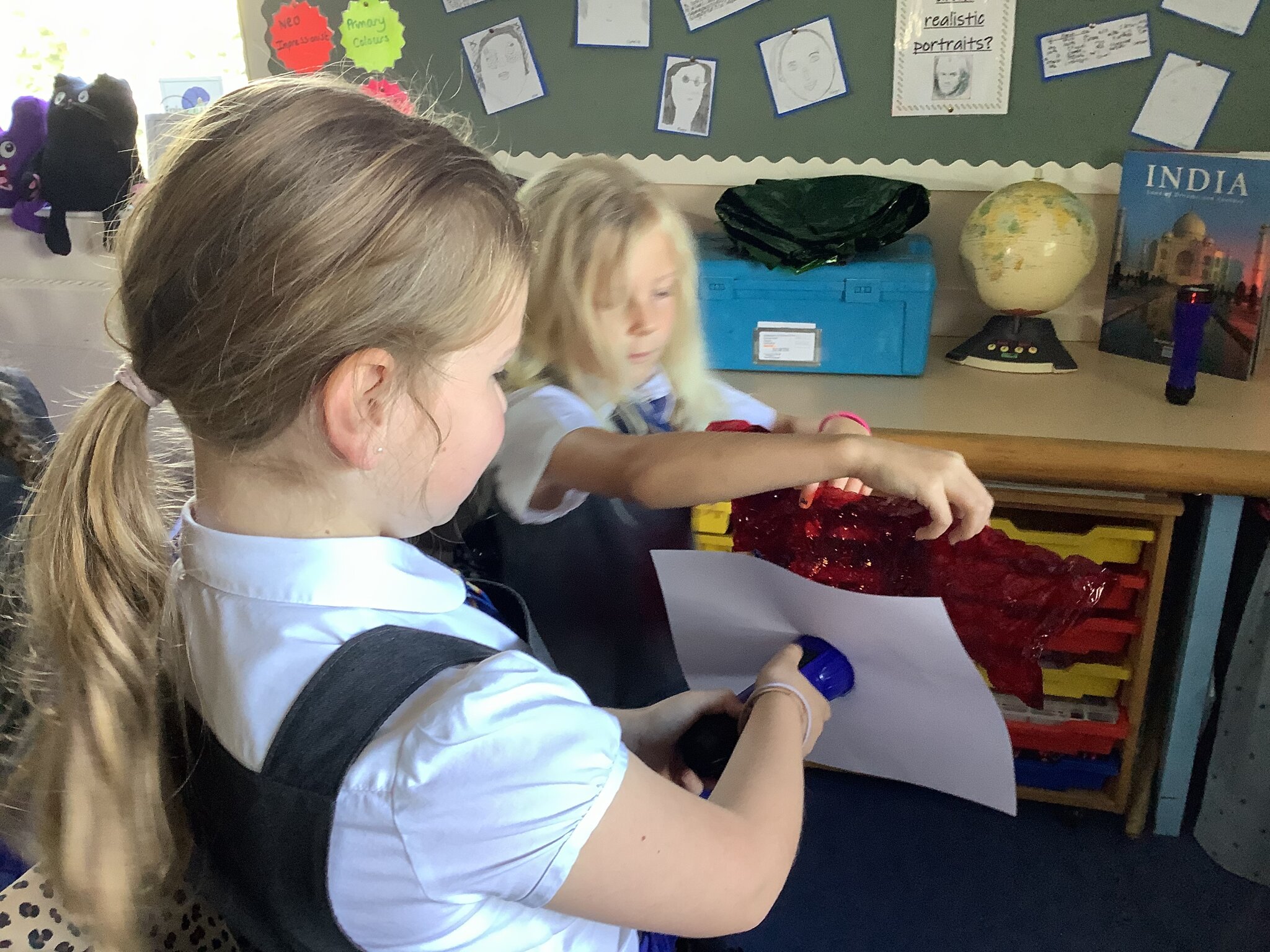
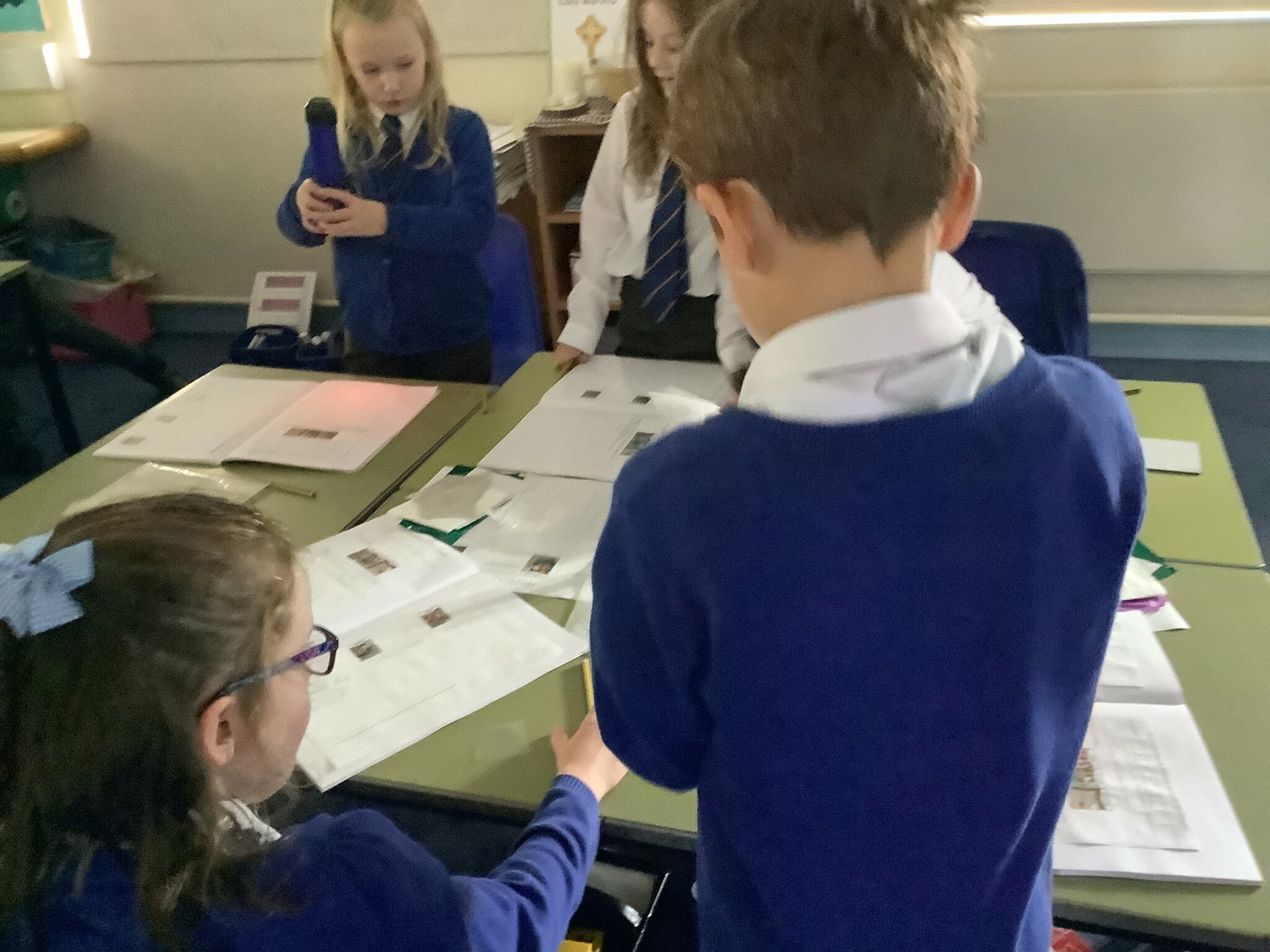
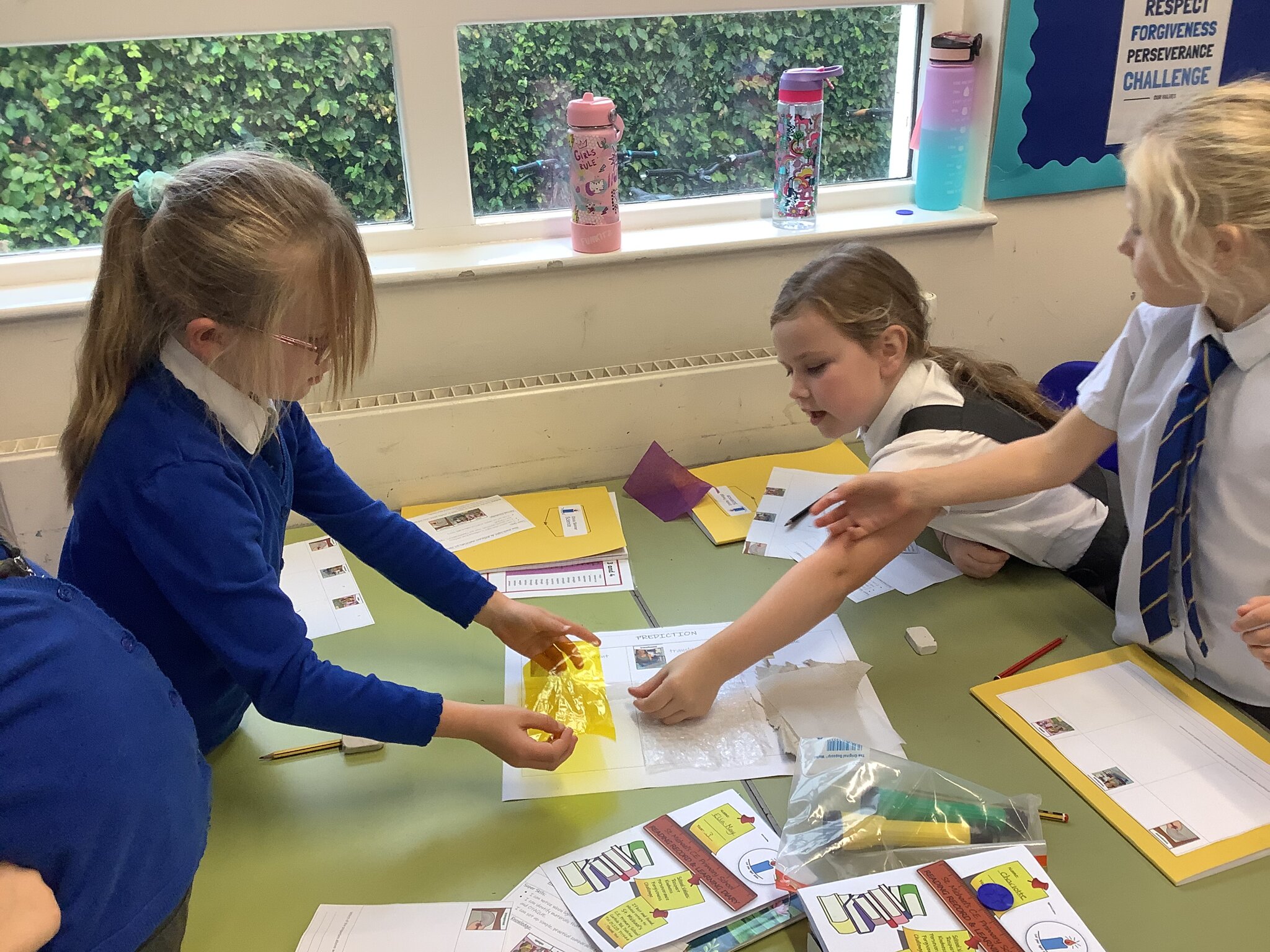
Computing - Digital Devices
Year 3 have had a fantastic start to the year.
In Computing we have been learning about digital devices and what input, process and output means. We had a special show and tell session where we shared some of our toys that were also digital devices. Next lesson we explored how digital devices can help us. We painted Van Gogh's 'Starry Night' using real paint and brushes, and also recreated it using a computer programme. We found there were lots of advantages and disadvantages to both methods.
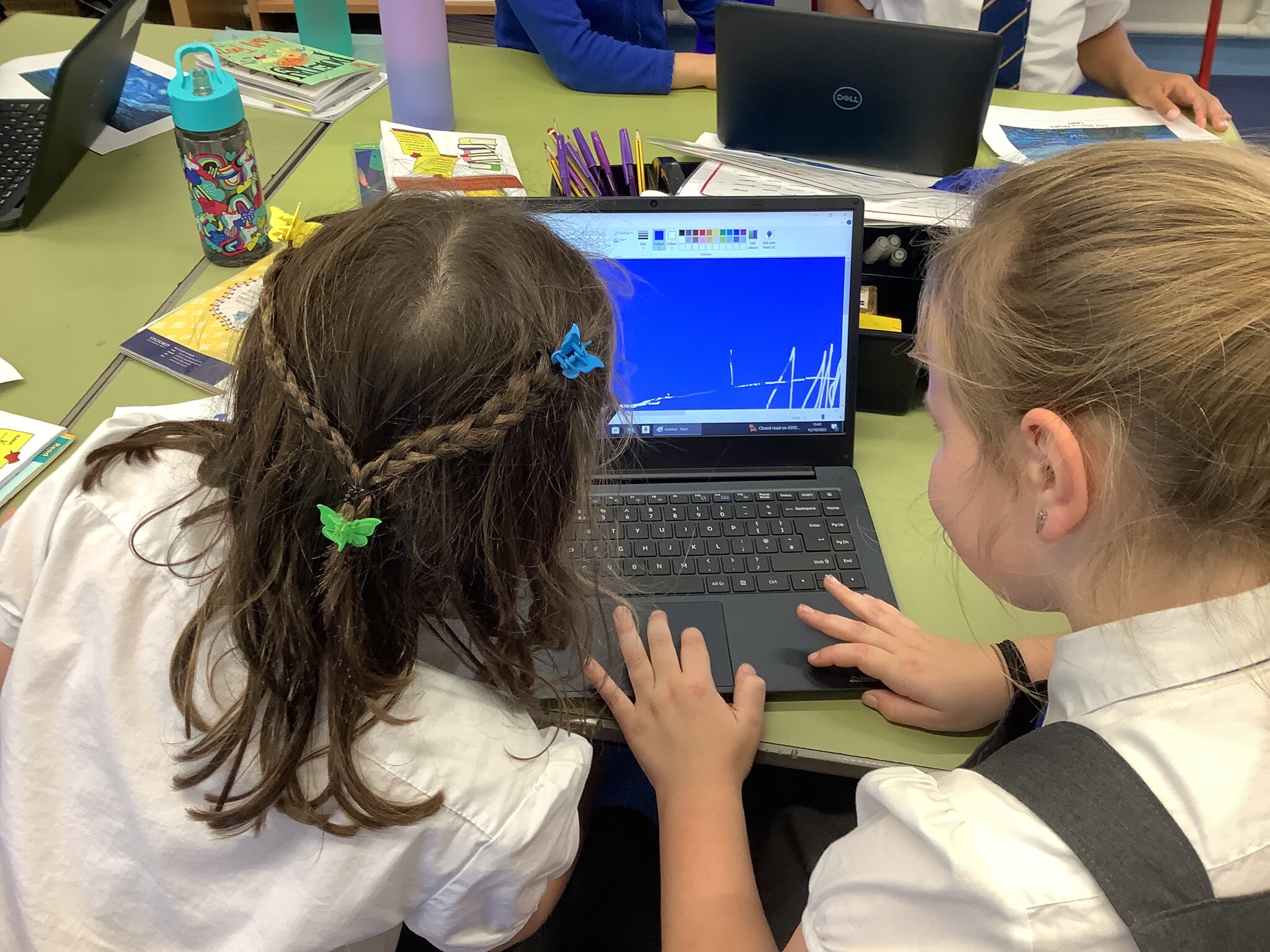

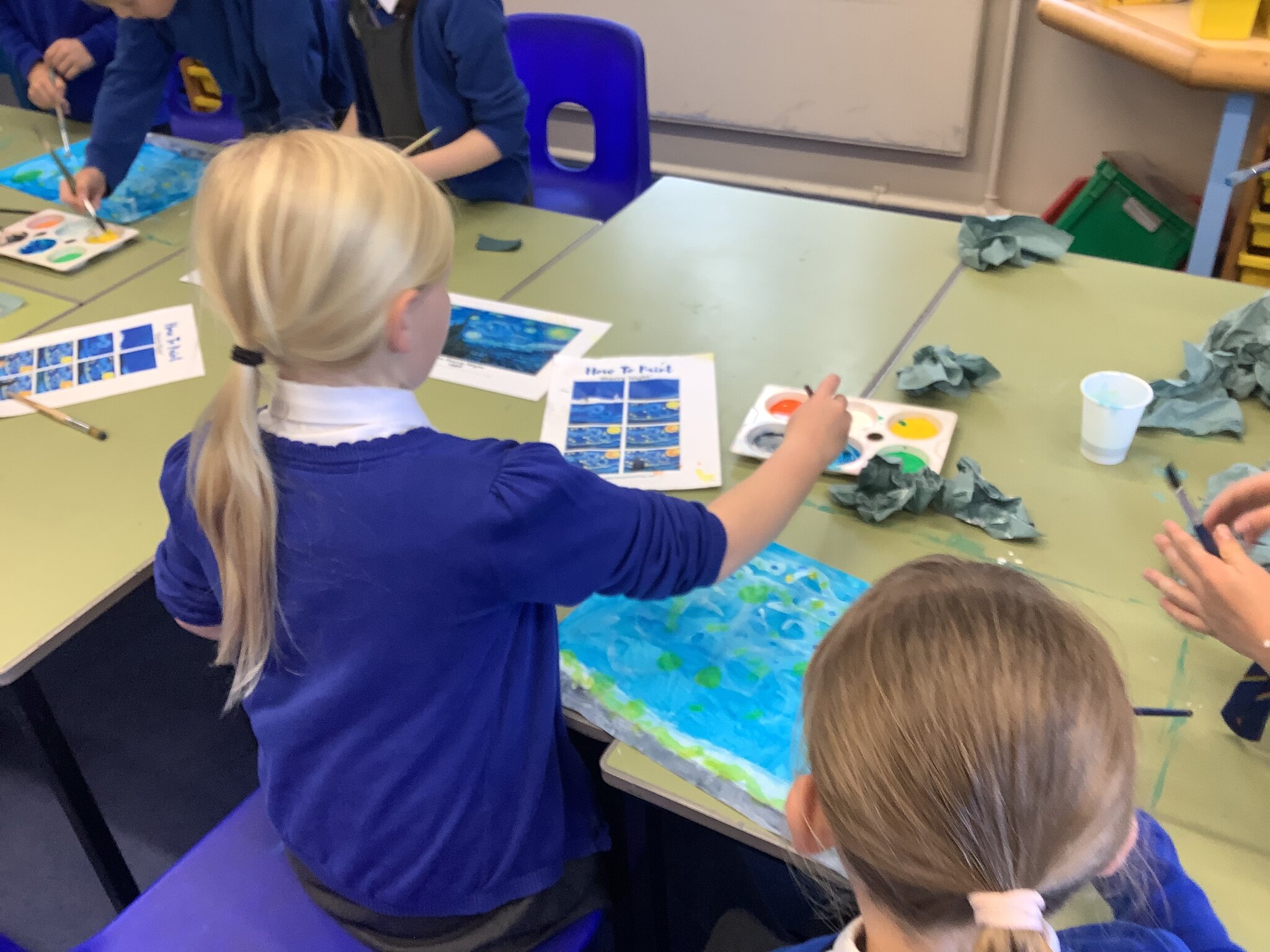
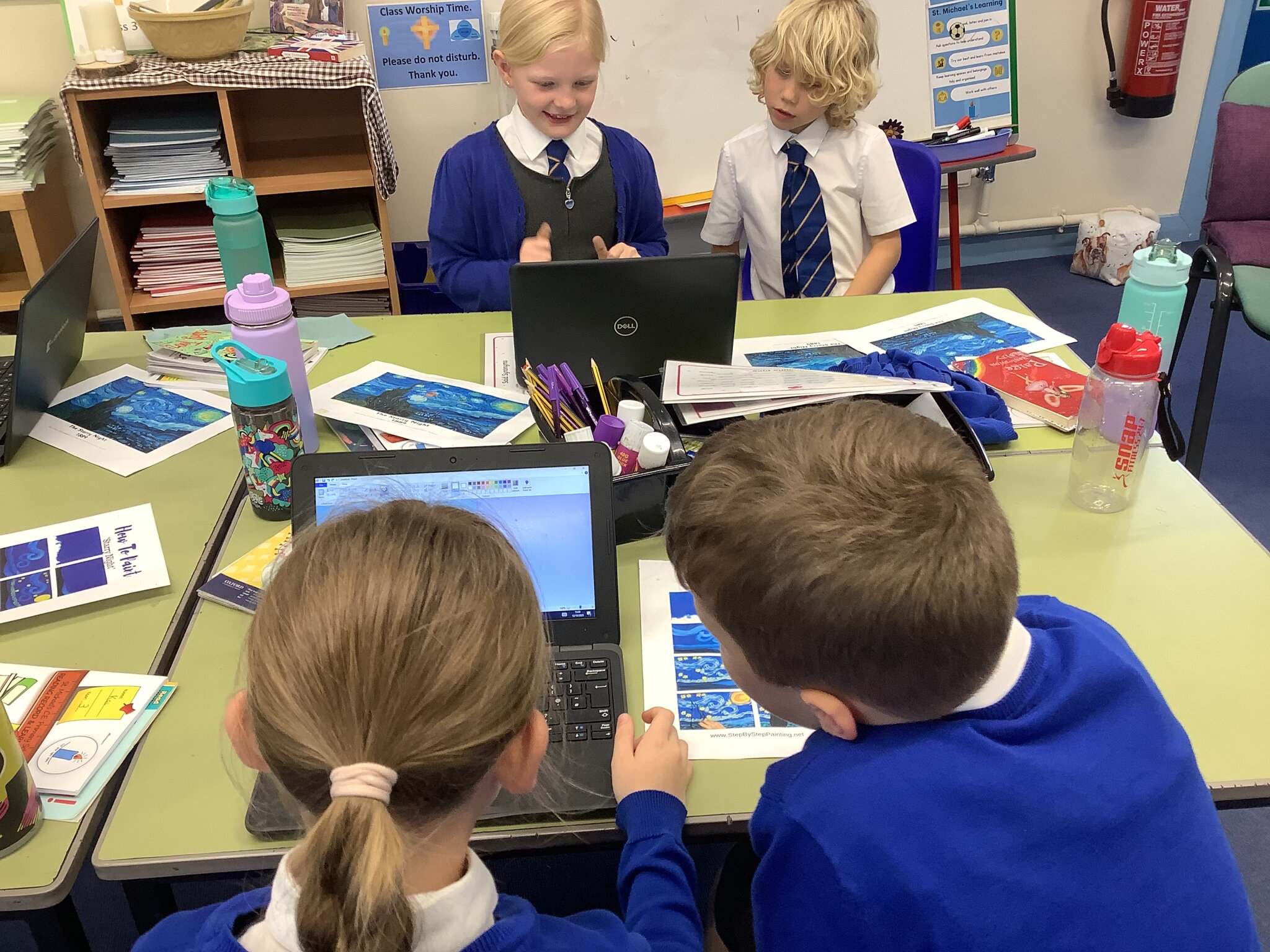
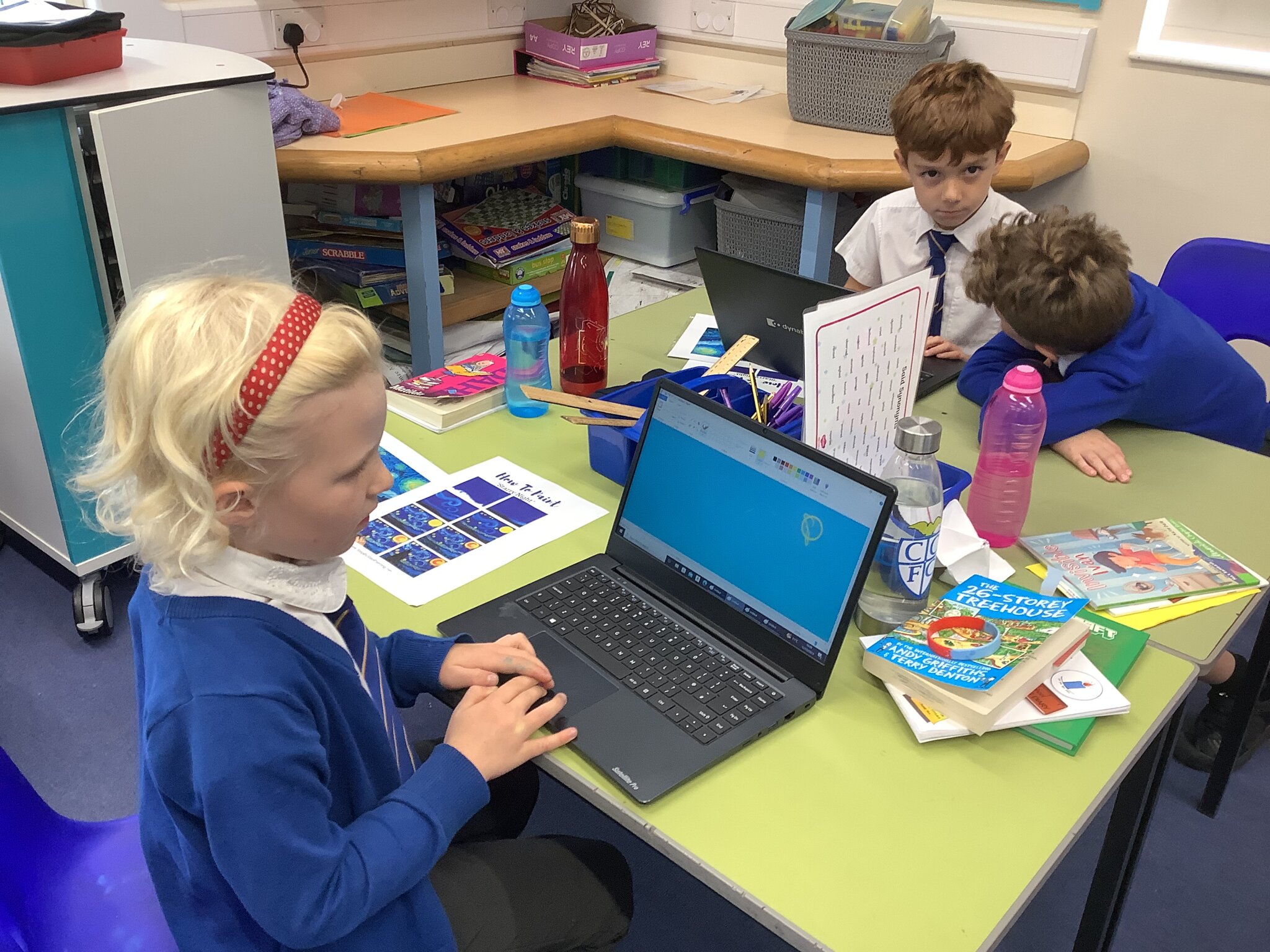
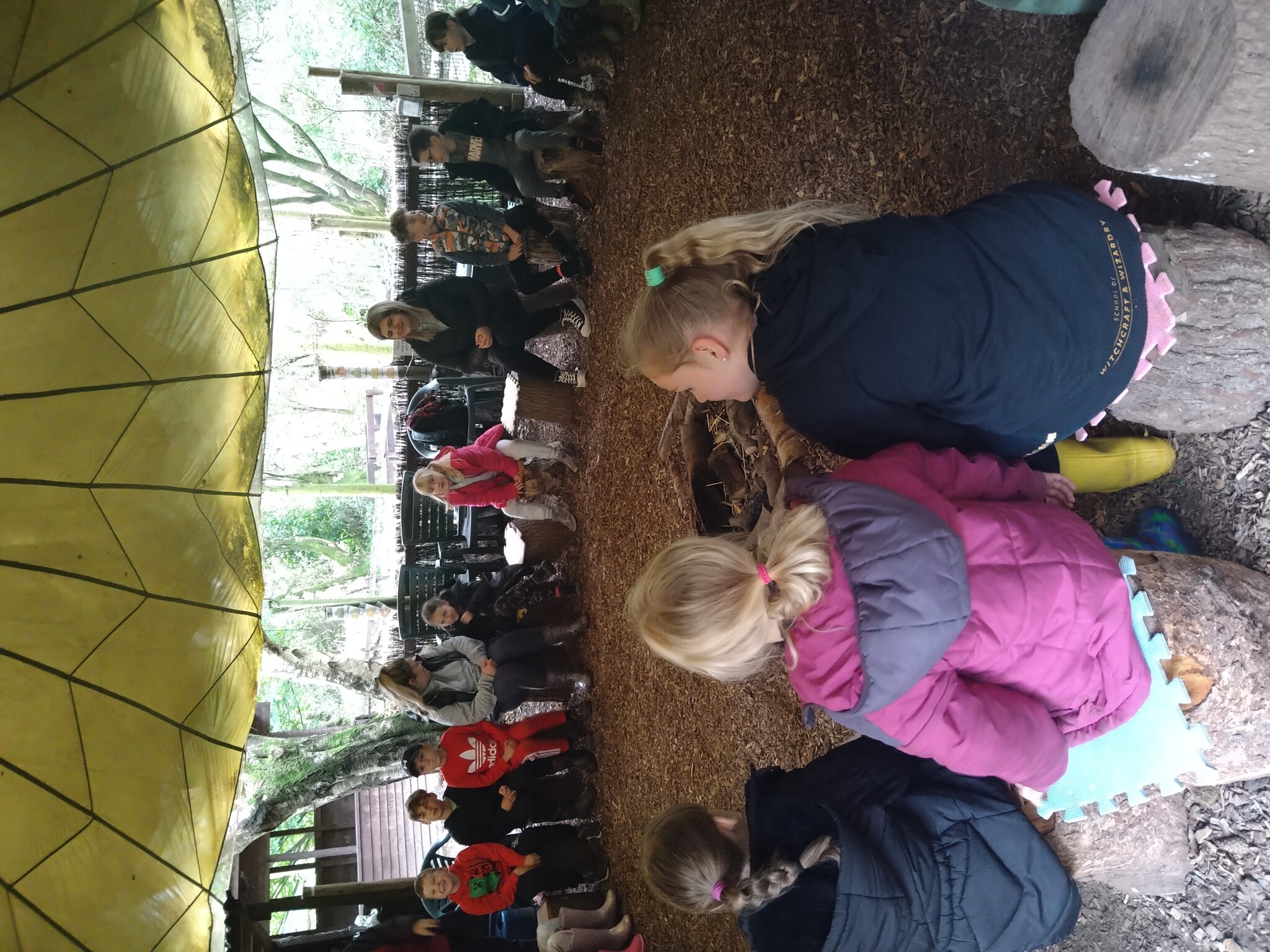
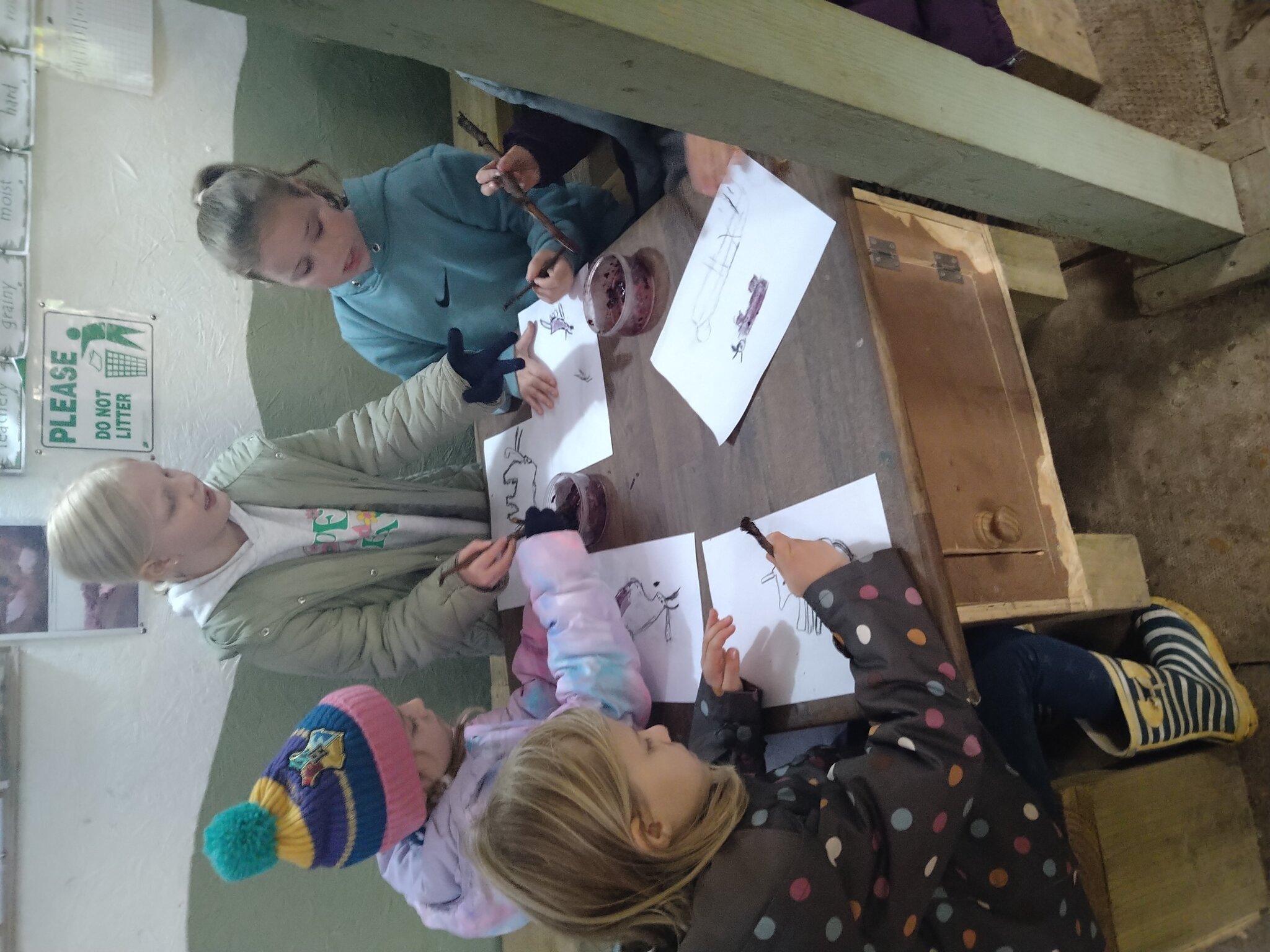
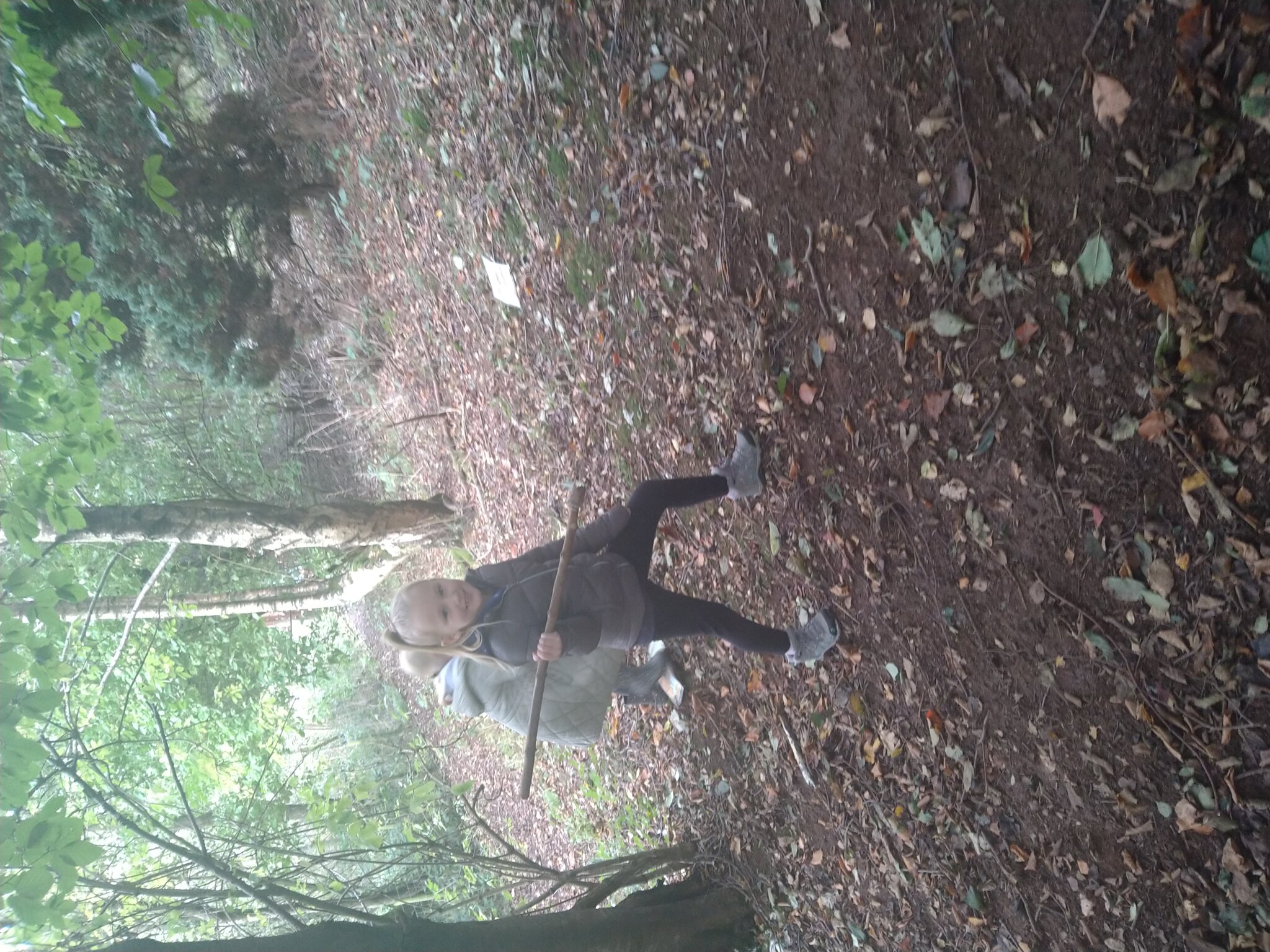
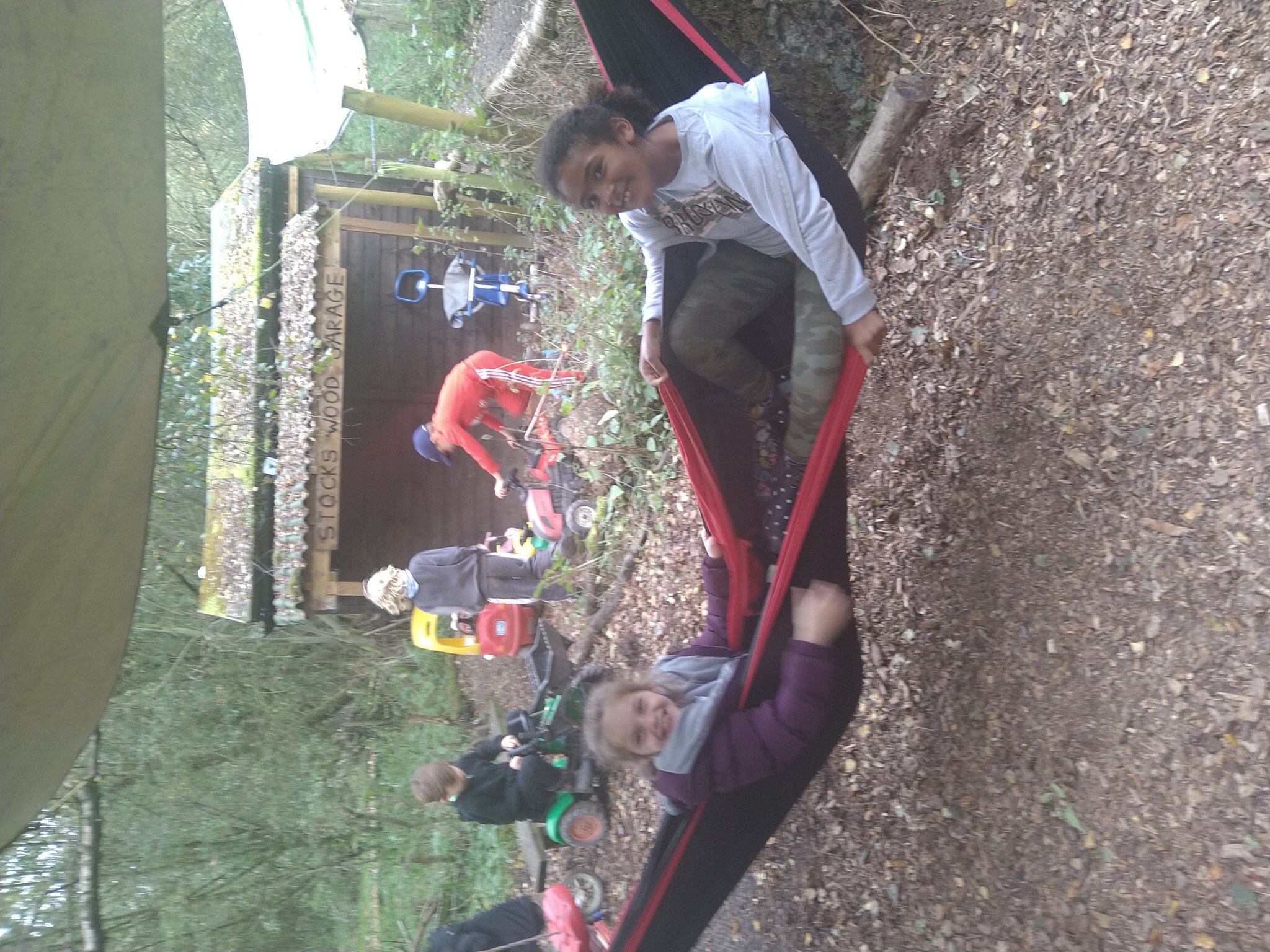
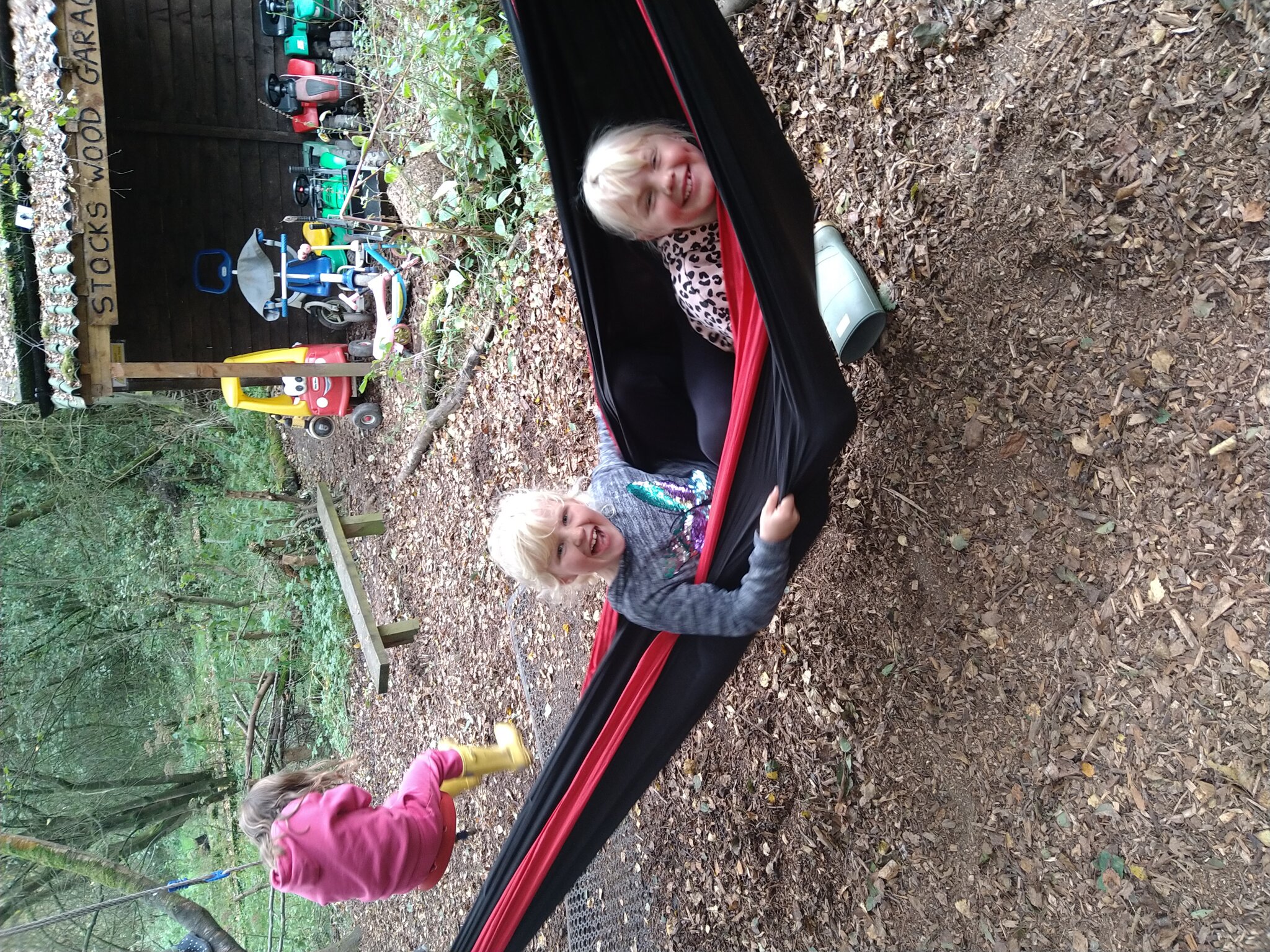
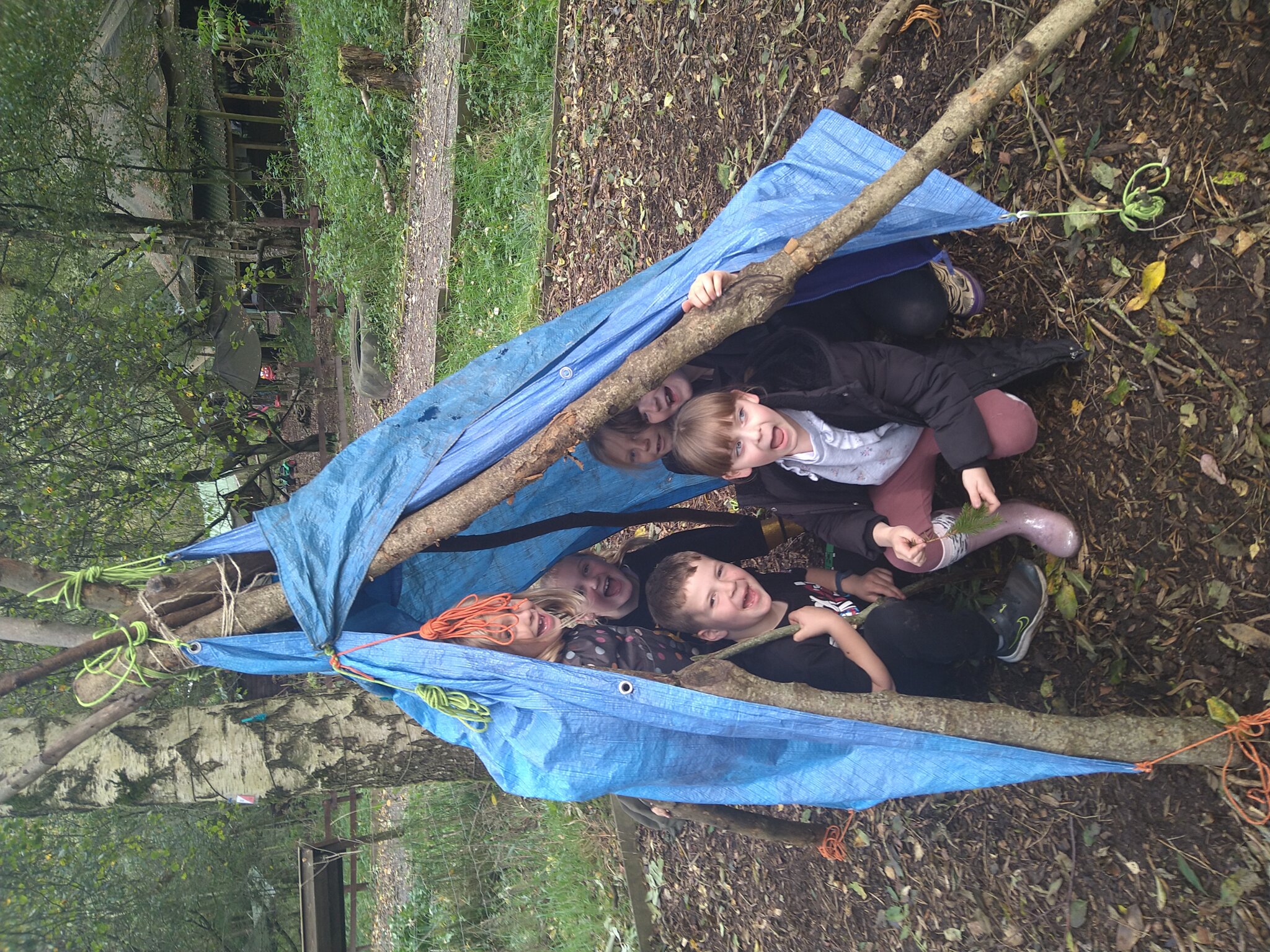
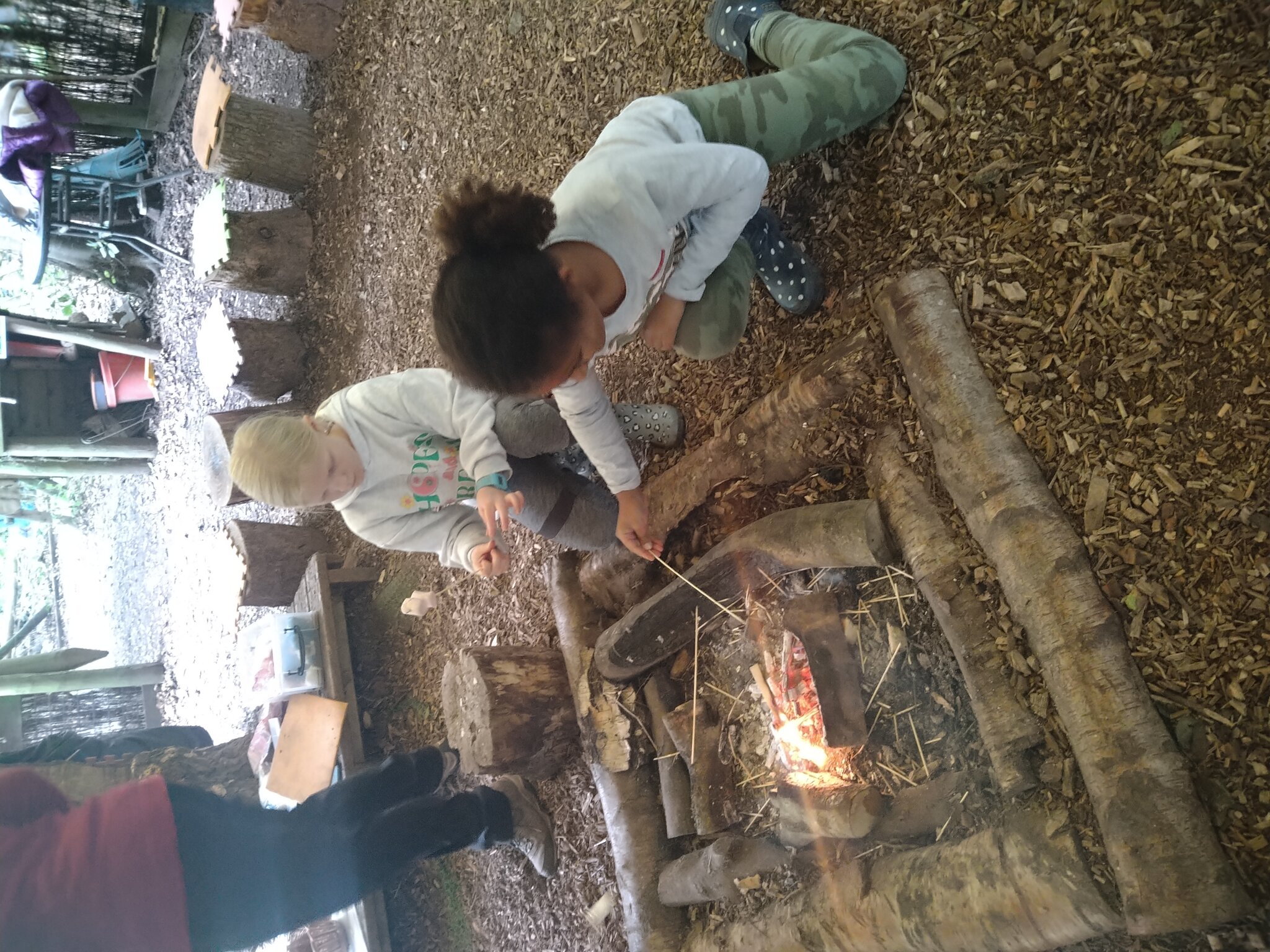
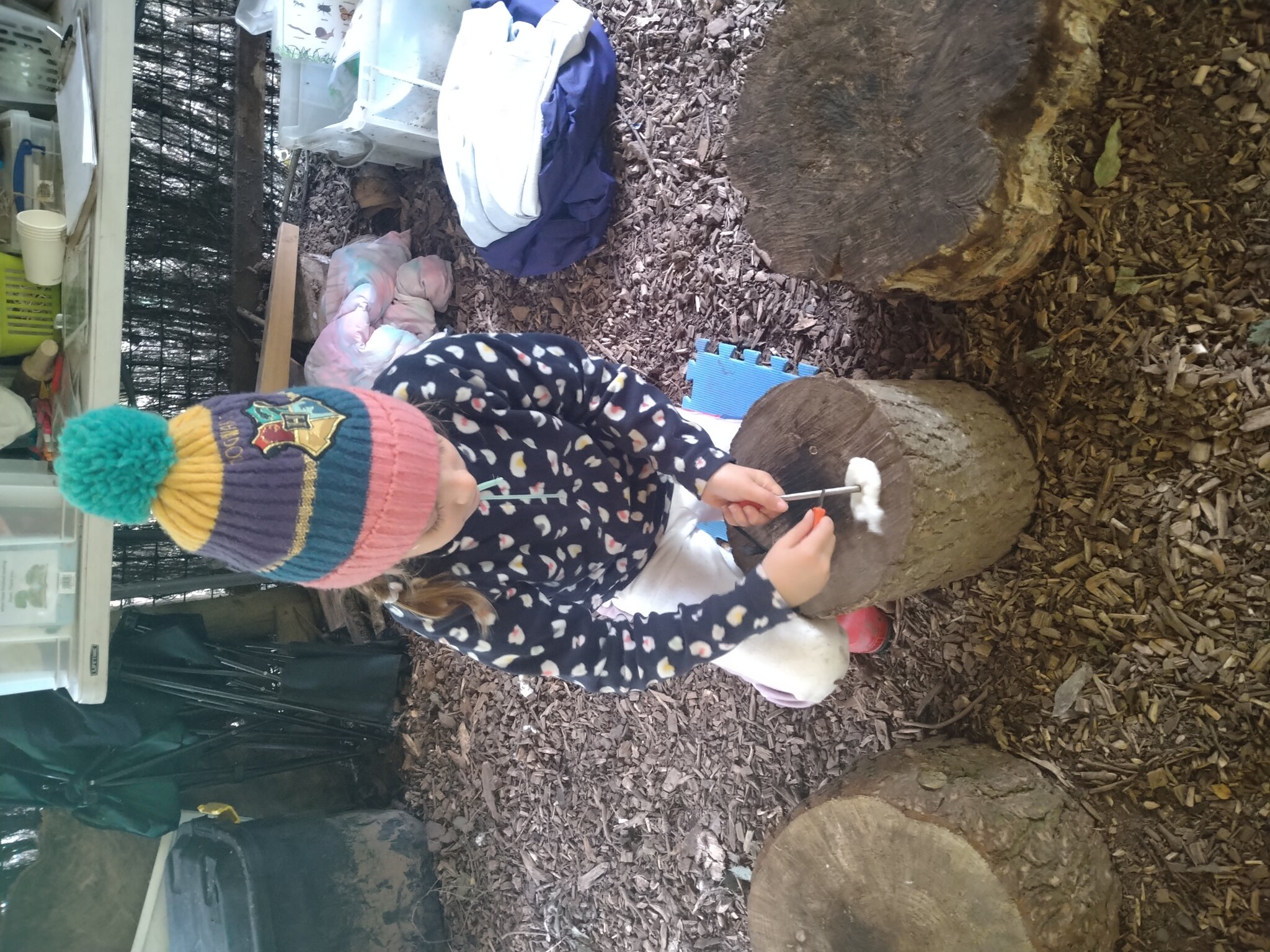
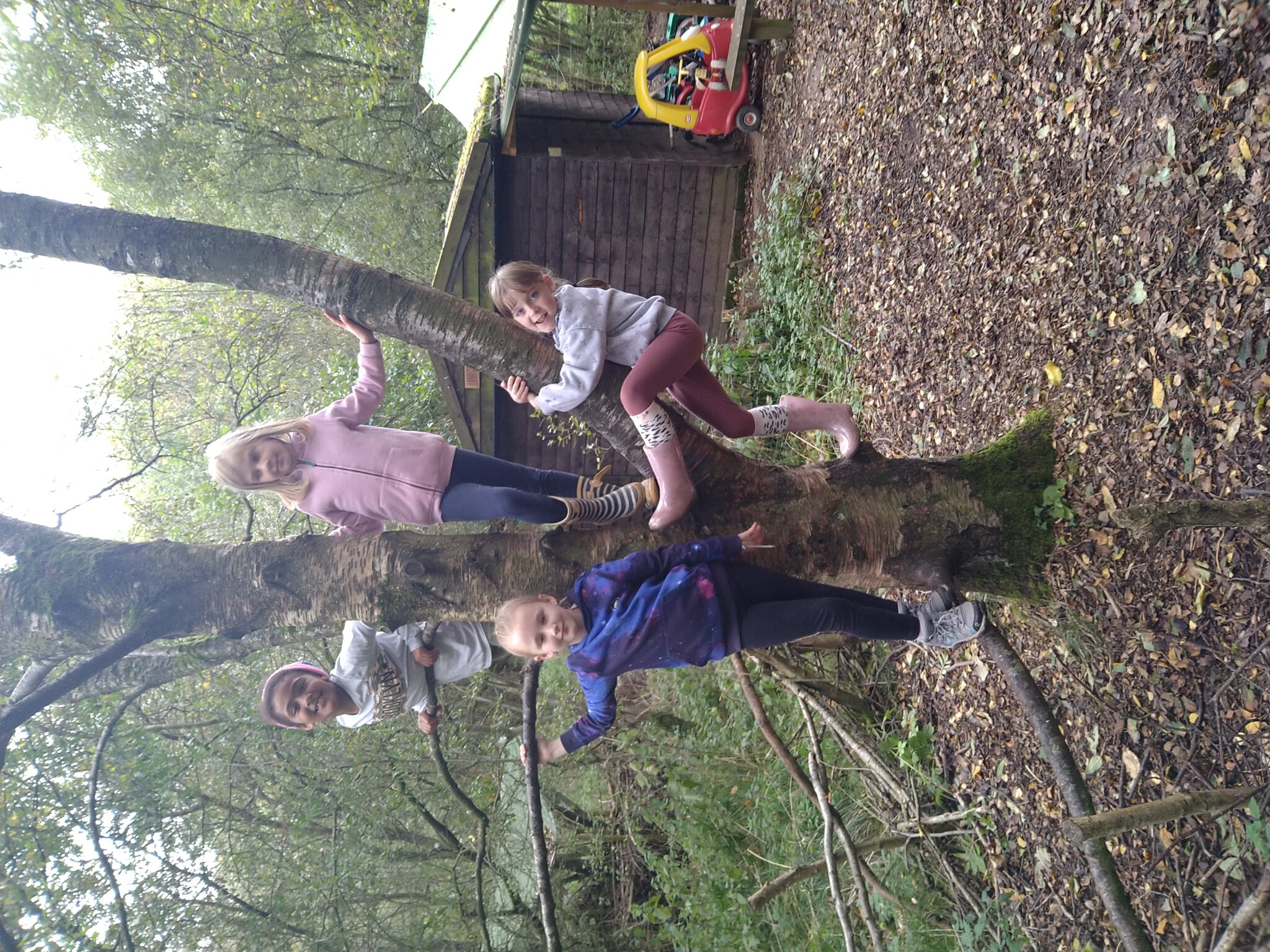
.png)
